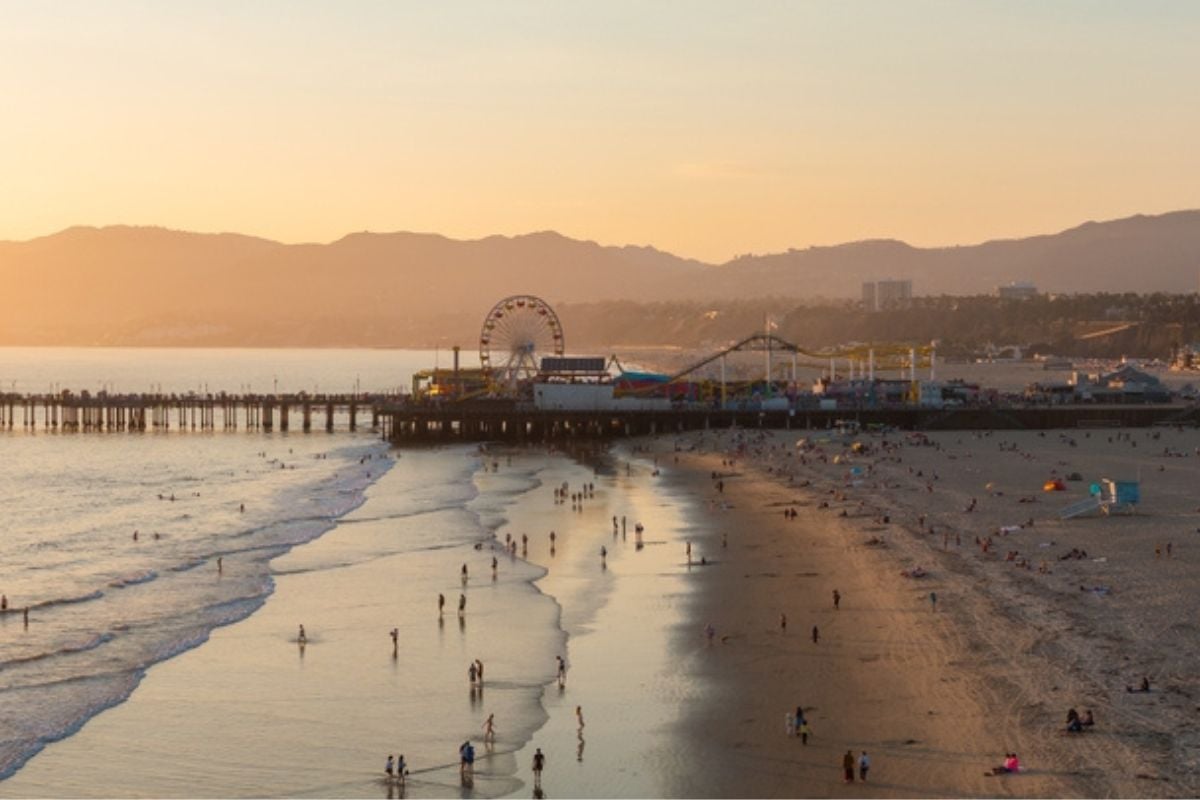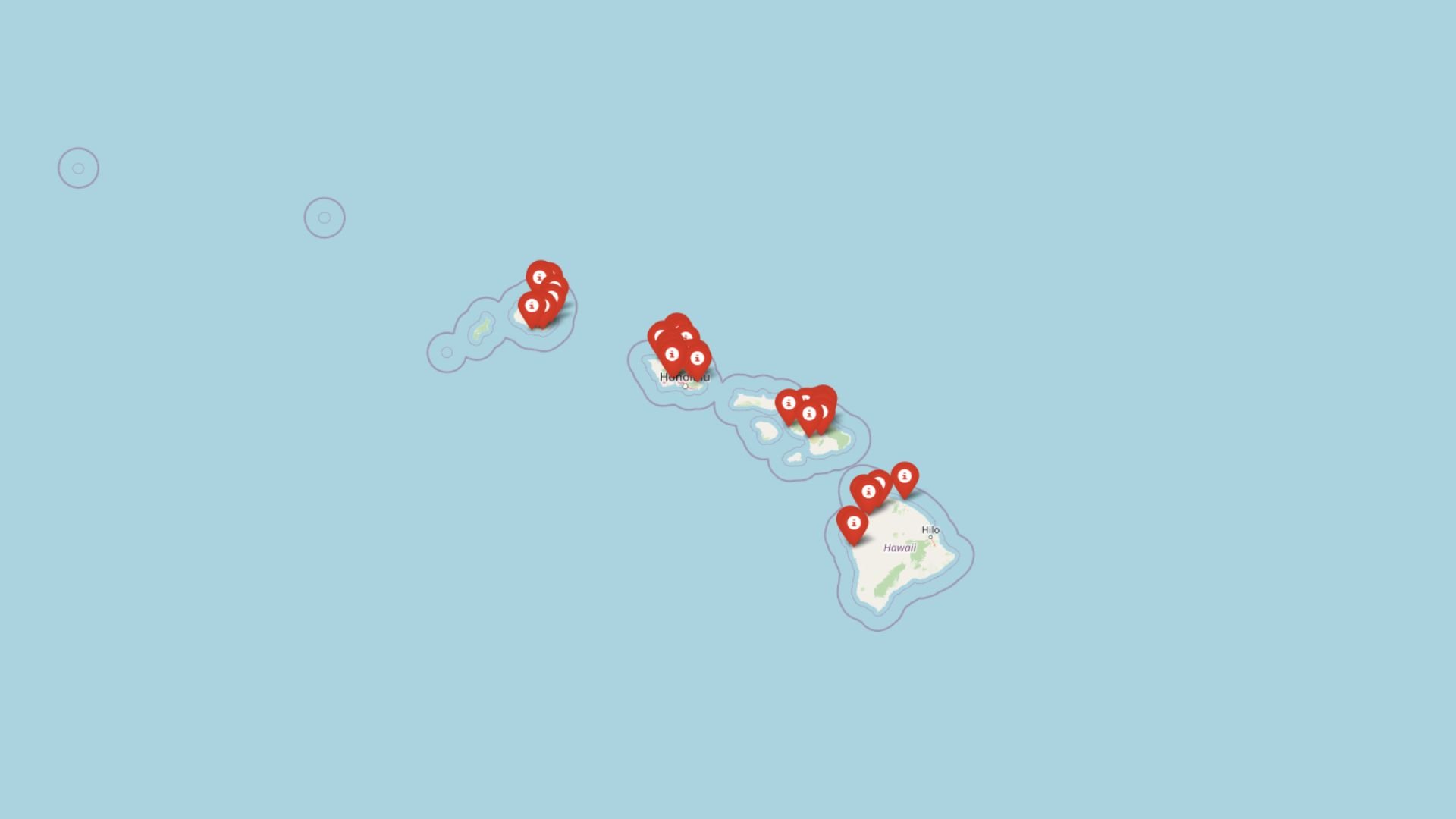
Hawaii isn’t just sunny—it’s expensive. According to the Zillow Home Value Index, June 2025 data shows that 35 towns across the islands now average more than $847,000 per home, with some exclusive enclaves pushing past $3 million. Land scarcity, ocean views, and constant demand are driving prices up in both resort communities and remote towns. From Kauai’s dramatic cliffs to the Big Island’s hidden valleys, property prices keep climbing. While some towns have seen steady gains, others experienced triple-digit spikes, reshaping Hawaii’s housing landscape.
35. Wahiawa – 117% Home Price Increase Since 2010

- 2010: $390,778
- 2011: $388,129 (−$2,649, −0.68% from previous year)
- 2012: $386,024 (−$2,105, −0.54% from previous year)
- 2013: $413,476 (+$27,452, +7.11% from previous year)
- 2014: $446,007 (+$32,531, +7.87% from previous year)
- 2015: $472,872 (+$26,865, +6.02% from previous year)
- 2016: $513,346 (+$40,474, +8.56% from previous year)
- 2017: $562,909 (+$49,563, +9.65% from previous year)
- 2018: $612,373 (+$49,464, +8.79% from previous year)
- 2019: $627,704 (+$15,331, +2.50% from previous year)
- 2020: $644,917 (+$17,213, +2.74% from previous year)
- 2021: $746,929 (+$102,012, +15.82% from previous year)
- 2022: $874,370 (+$127,441, +17.06% from previous year)
- 2023: $846,649 (−$27,721, −3.17% from previous year)
- 2024: $854,631 (+$7,982, +0.94% from previous year)
- 2025: $847,924 (−$6,708, −0.78% from previous year)
Wahiawa’s housing market demonstrates the steady upward pressure affecting even Hawaii’s more affordable communities. The town experienced consistent growth from 2013 through 2022, with particularly strong gains during the pandemic years when remote work drove mainland buyers to seek island properties. After peaking at $874,370 in 2022, prices have stabilized around $850,000, representing more than double the 2010 baseline.
Wahiawa – Central Oahu’s Agricultural Heart
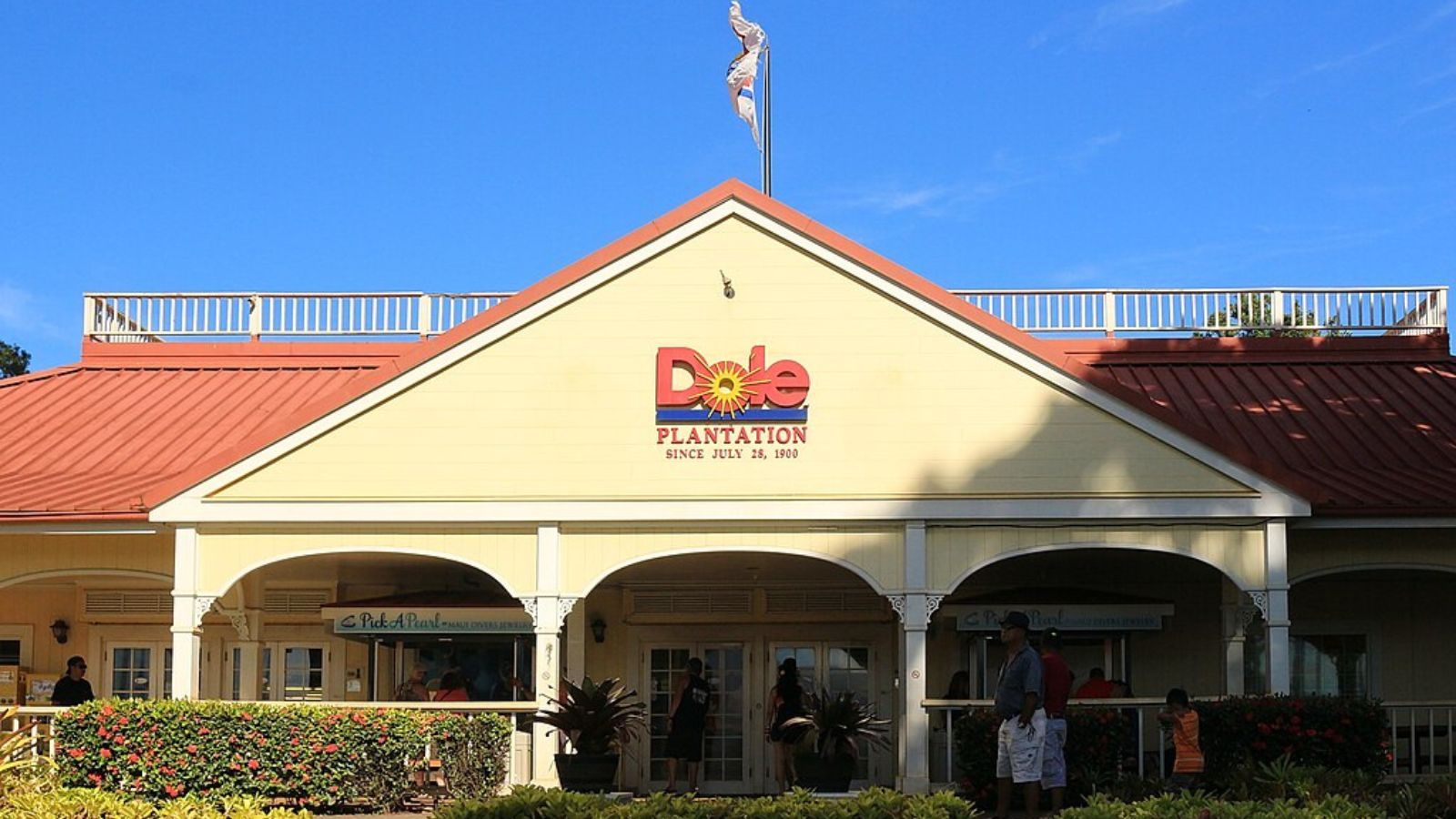
Located in the heart of Oahu between the Waianae and Koolau mountain ranges, Wahiawa serves as the island’s agricultural center and home to Schofield Barracks, one of the largest Army installations in Hawaii. The town’s central location provides easy access to both the North Shore and Honolulu, making it attractive to military families and commuters seeking more affordable alternatives to coastal communities. Wahiawa’s rich volcanic soil has supported pineapple and diversified agriculture for over a century, though residential development has gradually replaced many former plantation lands.
The presence of Schofield Barracks significantly influences the local housing market, creating steady demand from military personnel and their families. The town’s elevation of about 1,000 feet provides cooler temperatures than coastal areas, along with stunning views of the surrounding mountains and occasional glimpses of both the Pacific Ocean and Pearl Harbor. Recent infrastructure improvements and the development of new residential subdivisions have attracted young families and first-time homebuyers, contributing to the substantial price appreciation over the past 15 years.
34. Waipahu – 100% Home Price Increase Since 2010
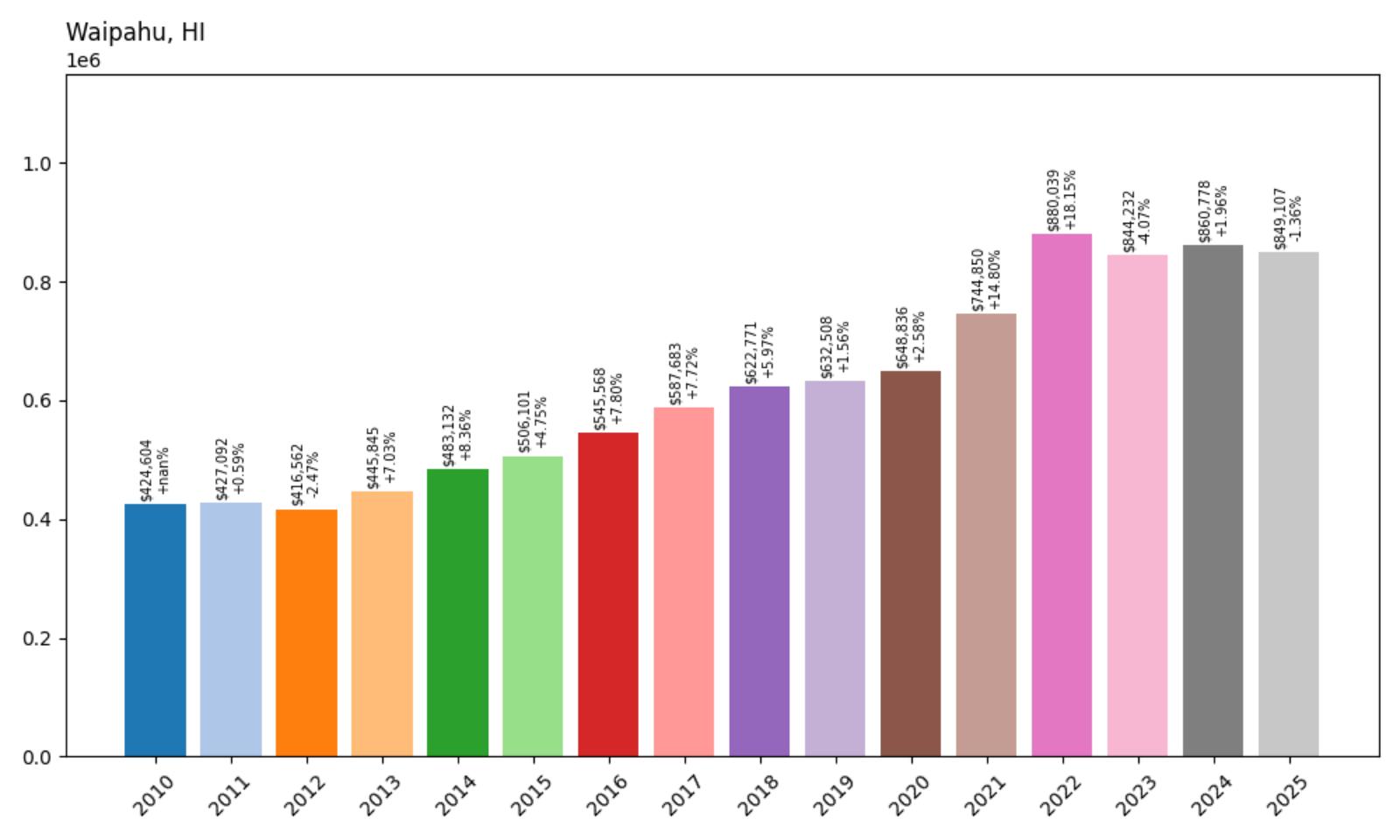
- 2010: $424,604
- 2011: $427,092 (+$2,487, +0.59% from previous year)
- 2012: $416,562 (−$10,529, −2.47% from previous year)
- 2013: $445,845 (+$29,283, +7.03% from previous year)
- 2014: $483,132 (+$37,288, +8.36% from previous year)
- 2015: $506,101 (+$22,969, +4.75% from previous year)
- 2016: $545,568 (+$39,466, +7.80% from previous year)
- 2017: $587,683 (+$42,115, +7.72% from previous year)
- 2018: $622,771 (+$35,088, +5.97% from previous year)
- 2019: $632,508 (+$9,737, +1.56% from previous year)
- 2020: $648,836 (+$16,327, +2.58% from previous year)
- 2021: $744,850 (+$96,014, +14.80% from previous year)
- 2022: $880,039 (+$135,189, +18.15% from previous year)
- 2023: $844,232 (−$35,807, −4.07% from previous year)
- 2024: $860,778 (+$16,546, +1.96% from previous year)
- 2025: $849,107 (−$11,670, −1.36% from previous year)
Waipahu achieved the milestone of doubling home prices over 15 years, climbing from $424,604 in 2010 to $849,107 in 2025. The most dramatic increases occurred during 2021 and 2022, when pandemic-driven demand pushed prices up by nearly $231,000 over just two years. Despite recent modest declines, current values remain more than 100% above their 2010 starting point.
Waipahu – Historic Sugar Town Transformation
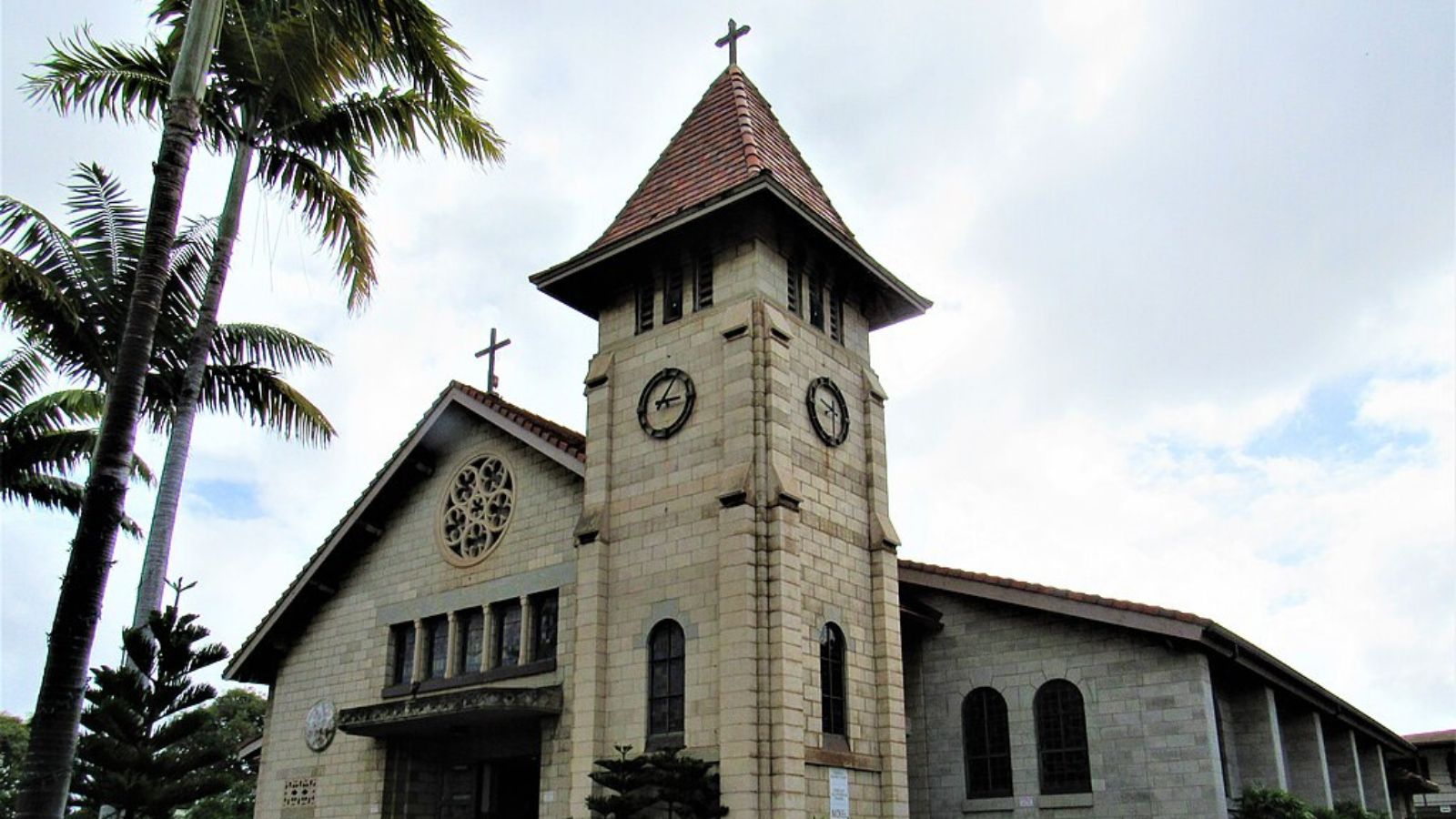
Waipahu stands as a testament to Hawaii’s plantation heritage, originally established as a sugar mill town in the late 1800s. Located on Oahu’s Ewa Plain about 20 miles west of Honolulu, the community has transformed from its agricultural roots into a diverse residential area serving families seeking affordable housing with urban conveniences. The historic Waipahu Cultural Garden Park preserves the town’s multicultural plantation history, celebrating the Filipino, Portuguese, Japanese, and other immigrant communities that shaped the area.
The town’s strategic location along the H-1 freeway provides direct access to Honolulu, Pearl Harbor, and the airport, making it popular with commuters and military personnel. Recent development projects have brought new shopping centers, restaurants, and residential communities, while the nearby Ka Makana Ali’i shopping center has emerged as West Oahu’s premier retail destination. Waipahu’s family-friendly atmosphere, combined with relatively more affordable housing compared to other parts of Oahu, continues to attract first-time homebuyers and growing families.
33. Eleele – 58% Home Price Increase Since 2019
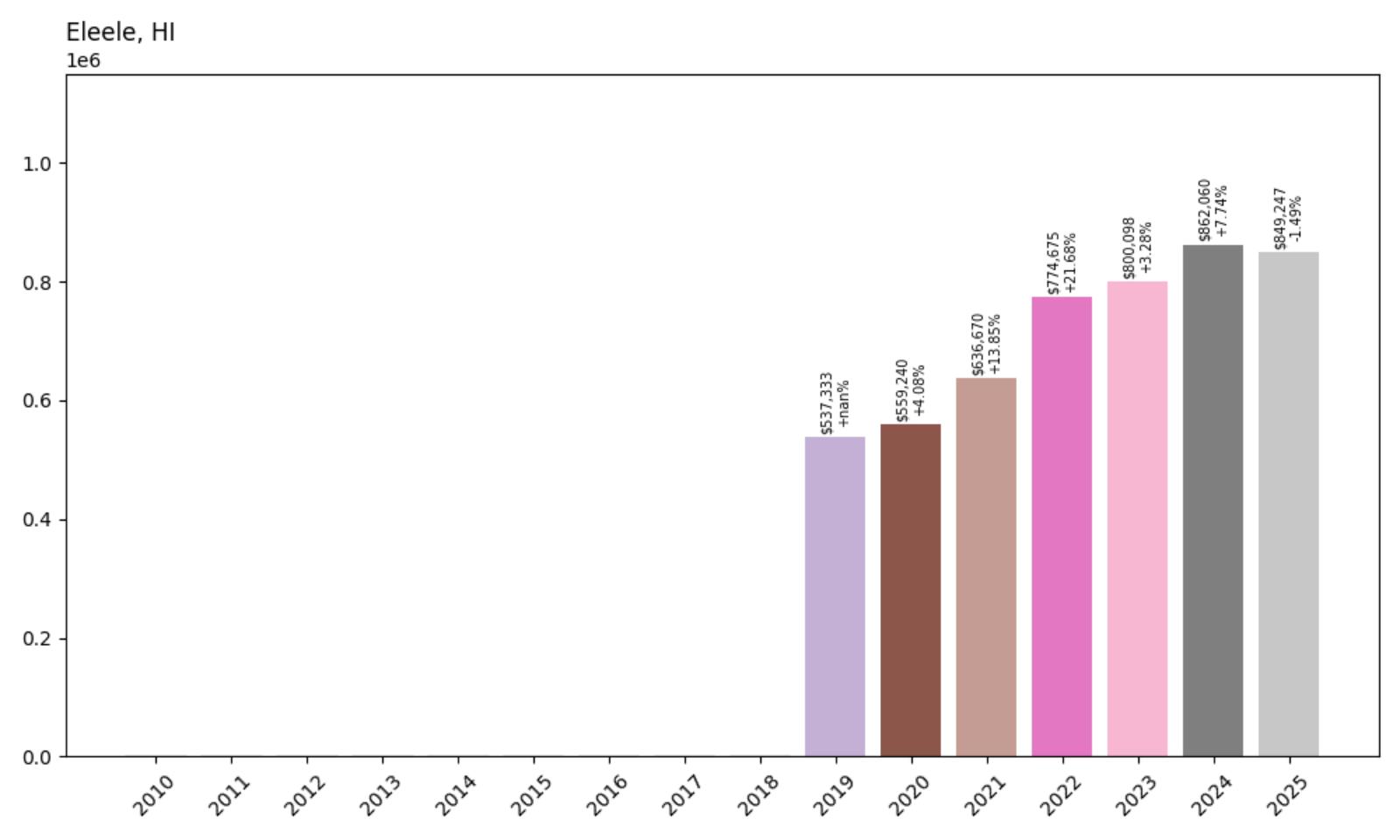
- 2010: N/A
- 2011: N/A
- 2012: N/A
- 2013: N/A
- 2014: N/A
- 2015: N/A
- 2016: N/A
- 2017: N/A
- 2018: N/A
- 2019: $537,333
- 2020: $559,240 (+$21,907, +4.08% from previous year)
- 2021: $636,670 (+$77,431, +13.85% from previous year)
- 2022: $774,675 (+$138,005, +21.68% from previous year)
- 2023: $800,098 (+$25,423, +3.28% from previous year)
- 2024: $862,060 (+$61,962, +7.74% from previous year)
- 2025: $849,247 (−$12,813, −1.49% from previous year)
Despite having data only since 2019, Eleele shows remarkable price acceleration, with homes gaining 58% in value over just six years. The town experienced its steepest climb in 2022, when prices jumped by over $138,000 in a single year. Even with a slight pullback in 2025, median home values remain well above pre-pandemic levels.
Eleele – Kauai’s Industrial Gateway
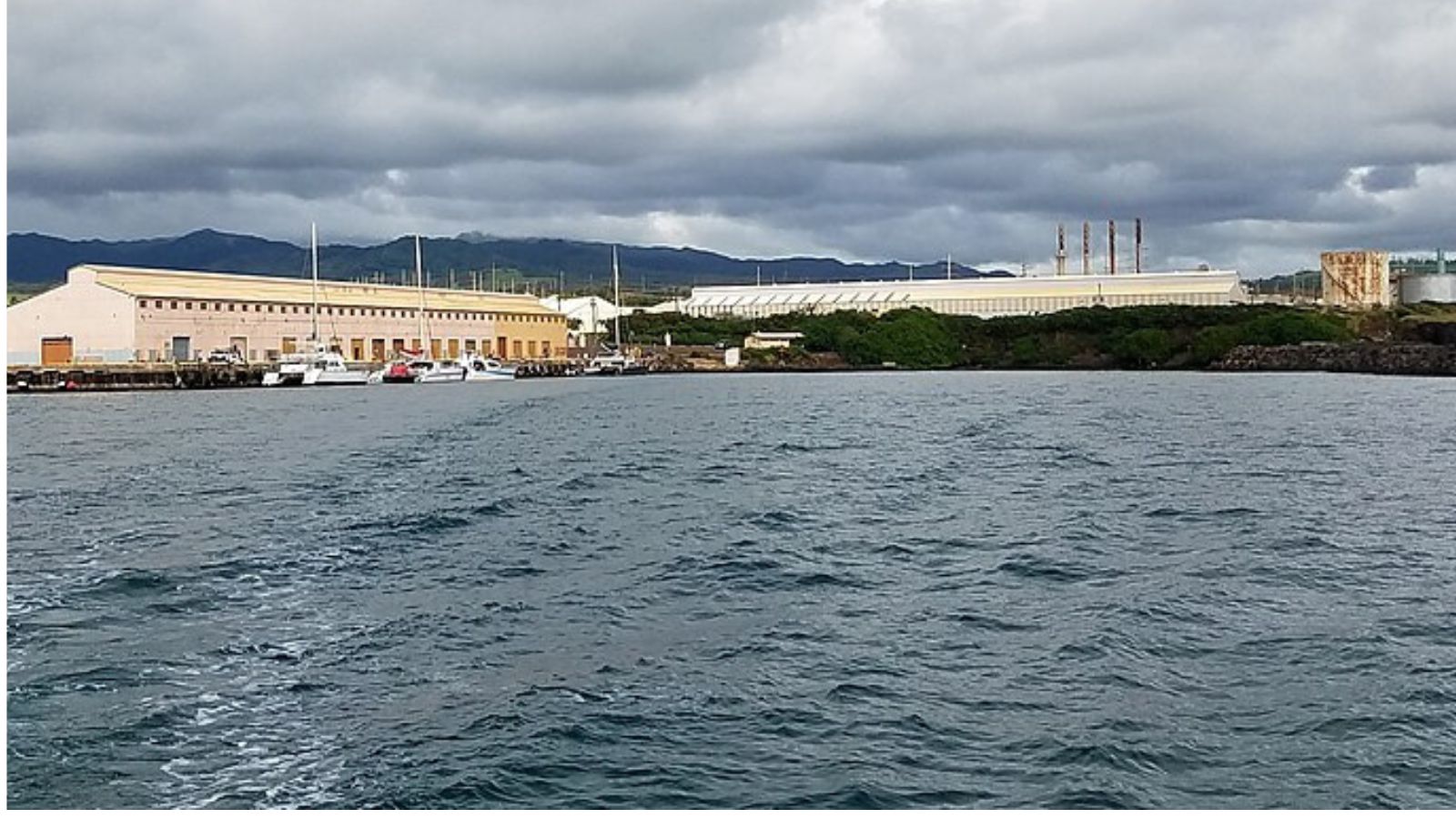
Eleele serves as Kauai’s primary industrial and shipping hub, home to Port Allen Harbor where inter-island cargo operations and fishing boats dock daily. Located on the island’s southwest coast, this working-class community provides essential services and affordable housing for Kauai’s workforce, including employees at the nearby Pacific Missile Range Facility and local agriculture operations. The town’s proximity to Waimea Canyon and the dramatic Na Pali Coast makes it attractive to both residents and visitors seeking outdoor recreation.
The recent surge in home prices reflects Kauai’s broader affordability crisis, as limited housing inventory meets increasing demand from remote workers and mainland transplants. Eleele’s industrial character has historically kept prices lower than resort areas like Poipu or Princeville, but even this working community now commands median prices approaching $850,000. Local families and service workers find themselves increasingly priced out, creating ongoing challenges for businesses that depend on local labor.
32. Lihue – 184% Home Price Increase Since 2010
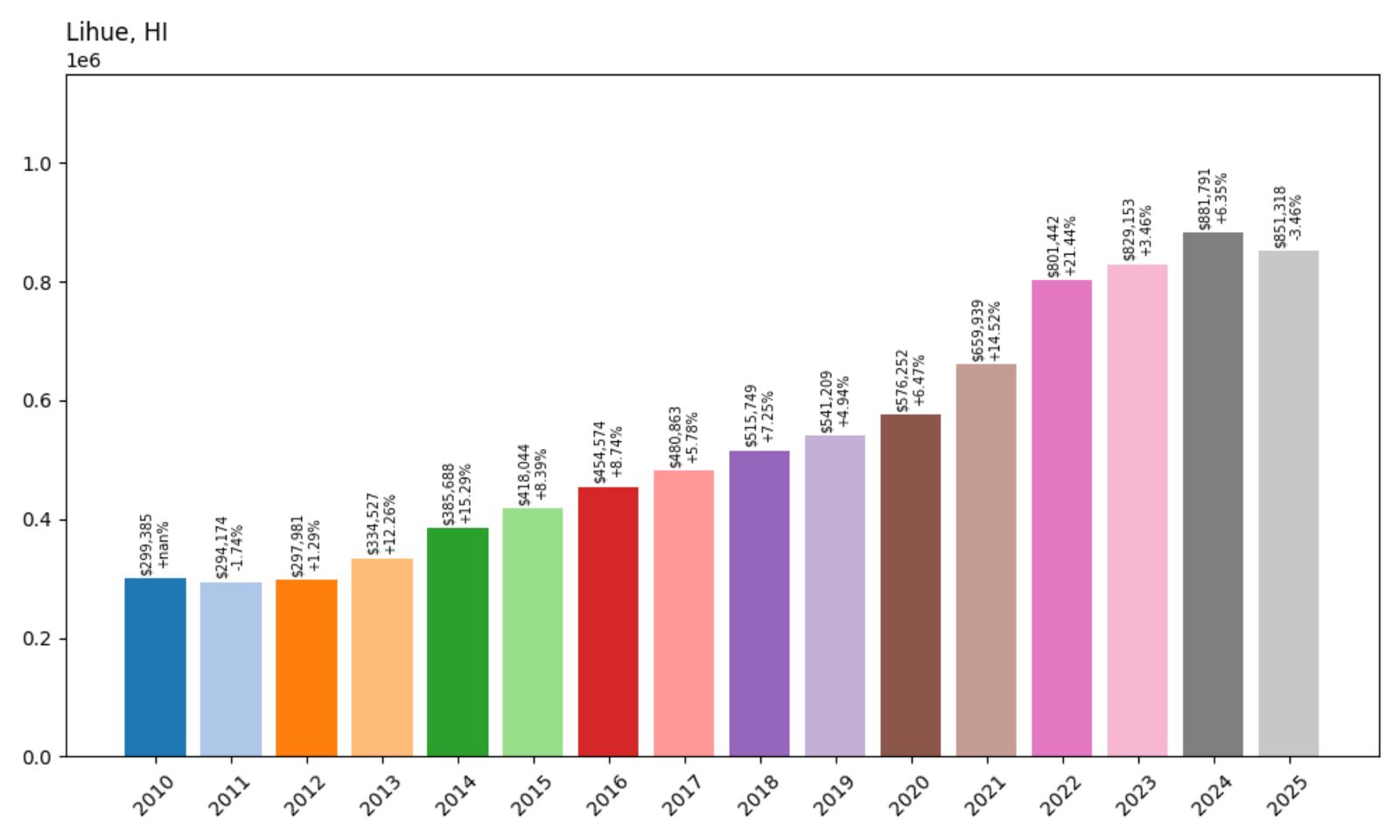
- 2010: $299,385
- 2011: $294,174 (−$5,211, −1.74% from previous year)
- 2012: $297,981 (+$3,807, +1.29% from previous year)
- 2013: $334,527 (+$36,546, +12.26% from previous year)
- 2014: $385,688 (+$51,161, +15.29% from previous year)
- 2015: $418,044 (+$32,356, +8.39% from previous year)
- 2016: $454,574 (+$36,531, +8.74% from previous year)
- 2017: $480,863 (+$26,288, +5.78% from previous year)
- 2018: $515,749 (+$34,886, +7.25% from previous year)
- 2019: $541,209 (+$25,460, +4.94% from previous year)
- 2020: $576,252 (+$35,043, +6.47% from previous year)
- 2021: $659,939 (+$83,687, +14.52% from previous year)
- 2022: $801,442 (+$141,503, +21.44% from previous year)
- 2023: $829,153 (+$27,711, +3.46% from previous year)
- 2024: $881,791 (+$52,638, +6.35% from previous year)
- 2025: $851,318 (−$30,473, −3.46% from previous year)
Lihue demonstrates one of Hawaii’s most dramatic price transformations, with median home values nearly tripling from $299,385 in 2010 to $851,318 in 2025. The town maintained steady growth throughout the 2010s before accelerating sharply during the pandemic years. The 184% increase over 15 years reflects Lihue’s evolution from an affordable government center to a sought-after residential community.
Lihue – Kauai’s Government and Commercial Center
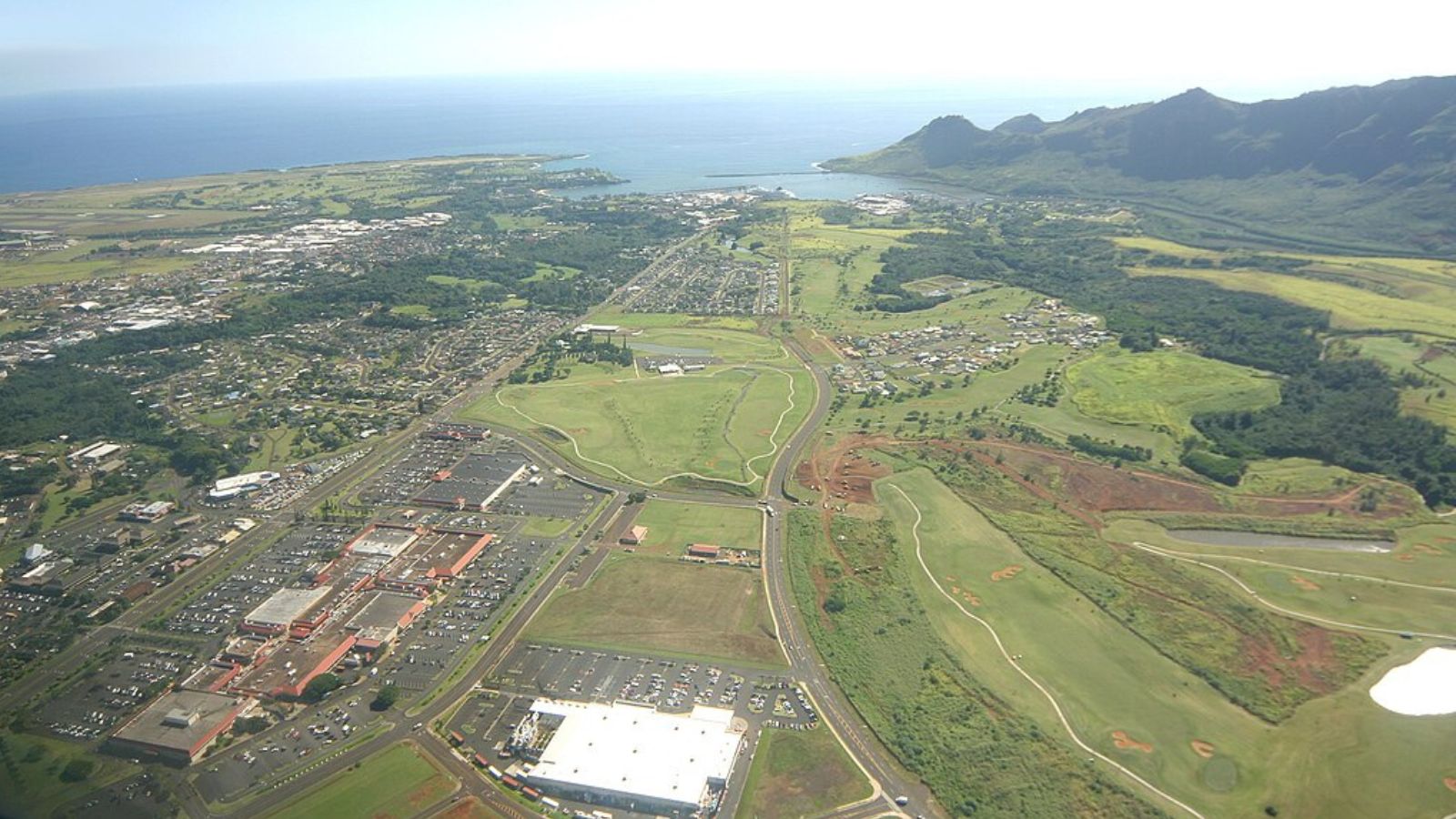
Christopher P. Becker, CC BY-SA 3.0, via Wikimedia Commons
As Kauai County’s seat of government and commercial hub, Lihue anchors the island’s economy and serves as the gateway for most visitors arriving at Lihue Airport. The town houses county offices, the main hospital, major shopping centers, and many of the island’s professional services, creating steady employment and housing demand. Lihue’s central location provides convenient access to both the island’s resort areas and its rural communities, making it popular with long-term residents and government workers.
The dramatic price increases reflect Kauai’s limited housing supply and the town’s essential role in the island’s infrastructure. Unlike resort communities that cater primarily to visitors, Lihue serves as home base for teachers, nurses, police officers, and other essential workers who keep the island functioning. However, the nearly 300% price appreciation since 2010 has created severe affordability challenges for these same workers, forcing many to seek housing in more remote areas or leave the island entirely.
31. Hauula – 82% Home Price Increase Since 2010

- 2010: $470,095
- 2011: $468,397 (−$1,698, −0.36% from previous year)
- 2012: $454,201 (−$14,196, −3.03% from previous year)
- 2013: $468,021 (+$13,820, +3.04% from previous year)
- 2014: $502,074 (+$34,053, +7.28% from previous year)
- 2015: $526,495 (+$24,421, +4.86% from previous year)
- 2016: $552,652 (+$26,157, +4.97% from previous year)
- 2017: $597,419 (+$44,767, +8.10% from previous year)
- 2018: $636,200 (+$38,781, +6.49% from previous year)
- 2019: $659,007 (+$22,807, +3.58% from previous year)
- 2020: $671,701 (+$12,694, +1.93% from previous year)
- 2021: $763,422 (+$91,721, +13.66% from previous year)
- 2022: $892,982 (+$129,561, +16.97% from previous year)
- 2023: $857,036 (−$35,947, −4.03% from previous year)
- 2024: $840,954 (−$16,082, −1.88% from previous year)
- 2025: $854,114 (+$13,160, +1.56% from previous year)
Hauula’s market showed remarkable resilience, growing steadily from 2013 through 2022 with only minor fluctuations during the early 2010s recession. The community experienced its most significant gains during 2021 and 2022, when pandemic demand drove prices up by over $220,000 in just two years. Current median prices of $854,114 represent an 82% increase since 2010.
Hauula – Windward Oahu’s Coastal Retreat
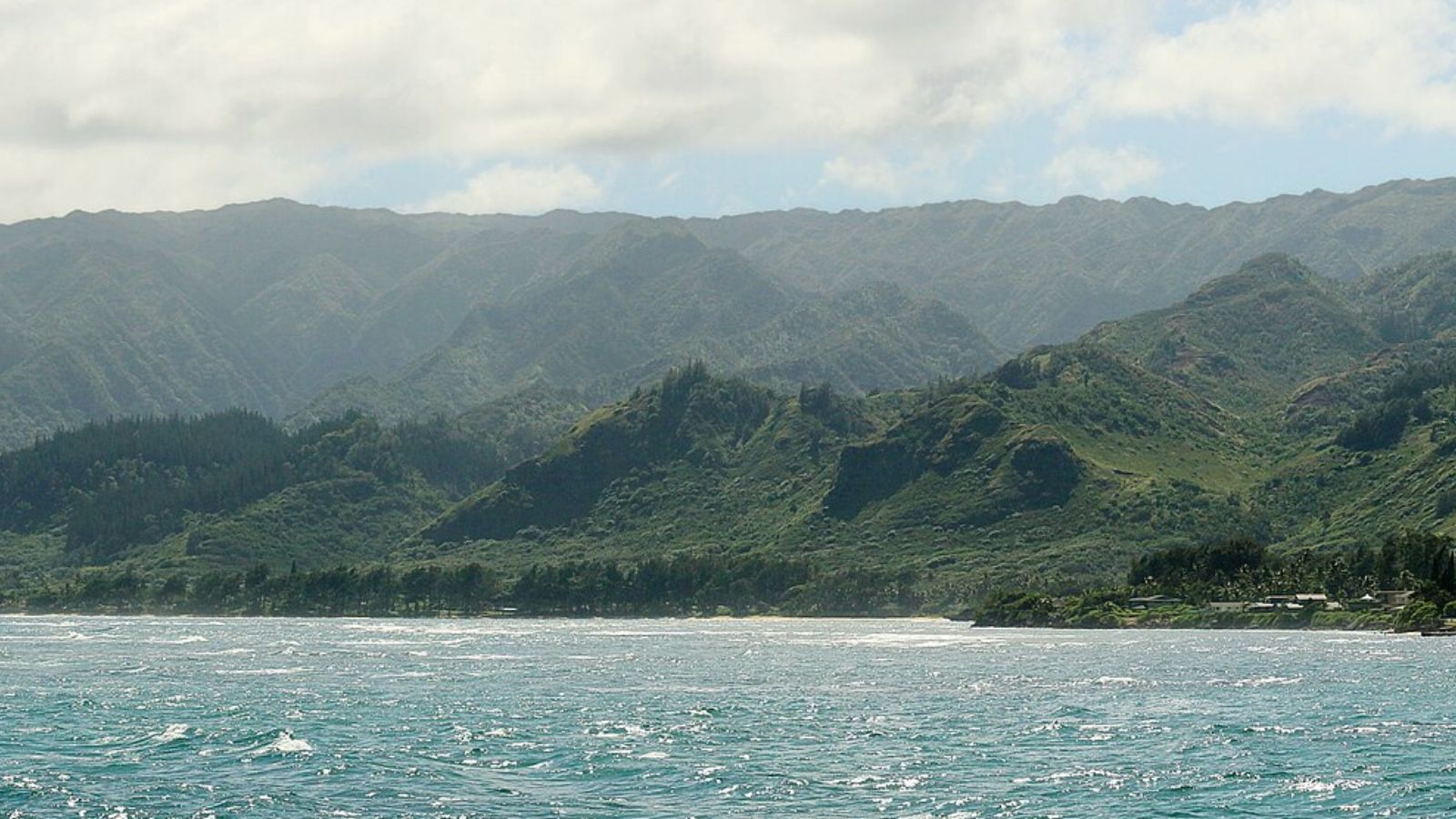
Nestled along Oahu’s scenic windward coast about an hour north of Honolulu, Hauula offers residents a rural lifestyle with stunning ocean views and access to some of the island’s most beautiful beaches. The small community maintains a laid-back, country atmosphere while providing convenient access to both Kaneohe and the North Shore. Hauula Beach Park and nearby hiking trails to Sacred Falls attract both residents and day visitors seeking outdoor recreation away from crowded tourist areas.
The town’s appeal lies in its authentic Hawaiian character and relative affordability compared to other coastal communities on Oahu. Many residents work in Honolulu or Kaneohe but choose Hauula for its peaceful environment and strong sense of community. The recent price appreciation reflects growing demand for rural properties with ocean access, as remote work options have made the longer commute more manageable for some professionals. Local families and fishermen who have called Hauula home for generations now face increasing pressure from rising property values.
30. Waikoloa – 115% Home Price Increase Since 2015
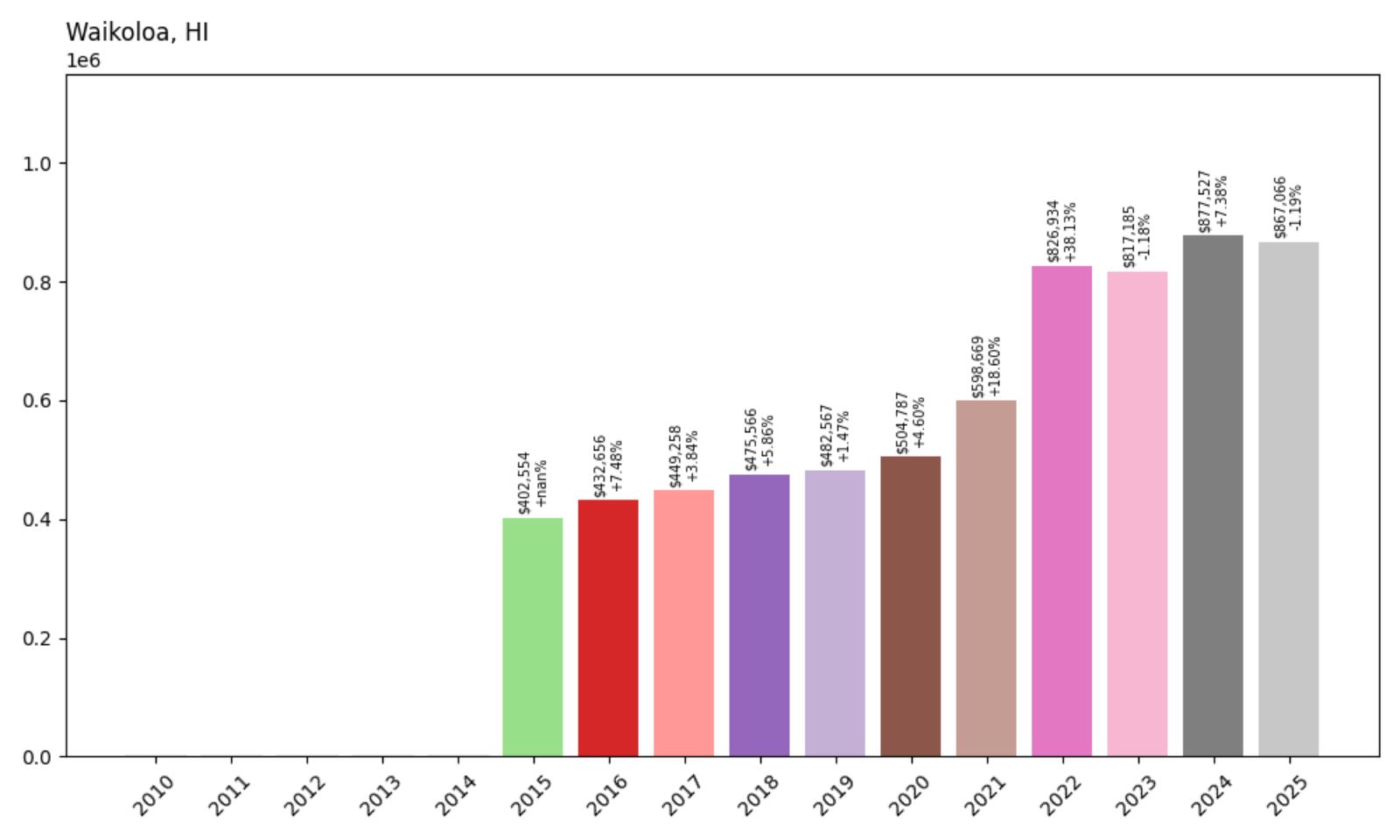
- 2010: N/A
- 2011: N/A
- 2012: N/A
- 2013: N/A
- 2014: N/A
- 2015: $402,554
- 2016: $432,656 (+$30,102, +7.48% from previous year)
- 2017: $449,258 (+$16,602, +3.84% from previous year)
- 2018: $475,566 (+$26,308, +5.86% from previous year)
- 2019: $482,567 (+$7,001, +1.47% from previous year)
- 2020: $504,787 (+$22,220, +4.60% from previous year)
- 2021: $598,669 (+$93,882, +18.60% from previous year)
- 2022: $826,934 (+$228,265, +38.13% from previous year)
- 2023: $817,185 (−$9,749, −1.18% from previous year)
- 2024: $877,527 (+$60,342, +7.38% from previous year)
- 2025: $867,066 (−$10,461, −1.19% from previous year)
Waikoloa experienced explosive growth over the past decade, with the most dramatic surge occurring in 2022 when prices jumped 38% in a single year. From a starting point of $402,554 in 2015, median home values more than doubled to reach current levels around $867,000. The 115% increase reflects the Big Island’s growing popularity among mainland buyers seeking resort-style living.
Waikoloa – Big Island’s Premier Resort Community
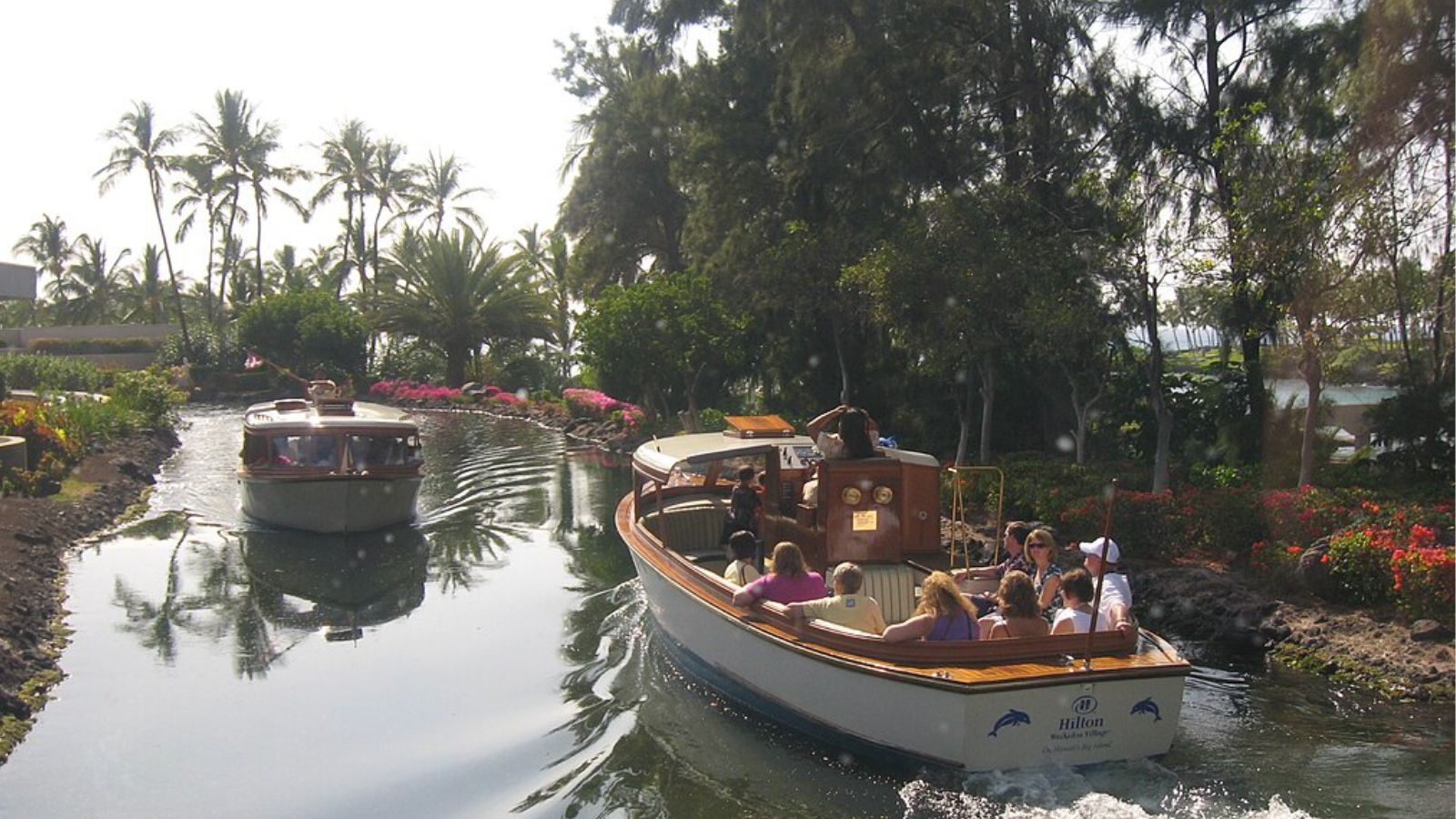
Waikoloa stands as one of Hawaii’s most prestigious resort destinations, featuring world-class golf courses, luxury hotels, and upscale residential developments along the Big Island’s sunny Kohala Coast. The master-planned community includes the famous Waikoloa Beach Resort with its championship golf courses and the historic Hilton Waikoloa Village, creating a resort atmosphere that attracts both visitors and permanent residents. The area’s consistent sunshine, dramatic lava landscapes, and proximity to pristine beaches make it particularly appealing to retirees and vacation home buyers.
The community’s transformation from barren lava fields to a luxury destination began in the 1960s and continues today with ongoing residential development. Waikoloa’s appeal extends beyond its resort amenities to include proximity to some of the Big Island’s most spectacular attractions, including Mauna Kea’s world-renowned observatories and Hawaii Volcanoes National Park. The dramatic price appreciation reflects strong demand from affluent buyers seeking a tropical paradise with mainland-quality amenities and services.
29. Mililani – 109% Home Price Increase Since 2010
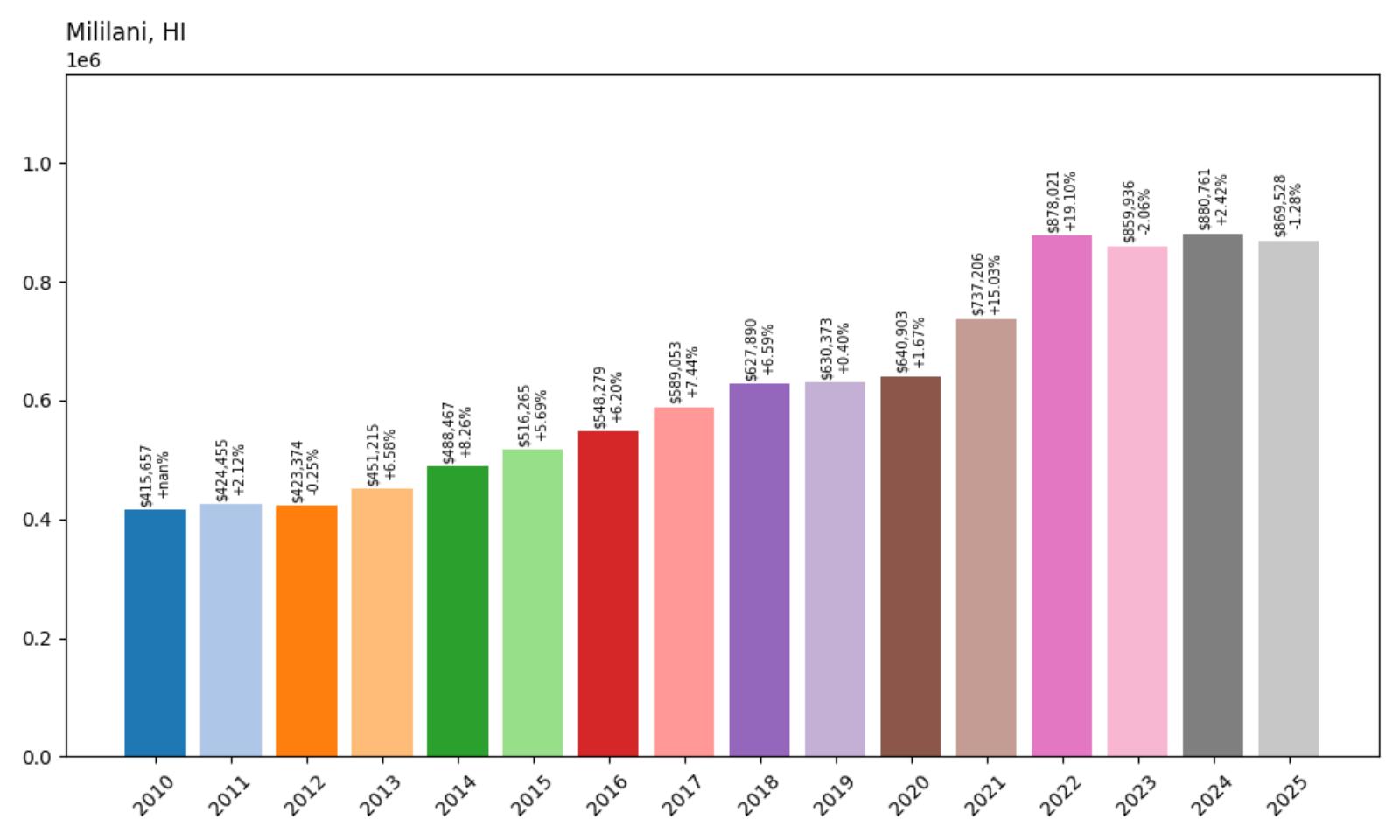
- 2010: $415,657
- 2011: $424,455 (+$8,798, +2.12% from previous year)
- 2012: $423,374 (−$1,082, −0.25% from previous year)
- 2013: $451,215 (+$27,841, +6.58% from previous year)
- 2014: $488,467 (+$37,253, +8.26% from previous year)
- 2015: $516,265 (+$27,798, +5.69% from previous year)
- 2016: $548,279 (+$32,014, +6.20% from previous year)
- 2017: $589,053 (+$40,773, +7.44% from previous year)
- 2018: $627,890 (+$38,837, +6.59% from previous year)
- 2019: $630,373 (+$2,483, +0.40% from previous year)
- 2020: $640,903 (+$10,530, +1.67% from previous year)
- 2021: $737,206 (+$96,303, +15.03% from previous year)
- 2022: $878,021 (+$140,815, +19.10% from previous year)
- 2023: $859,936 (−$18,085, −2.06% from previous year)
- 2024: $880,761 (+$20,825, +2.42% from previous year)
- 2025: $869,528 (−$11,233, −1.28% from previous year)
Mililani demonstrates steady appreciation over 15 years, with median home prices more than doubling from $415,657 in 2010 to $869,528 in 2025. The community showed remarkable consistency through the 2010s before experiencing the pandemic-era surge that pushed prices above $870,000. Recent stabilization suggests the market has found equilibrium at current price levels.
Mililani – Oahu’s Master-Planned Suburban Paradise
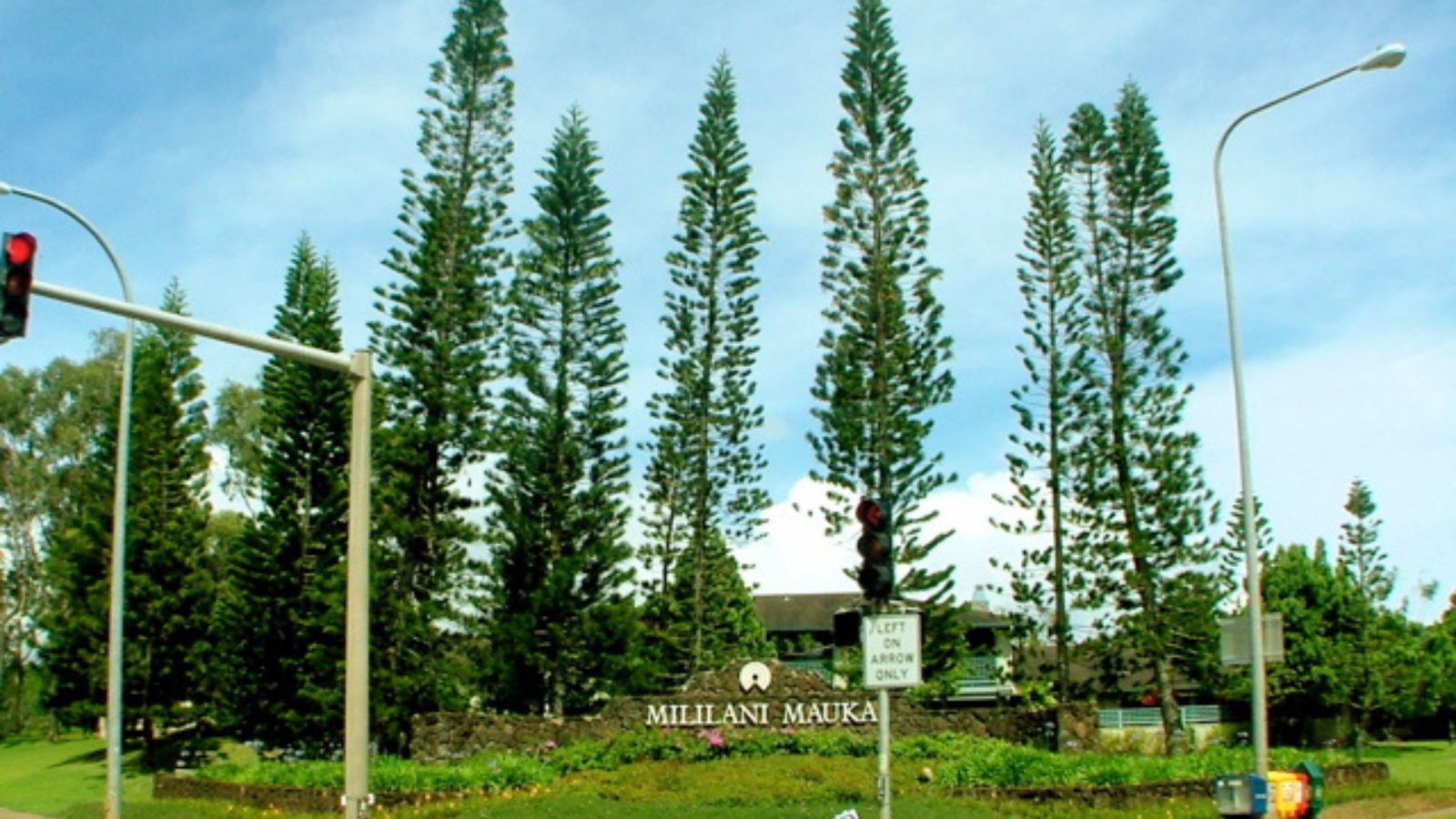
Mililani represents Hawaii’s most successful master-planned community, developed in the 1960s as a comprehensive suburban alternative to Honolulu’s urban density. Located in central Oahu’s cooler upland plateau, the community features tree-lined streets, neighborhood parks, excellent schools, and a strong sense of community that attracts families seeking a mainland-style suburban lifestyle in paradise. Mililani’s elevation of about 1,000 feet provides relief from coastal heat and humidity while offering panoramic views of the surrounding mountains and occasional ocean glimpses.
The town’s appeal stems from its family-friendly amenities, including the Mililani Golf Club, multiple recreation centers, and some of Oahu’s highest-rated public schools. Many residents commute to Honolulu or Pearl Harbor, but the community’s self-contained nature with shopping centers, medical facilities, and recreational amenities reduces the need for frequent trips to urban areas. The steady price appreciation reflects consistent demand from military families, professionals, and local residents who value Mililani’s suburban character and excellent quality of life.
28. Kailua Kona – 94% Home Price Increase Since 2015
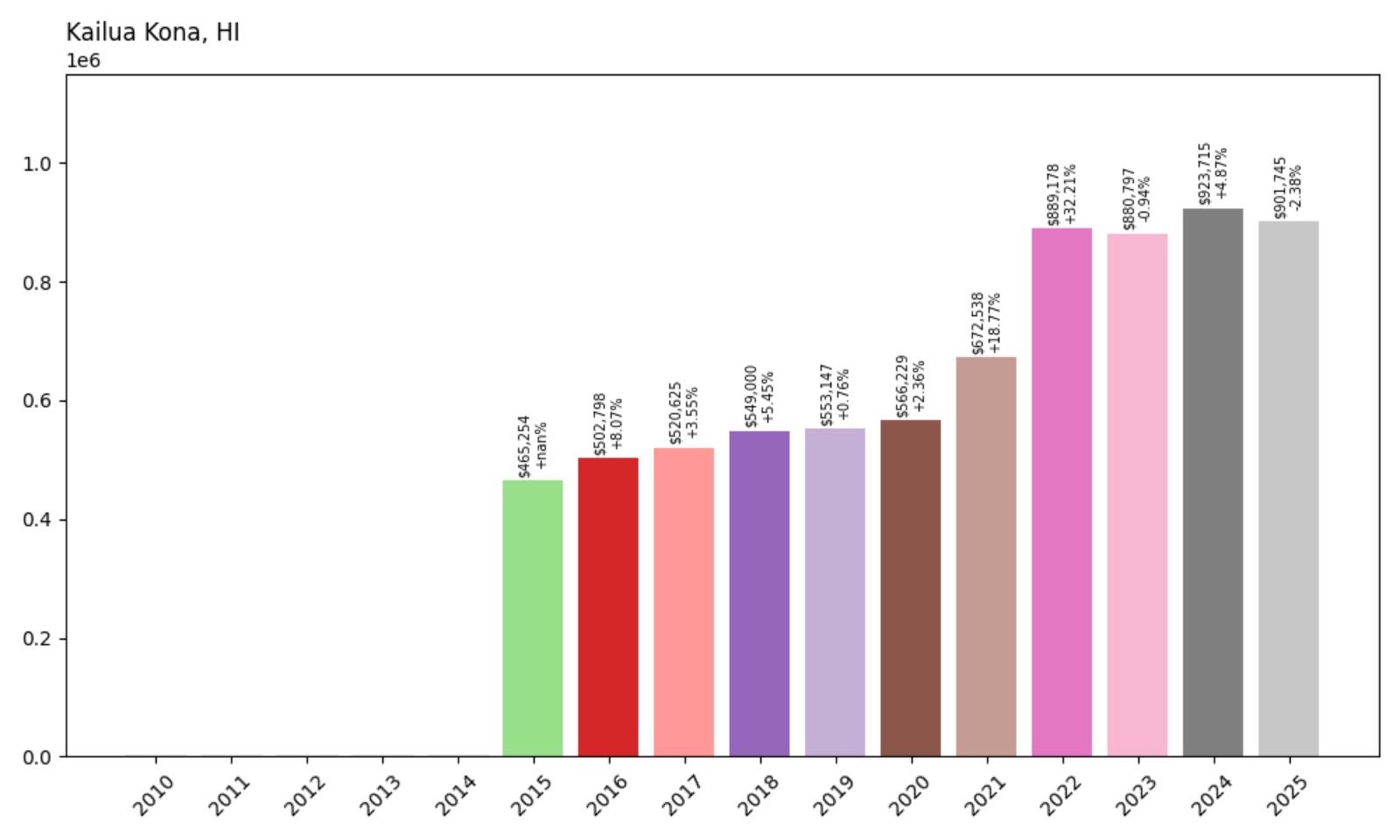
- 2010: N/A
- 2011: N/A
- 2012: N/A
- 2013: N/A
- 2014: N/A
- 2015: $465,254
- 2016: $502,798 (+$37,543, +8.07% from previous year)
- 2017: $520,625 (+$17,827, +3.55% from previous year)
- 2018: $549,000 (+$28,375, +5.45% from previous year)
- 2019: $553,147 (+$4,148, +0.76% from previous year)
- 2020: $566,229 (+$13,082, +2.36% from previous year)
- 2021: $672,538 (+$106,309, +18.77% from previous year)
- 2022: $889,178 (+$216,640, +32.21% from previous year)
- 2023: $880,797 (−$8,381, −0.94% from previous year)
- 2024: $923,715 (+$42,919, +4.87% from previous year)
- 2025: $901,745 (−$21,971, −2.38% from previous year)
Kailua Kona nearly doubled in value over the past decade, climbing from $465,254 in 2015 to $901,745 in 2025. The most dramatic acceleration occurred in 2022, when prices jumped over 32% in a single year. Despite recent modest corrections, current values remain 94% above the 2015 baseline, reflecting the Big Island’s growing appeal as a tropical paradise with modern amenities.
Kailua Kona – Big Island’s Historic Heart

Kailua Kona serves as the Big Island’s cultural and historical center, where Captain James Cook first landed in Hawaii and where Hawaiian royalty once maintained their royal residence. This vibrant coastal town combines rich Hawaiian heritage with modern resort amenities, attracting both history enthusiasts and beach lovers. The town’s historic Kailua Pier remains an active fishing harbor and starting point for deep-sea fishing excursions, while nearby Hulihee Palace and Mokuaikaua Church preserve important chapters of Hawaiian history.
The area’s year-round sunny weather, calm protected bays, and proximity to world-class snorkeling and diving sites make it particularly popular with retirees and vacation home buyers. Kailua Kona’s elevation from sea level to the slopes of Hualalai volcano provides diverse microclimates and housing options, from oceanfront condos to upland coffee farms. The recent price surge reflects increasing demand from mainland buyers seeking an authentic Hawaiian experience with modern conveniences, though the rapid appreciation has challenged local affordability for service workers and long-time residents.
27. Pearl City – 92% Home Price Increase Since 2010
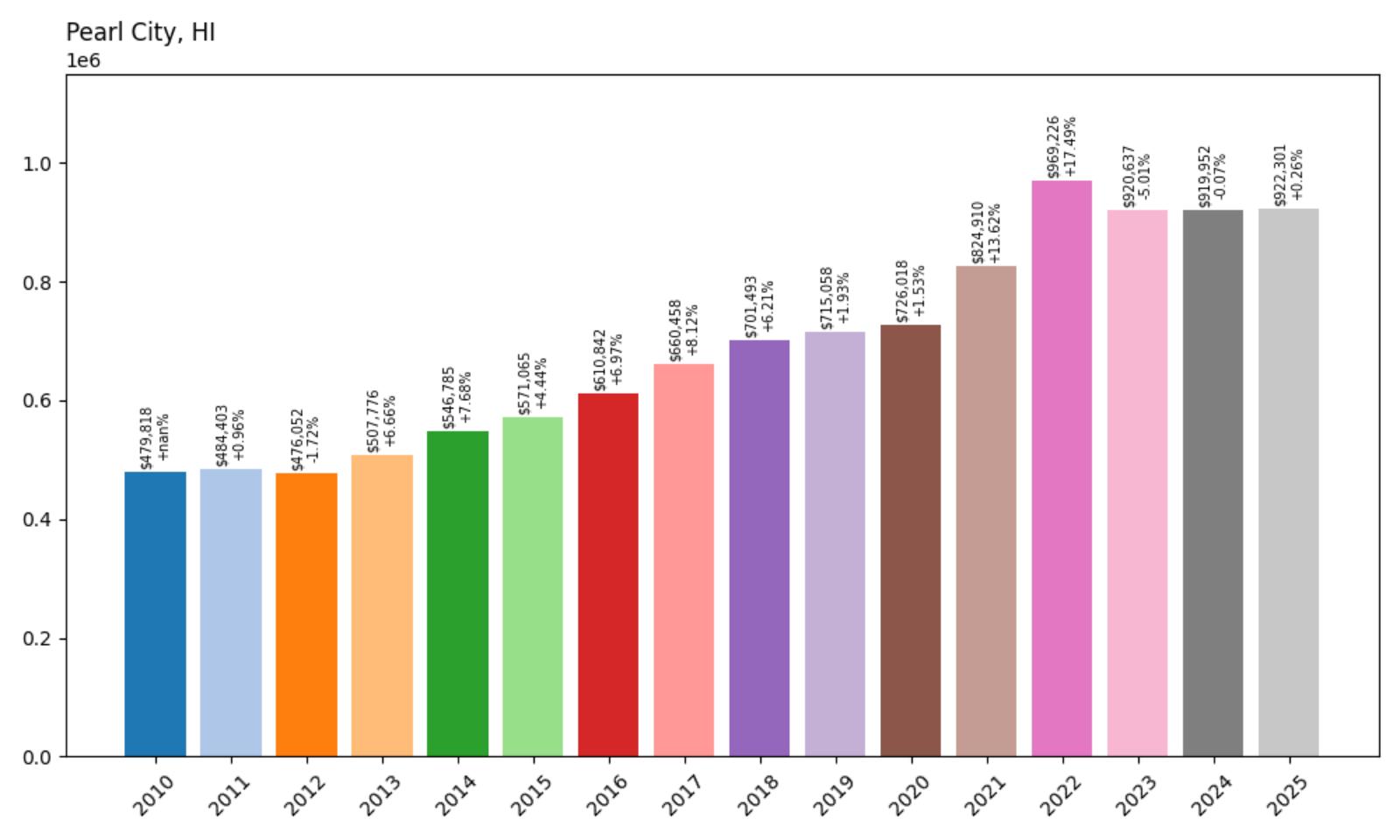
- 2010: $479,818
- 2011: $484,403 (+$4,585, +0.96% from previous year)
- 2012: $476,052 (−$8,351, −1.72% from previous year)
- 2013: $507,776 (+$31,724, +6.66% from previous year)
- 2014: $546,785 (+$39,009, +7.68% from previous year)
- 2015: $571,065 (+$24,280, +4.44% from previous year)
- 2016: $610,842 (+$39,777, +6.97% from previous year)
- 2017: $660,458 (+$49,616, +8.12% from previous year)
- 2018: $701,493 (+$41,035, +6.21% from previous year)
- 2019: $715,058 (+$13,565, +1.93% from previous year)
- 2020: $726,018 (+$10,960, +1.53% from previous year)
- 2021: $824,910 (+$98,892, +13.62% from previous year)
- 2022: $969,226 (+$144,316, +17.49% from previous year)
- 2023: $920,637 (−$48,589, −5.01% from previous year)
- 2024: $919,952 (−$685, −0.07% from previous year)
- 2025: $922,301 (+$2,349, +0.26% from previous year)
Pearl City achieved near-doubling of home values over 15 years, climbing from $479,818 in 2010 to $922,301 in 2025. The community maintained steady growth throughout the 2010s before experiencing pandemic-era acceleration that pushed median prices above $960,000 in 2022. Recent stabilization around $920,000 represents a 92% increase from the 2010 baseline.
Pearl City – Gateway to West Oahu

Pearl City occupies a strategic position at the head of Pearl Harbor, serving as the gateway between Honolulu and West Oahu’s growing communities. This established residential area offers families a suburban lifestyle with easy access to both urban amenities and Oahu’s scenic west side beaches. The community’s proximity to Pearl Harbor Naval Base, Hickam Air Force Base, and downtown Honolulu makes it particularly attractive to military families and government workers seeking convenient commuting options.
The town’s appeal extends beyond its location to include excellent schools, shopping centers, and recreational facilities that serve the broader Pearl Harbor area. Pearl City’s Pearlridge Center remains one of Oahu’s major shopping destinations, while nearby Aloha Stadium hosts University of Hawaii football games and other major events. The steady price appreciation reflects consistent demand from both military and civilian families who value the community’s central location, established infrastructure, and strong schools, though rising costs have made homeownership increasingly challenging for young families and service workers.
26. Wailuku – 159% Home Price Increase Since 2010
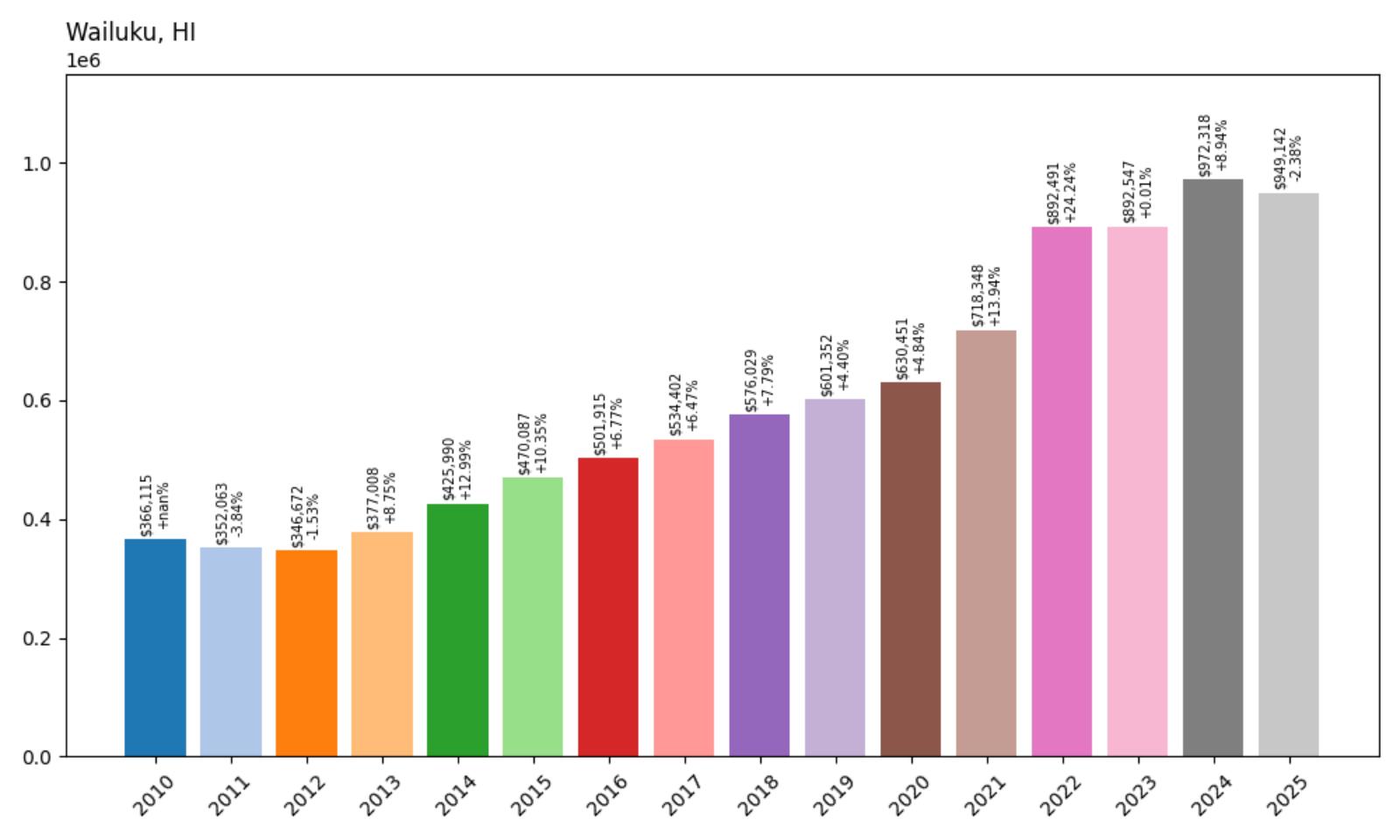
- 2010: $366,115
- 2011: $352,063 (−$14,052, −3.84% from previous year)
- 2012: $346,672 (−$5,391, −1.53% from previous year)
- 2013: $377,008 (+$30,336, +8.75% from previous year)
- 2014: $425,990 (+$48,982, +12.99% from previous year)
- 2015: $470,087 (+$44,097, +10.35% from previous year)
- 2016: $501,915 (+$31,828, +6.77% from previous year)
- 2017: $534,402 (+$32,487, +6.47% from previous year)
- 2018: $576,029 (+$41,627, +7.79% from previous year)
- 2019: $601,352 (+$25,323, +4.40% from previous year)
- 2020: $630,451 (+$29,099, +4.84% from previous year)
- 2021: $718,348 (+$87,898, +13.94% from previous year)
- 2022: $892,491 (+$174,143, +24.24% from previous year)
- 2023: $892,547 (+$56, +0.01% from previous year)
- 2024: $972,318 (+$79,771, +8.94% from previous year)
- 2025: $949,142 (−$23,175, −2.38% from previous year)
Wailuku demonstrates remarkable appreciation, with median home prices climbing 159% from $366,115 in 2010 to $949,142 in 2025. The town maintained steady growth throughout the 2010s before experiencing dramatic acceleration during the pandemic years. The peak of $972,318 in 2024 represents the culmination of more than a decade of consistent demand for Maui’s county seat.
Wailuku – Maui’s Historic County Seat
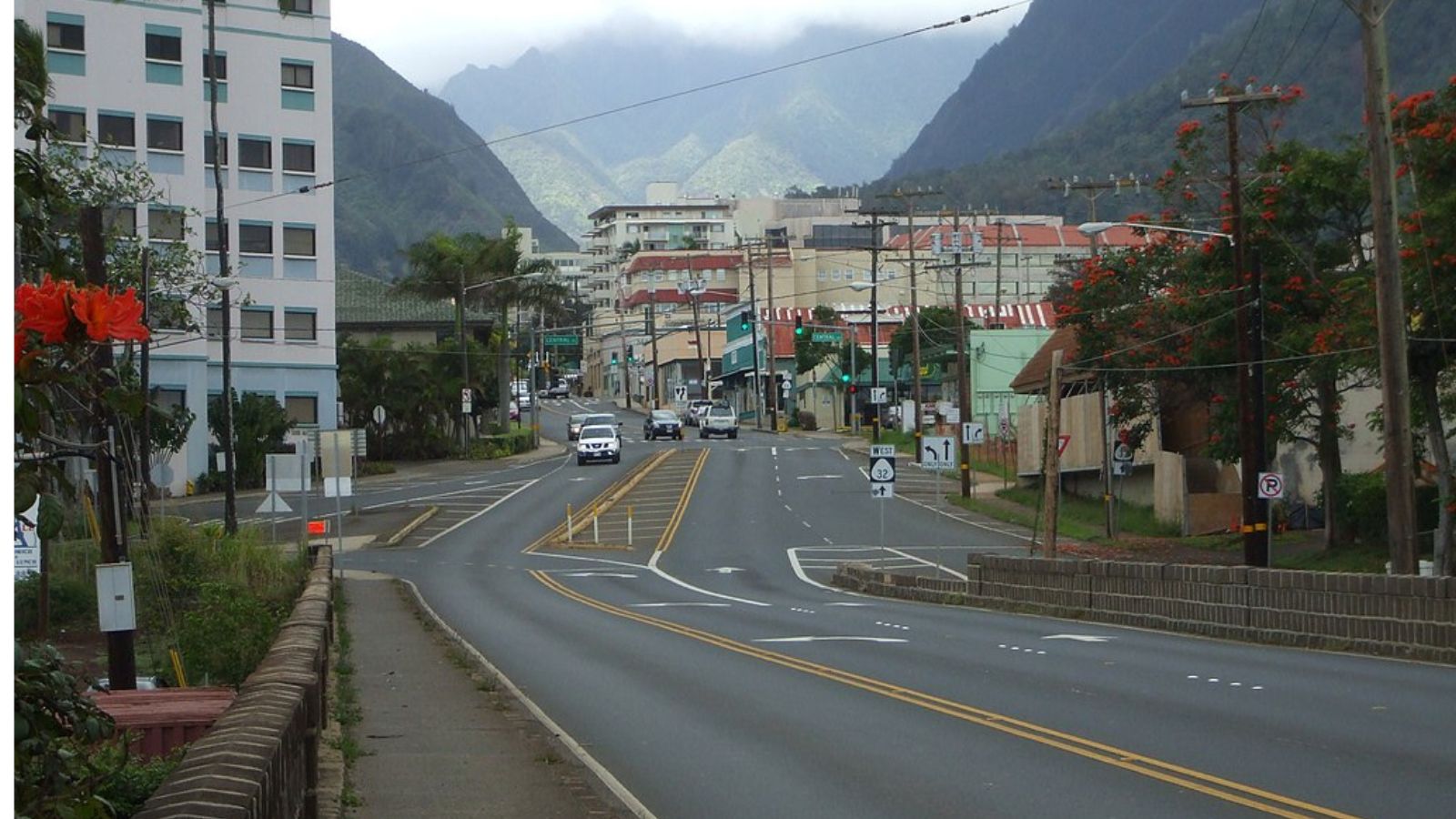
Wailuku serves as Maui County’s government center and cultural heart, housing county offices, the main courthouse, and many of the island’s essential services. Located in the isthmus between Maui’s two major volcanic masses, the town combines rich Hawaiian history with the practical necessities of island administration. Historic Wailuku’s Main Street features art galleries, restaurants, and cultural sites that preserve and celebrate Hawaiian and plantation-era heritage, while newer developments spread up the slopes toward the West Maui Mountains.
The town’s central location provides convenient access to both West Maui’s resort areas and Upcountry Maui’s rural communities, making it attractive to government workers, teachers, and other professionals who serve the island’s residents. Wailuku’s proximity to Kahului Airport and the island’s main harbor facilities adds to its appeal for both residents and businesses. The dramatic price appreciation reflects Maui’s overall housing crisis, where limited inventory meets growing demand from both local families and mainland buyers seeking island living with urban conveniences.
25. Kapaa – 177% Home Price Increase Since 2010
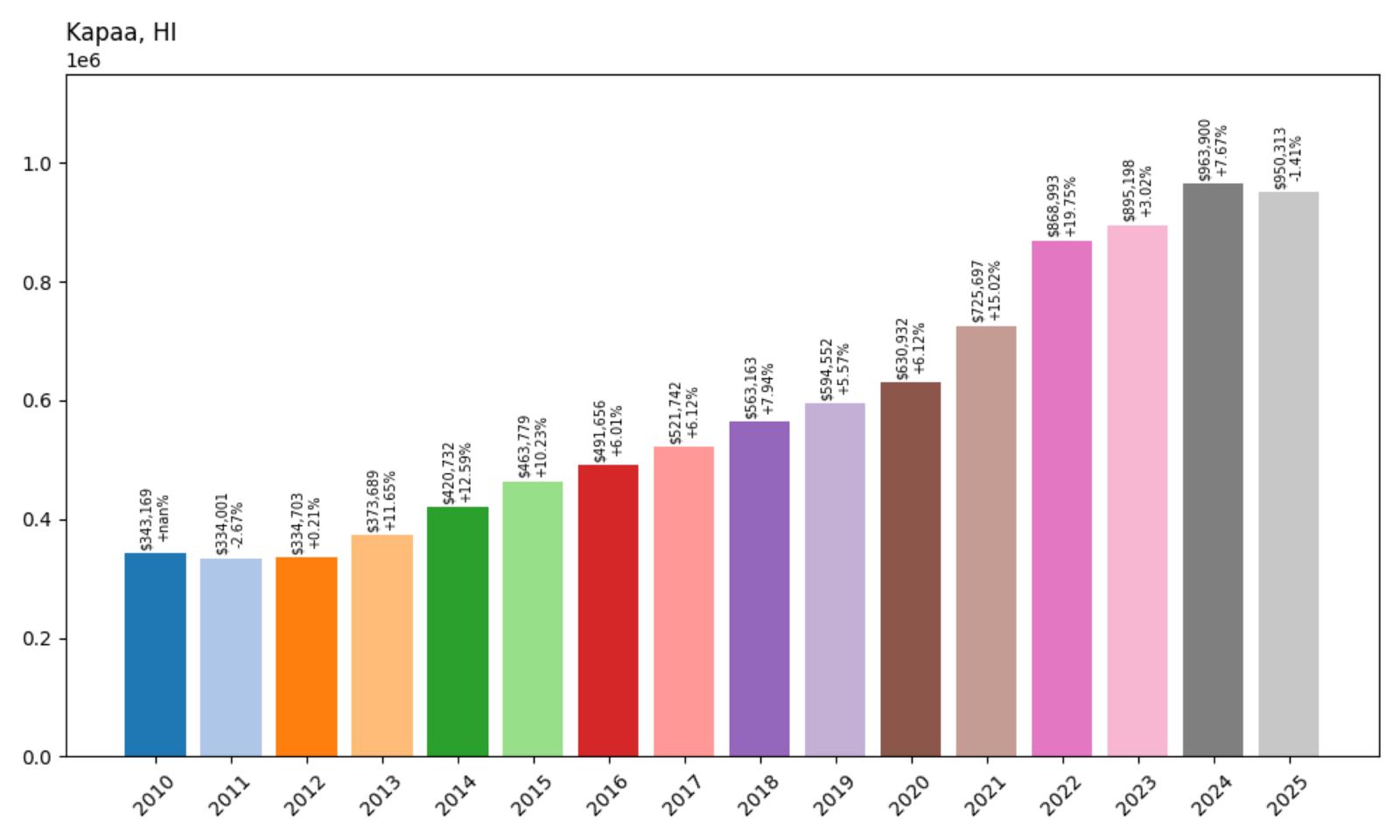
- 2010: $343,169
- 2011: $334,001 (−$9,168, −2.67% from previous year)
- 2012: $334,703 (+$702, +0.21% from previous year)
- 2013: $373,689 (+$38,985, +11.65% from previous year)
- 2014: $420,732 (+$47,043, +12.59% from previous year)
- 2015: $463,779 (+$43,047, +10.23% from previous year)
- 2016: $491,656 (+$27,877, +6.01% from previous year)
- 2017: $521,742 (+$30,086, +6.12% from previous year)
- 2018: $563,163 (+$41,421, +7.94% from previous year)
- 2019: $594,552 (+$31,389, +5.57% from previous year)
- 2020: $630,932 (+$36,380, +6.12% from previous year)
- 2021: $725,697 (+$94,764, +15.02% from previous year)
- 2022: $868,993 (+$143,297, +19.75% from previous year)
- 2023: $895,198 (+$26,205, +3.02% from previous year)
- 2024: $963,900 (+$68,702, +7.67% from previous year)
- 2025: $950,313 (−$13,587, −1.41% from previous year)
Kapaa achieved extraordinary growth, with median home prices nearly tripling from $343,169 in 2010 to $950,313 in 2025. The 177% increase represents one of Hawaii’s most dramatic price transformations, with particularly strong gains during the mid-2010s and pandemic years. Despite starting as one of the more affordable coastal communities, Kapaa now commands prices approaching $1 million.
Kapaa – Kauai’s Coconut Coast Gateway
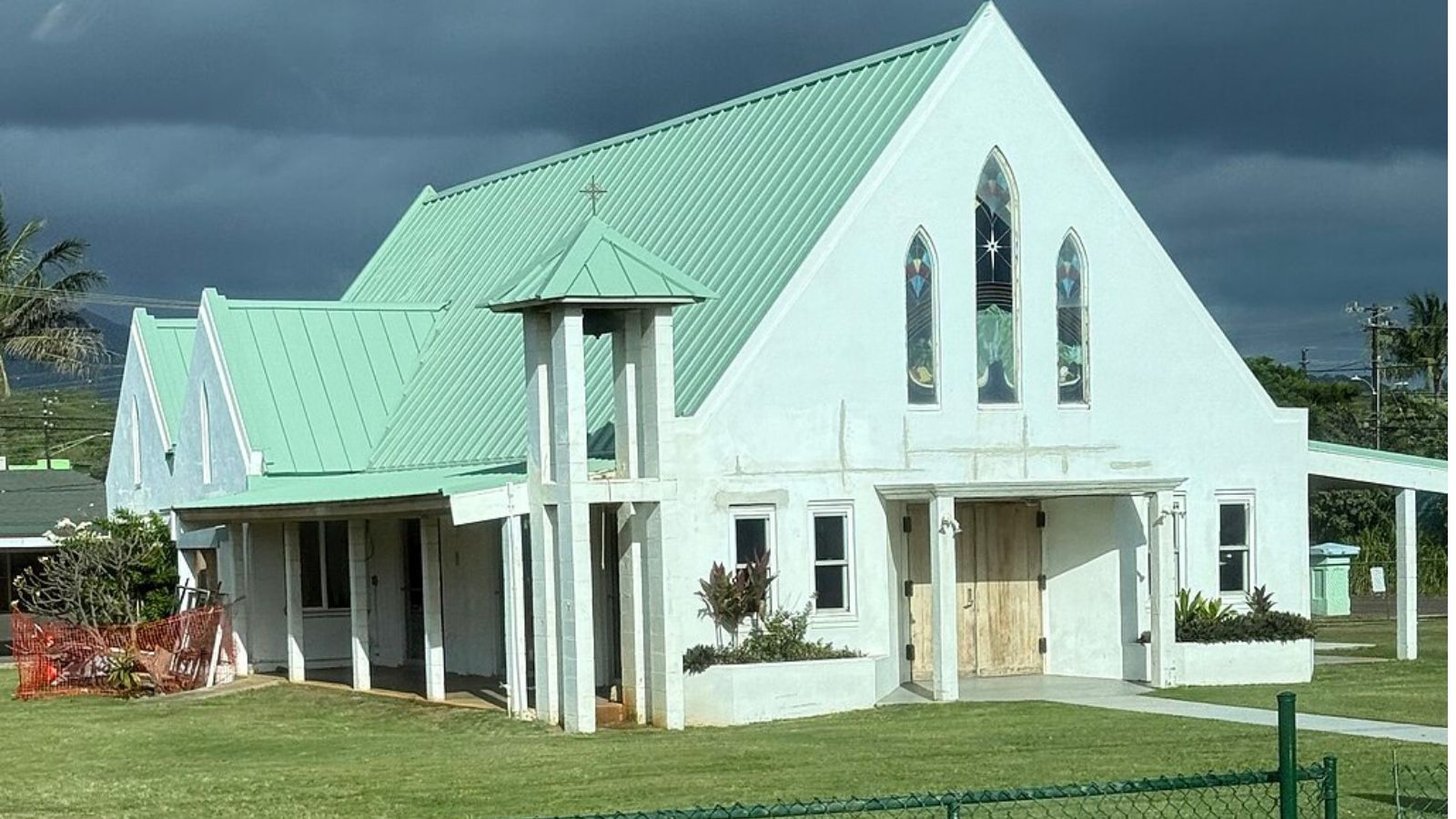
Kapaa serves as the primary commercial center for Kauai’s eastern shore, stretching along the scenic Coconut Coast with its palm-lined beaches and historic coconut groves. The town combines small-town charm with essential services, featuring the island’s largest shopping center, numerous restaurants, and accommodations ranging from vacation rentals to luxury resorts. Kapaa’s central location provides easy access to both Lihue’s government services and the dramatic landscapes of the North Shore, making it a hub for both residents and visitors exploring the Garden Isle.
The community’s appeal extends from its beautiful beaches and coastal bike path to its vibrant arts scene and weekly farmers market. Many residents work in tourism, agriculture, or government services, while retirees and remote workers increasingly call Kapaa home for its relaxed pace and natural beauty. The dramatic price appreciation reflects Kauai’s severe housing shortage, where limited developable land meets growing demand from both local families and mainland buyers seeking tropical paradise with modern amenities.
The town’s transformation from an affordable working community to a nearly million-dollar market illustrates the broader challenges facing Hawaii’s local populations, as teachers, nurses, and service workers find themselves priced out of communities they’ve served for generations. Kapaa’s evolution mirrors that of many Hawaiian towns where natural beauty and limited supply create irresistible pressure on housing costs.
24. Ninole – 52% Home Price Increase Since 2018
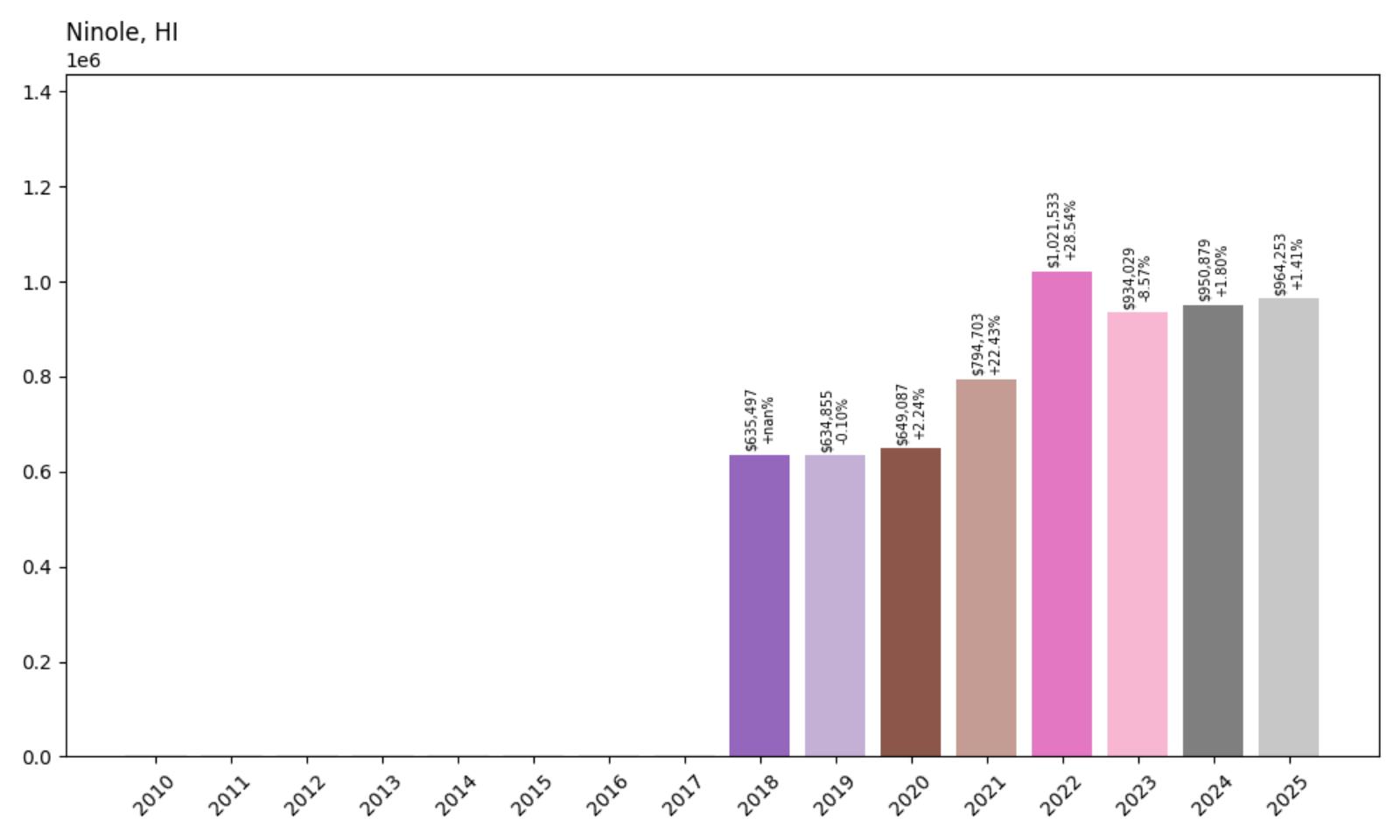
- 2010: N/A
- 2011: N/A
- 2012: N/A
- 2013: N/A
- 2014: N/A
- 2015: N/A
- 2016: N/A
- 2017: N/A
- 2018: $635,497
- 2019: $634,855 (−$642, −0.10% from previous year)
- 2020: $649,087 (+$14,232, +2.24% from previous year)
- 2021: $794,703 (+$145,616, +22.43% from previous year)
- 2022: $1,021,533 (+$226,830, +28.54% from previous year)
- 2023: $934,029 (−$87,504, −8.57% from previous year)
- 2024: $950,879 (+$16,850, +1.80% from previous year)
- 2025: $964,253 (+$13,374, +1.41% from previous year)
Despite having only seven years of data, Ninole shows remarkable price acceleration, climbing 52% from $635,497 in 2018 to $964,253 in 2025. The most dramatic surge occurred during 2021-2022, when pandemic demand pushed prices above $1 million before settling at current levels just below that threshold. The community’s rapid appreciation reflects the Big Island’s growing appeal among luxury home buyers.
Ninole – Big Island’s Remote Paradise
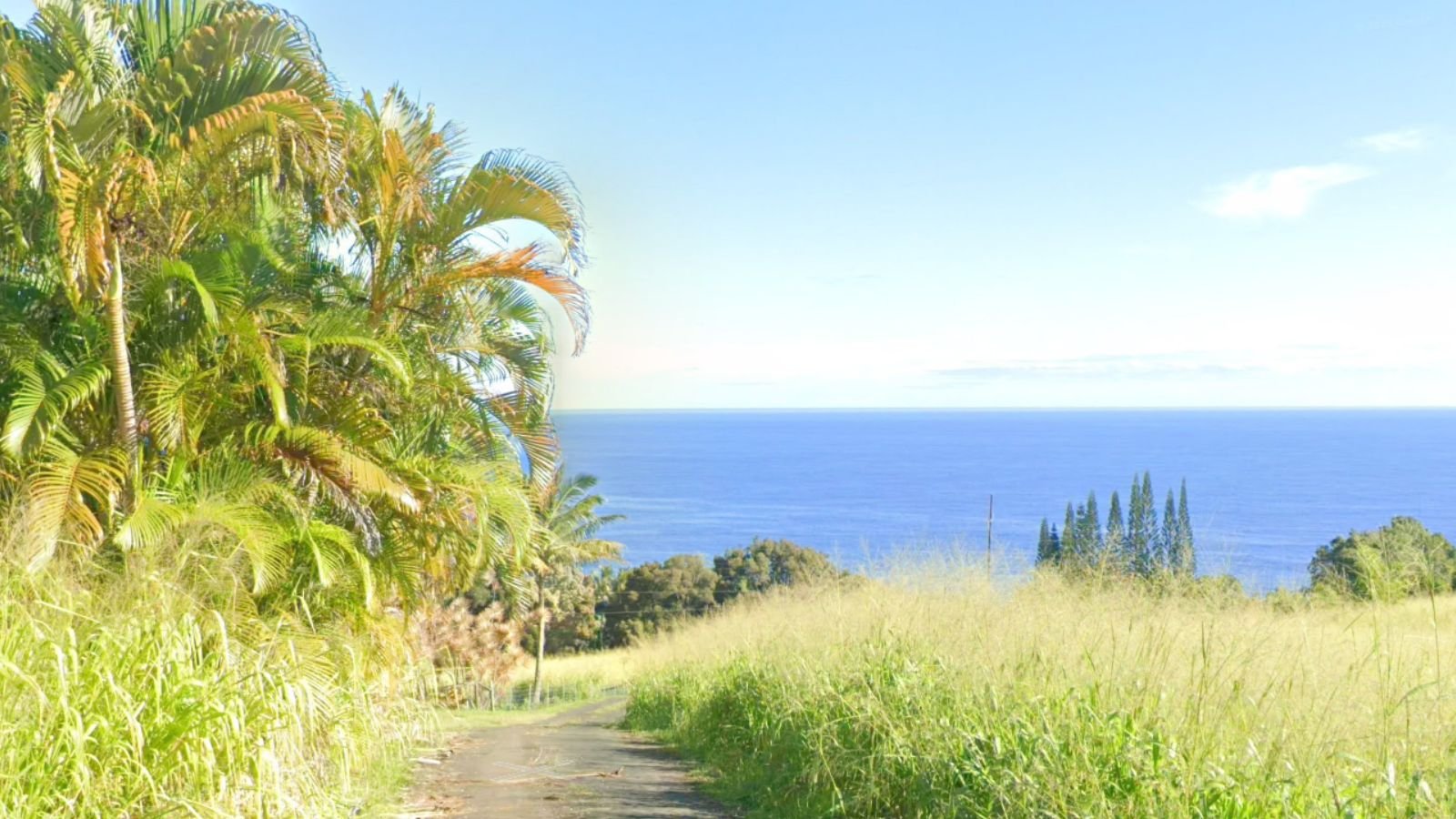
Ninole represents one of the Big Island’s most secluded residential communities, nestled in the lush Hamakua Coast region known for its dramatic gulches, tropical rainforests, and historic sugar plantation heritage. This small community offers residents ultimate privacy and natural beauty, with homes often featuring large lots amid native Hawaiian vegetation and stunning ocean or mountain views. The area’s isolation appeals to those seeking an authentic Hawaiian lifestyle away from tourist crowds and urban development.
The region’s rich volcanic soil and abundant rainfall create an ideal environment for tropical agriculture, with many properties featuring fruit trees, coffee plants, and exotic flowers. Ninole’s appeal has grown among affluent buyers seeking luxury estates in pristine natural settings, contributing to the recent price surge. The community’s remote location requires self-sufficiency and acceptance of limited services, but rewards residents with unparalleled tranquility and connection to Hawaii’s natural environment.
Access to Ninole requires navigating winding country roads through rainforest and gulch terrain, ensuring the community remains exclusive and undeveloped. The recent price appreciation reflects growing demand from buyers willing to pay premium prices for privacy, natural beauty, and the chance to own a piece of old Hawaii largely unchanged by modern development.
23. Waialua – 121% Home Price Increase Since 2010
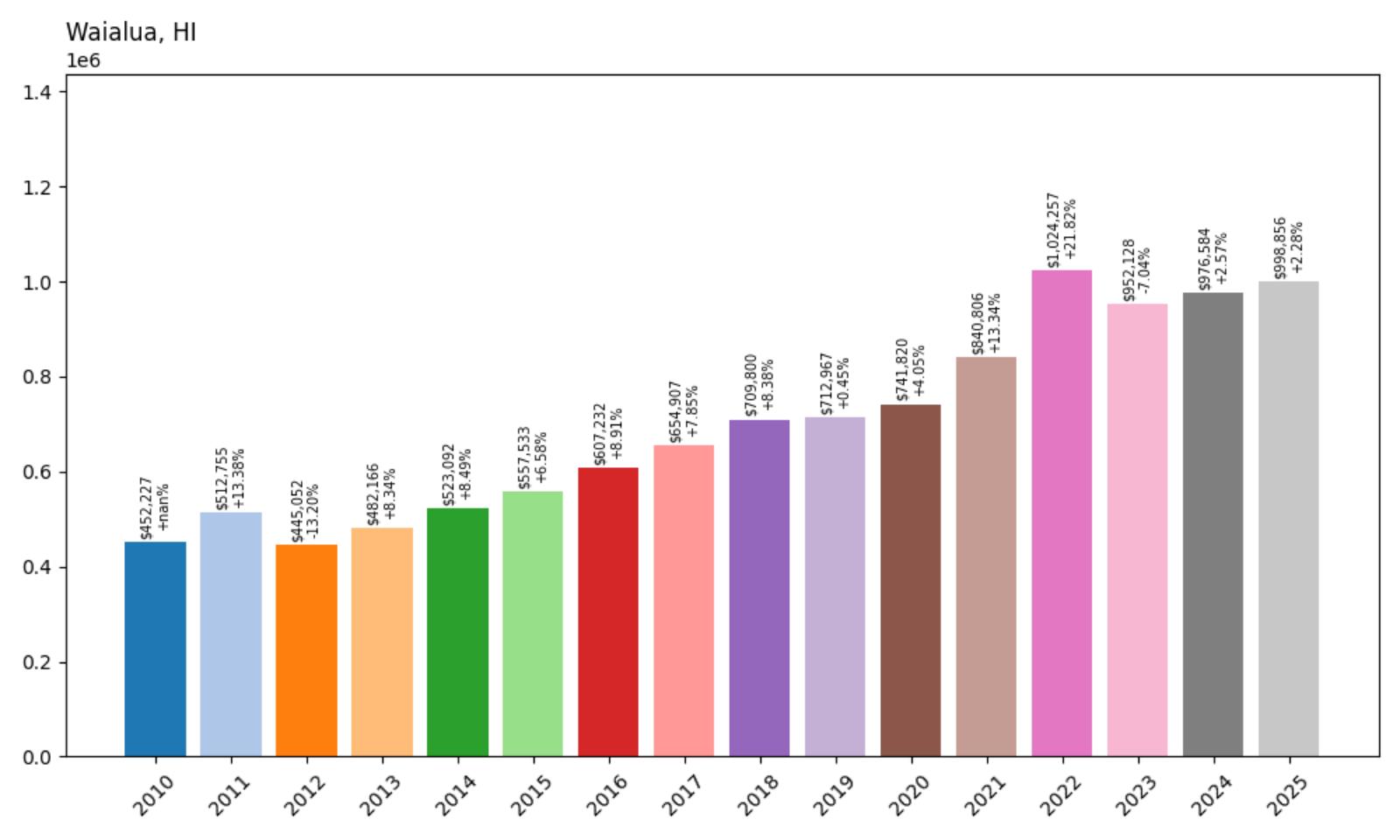
- 2010: $452,227
- 2011: $512,755 (+$60,529, +13.38% from previous year)
- 2012: $445,052 (−$67,703, −13.20% from previous year)
- 2013: $482,166 (+$37,114, +8.34% from previous year)
- 2014: $523,092 (+$40,926, +8.49% from previous year)
- 2015: $557,533 (+$34,441, +6.58% from previous year)
- 2016: $607,232 (+$49,698, +8.91% from previous year)
- 2017: $654,907 (+$47,676, +7.85% from previous year)
- 2018: $709,800 (+$54,893, +8.38% from previous year)
- 2019: $712,967 (+$3,167, +0.45% from previous year)
- 2020: $741,820 (+$28,853, +4.05% from previous year)
- 2021: $840,806 (+$98,986, +13.34% from previous year)
- 2022: $1,024,257 (+$183,451, +21.82% from previous year)
- 2023: $952,128 (−$72,129, −7.04% from previous year)
- 2024: $976,584 (+$24,456, +2.57% from previous year)
- 2025: $998,856 (+$22,272, +2.28% from previous year)
Waialua more than doubled in value over 15 years, climbing from $452,227 in 2010 to $998,856 in 2025. The community showed volatile early performance before settling into steady growth through the 2010s. The pandemic years brought dramatic acceleration, pushing prices above $1 million in 2022 before stabilizing just below that milestone. The 121% increase reflects North Shore’s growing desirability among affluent buyers.
Waialua – North Shore’s Agricultural Heritage
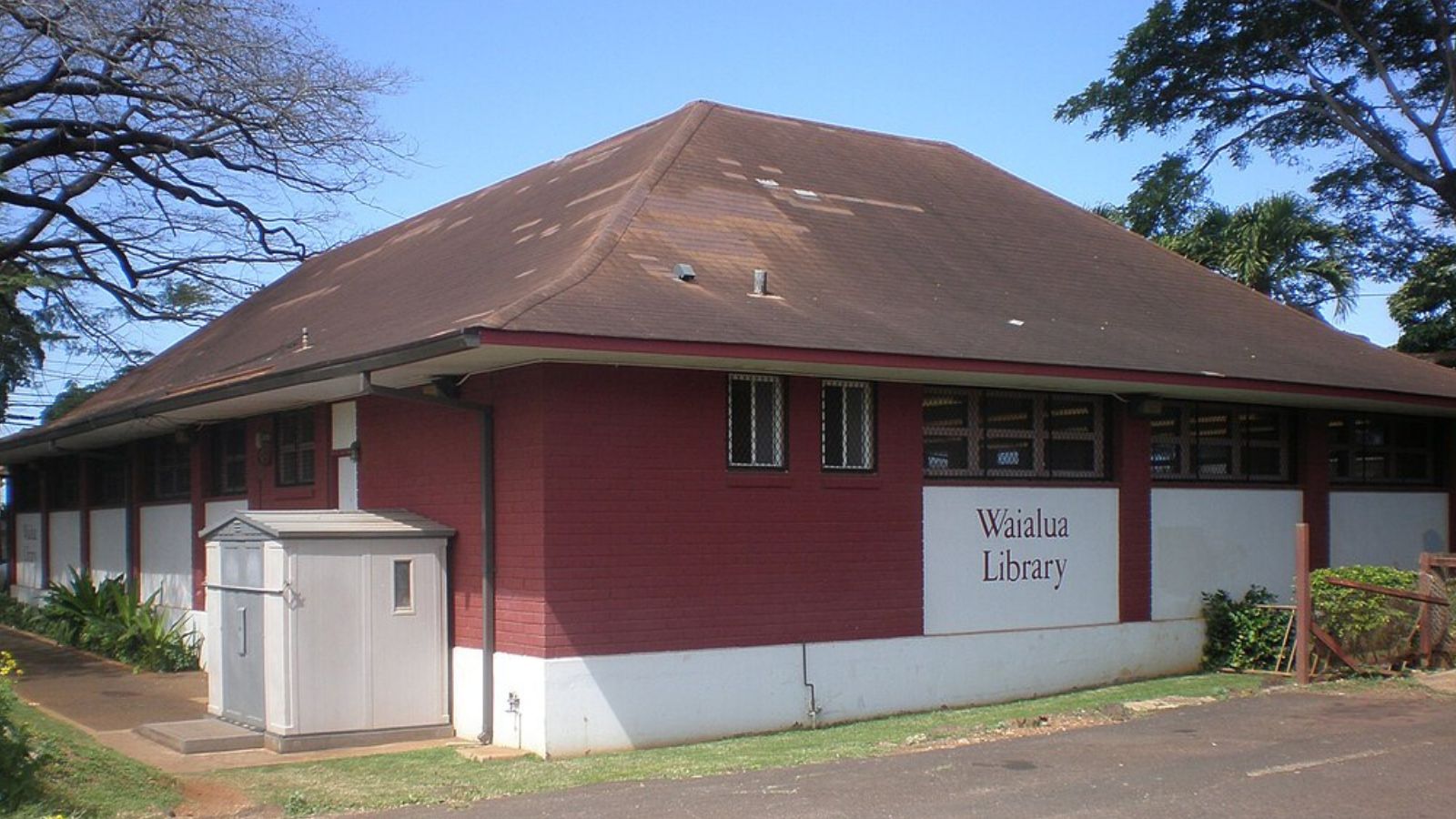
Waialua preserves Oahu’s agricultural traditions while serving as gateway to the world-famous North Shore surfing beaches. This rural community combines working farms and ranches with residential properties, maintaining a country atmosphere just miles from Pipeline, Sunset Beach, and other legendary surf breaks. The town’s historic sugar mill, though no longer operational, stands as a reminder of Hawaii’s plantation era, while modern diversified agriculture continues to thrive on the fertile North Shore plains.
The area attracts residents seeking a rural lifestyle with proximity to some of the world’s most beautiful beaches and surf spots. Many properties feature large lots suitable for horses, organic farming, or simply enjoying wide-open spaces rarely found elsewhere on Oahu. Waialua’s appeal has grown among professionals who can work remotely while living in paradise, as well as retirees seeking a peaceful retreat with easy access to outdoor recreation.
The recent price surge reflects the North Shore’s transformation from a primarily local and agricultural area to one of Hawaii’s most sought-after residential regions. The nearly $1 million median home price represents a dramatic shift for a community that historically provided affordable housing for farmers, surfers, and other residents drawn to the area’s laid-back lifestyle and natural beauty.
22. Kahuku – 154% Home Price Increase Since 2010
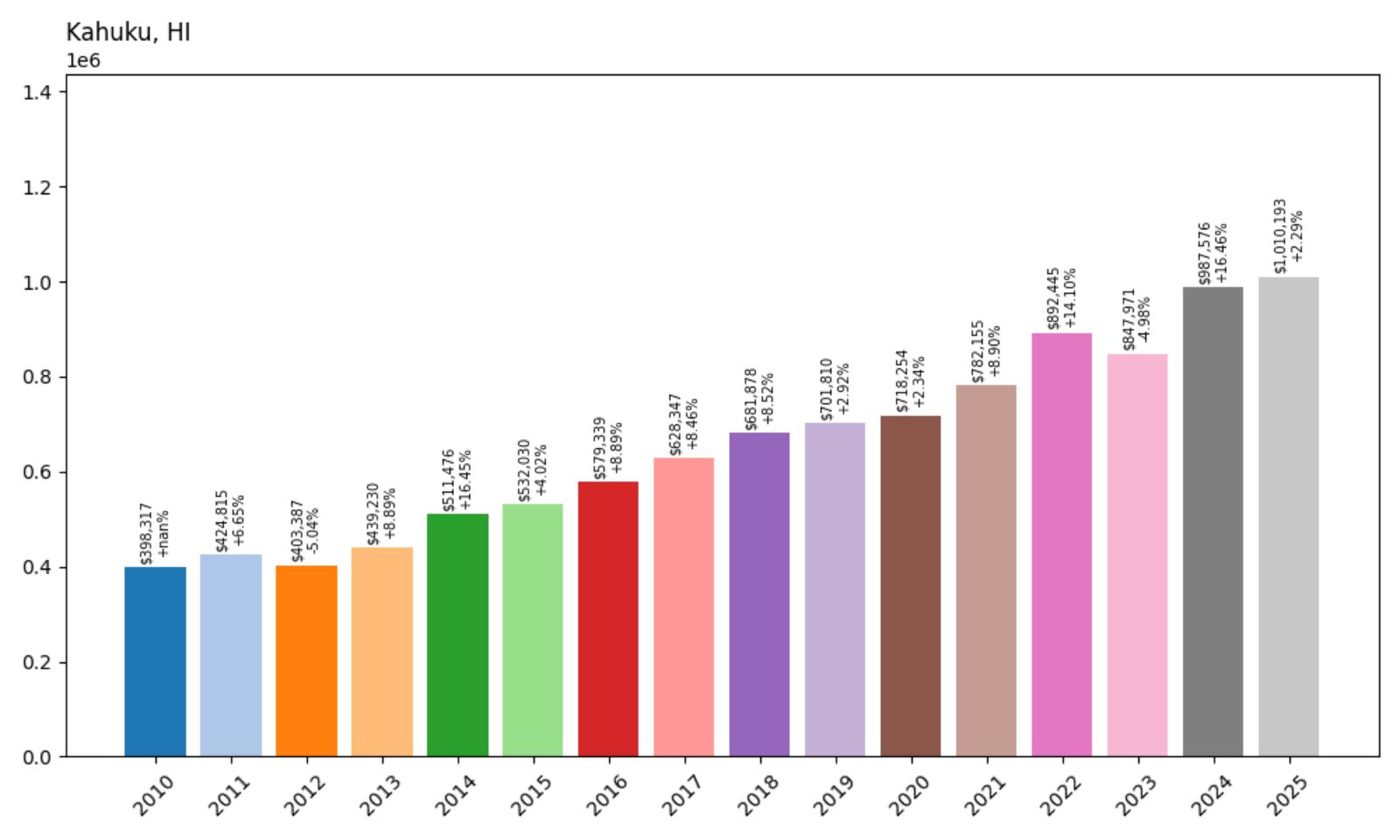
- 2010: $398,317
- 2011: $424,815 (+$26,498, +6.65% from previous year)
- 2012: $403,387 (−$21,428, −5.04% from previous year)
- 2013: $439,230 (+$35,843, +8.89% from previous year)
- 2014: $511,476 (+$72,246, +16.45% from previous year)
- 2015: $532,030 (+$20,554, +4.02% from previous year)
- 2016: $579,339 (+$47,309, +8.89% from previous year)
- 2017: $628,347 (+$49,008, +8.46% from previous year)
- 2018: $681,878 (+$53,531, +8.52% from previous year)
- 2019: $701,810 (+$19,932, +2.92% from previous year)
- 2020: $718,254 (+$16,444, +2.34% from previous year)
- 2021: $782,155 (+$63,901, +8.90% from previous year)
- 2022: $892,445 (+$110,289, +14.10% from previous year)
- 2023: $847,971 (−$44,473, −4.98% from previous year)
- 2024: $987,576 (+$139,605, +16.46% from previous year)
- 2025: $1,010,193 (+$22,617, +2.29% from previous year)
Kahuku achieved remarkable transformation, with median home prices rising 154% from $398,317 in 2010 to $1,010,193 in 2025. The community maintained steady growth throughout the 2010s before experiencing recent acceleration that pushed prices above the $1 million threshold. The strong performance in 2024 suggests continued demand for North Shore properties despite already elevated price levels.
Kahuku – North Shore’s Rural Gateway
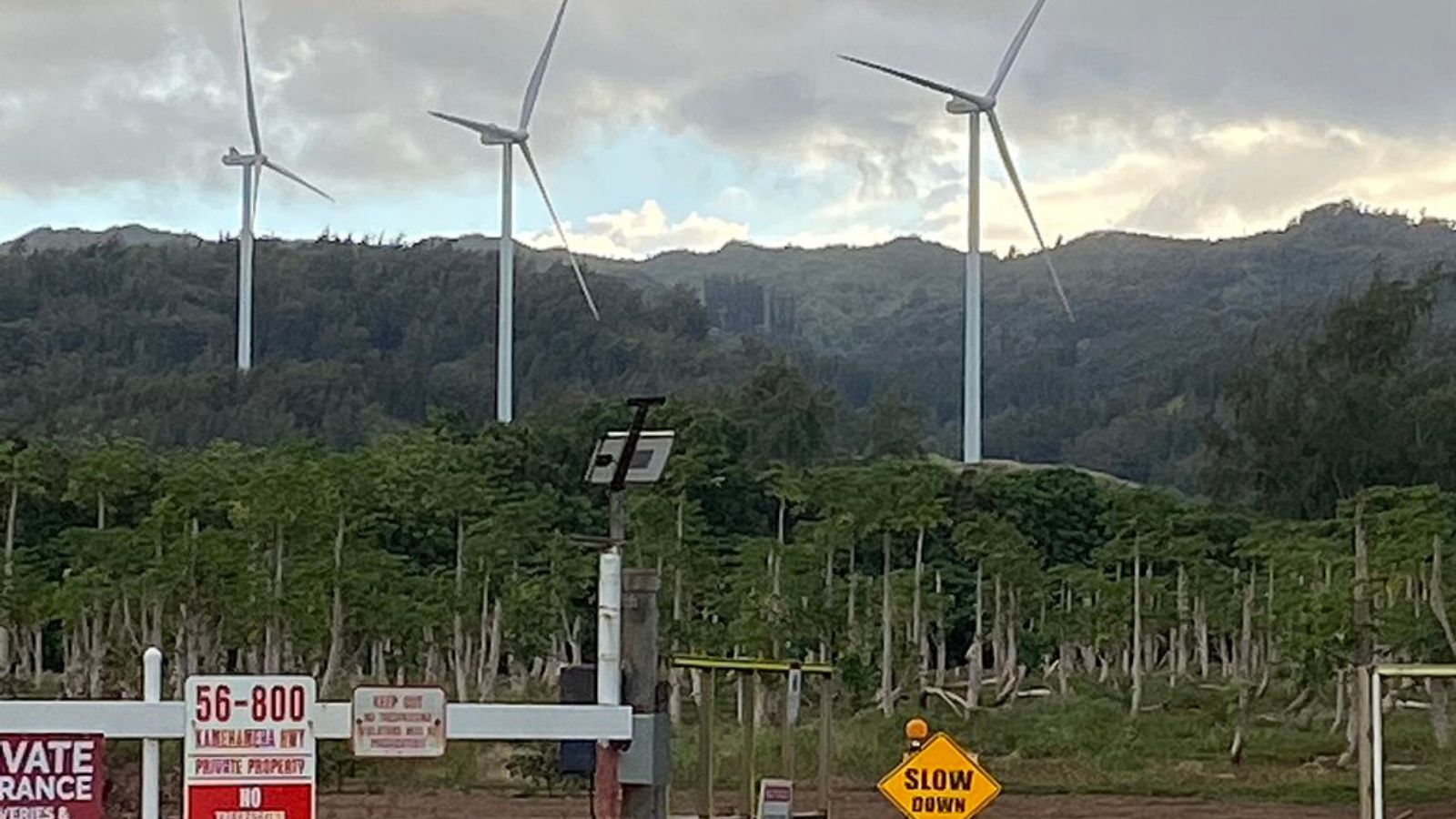
Kahuku occupies the northernmost point of Oahu, where rural farmland meets some of the world’s most spectacular surfing beaches. This agricultural community has long served as home to diversified farms, aquaculture operations, and the famous Kahuku shrimp trucks that attract visitors from across the island. The town’s rural character provides a stark contrast to urban Honolulu, offering residents wide-open spaces, country living, and direct access to pristine North Shore beaches.
The area’s appeal has grown dramatically as remote work enables more people to live in paradise while maintaining mainland careers. Kahuku’s large agricultural lots attract buyers seeking room for horses, organic farming, or simply space to enjoy Hawaii’s outdoor lifestyle. The community’s proximity to world-class surfing, fishing, and hiking creates unique appeal for outdoor enthusiasts and those seeking an authentic Hawaiian experience.
The recent surge above $1 million median prices represents a fundamental shift for a community historically known for affordable rural living and agricultural pursuits. Long-time residents who farmed shrimp, raised cattle, or grew tropical fruits now find their properties valued at levels that reflect Kahuku’s evolution from working agricultural land to one of Hawaii’s most desirable rural residential areas.
21. Waimea – 98% Home Price Increase Since 2015
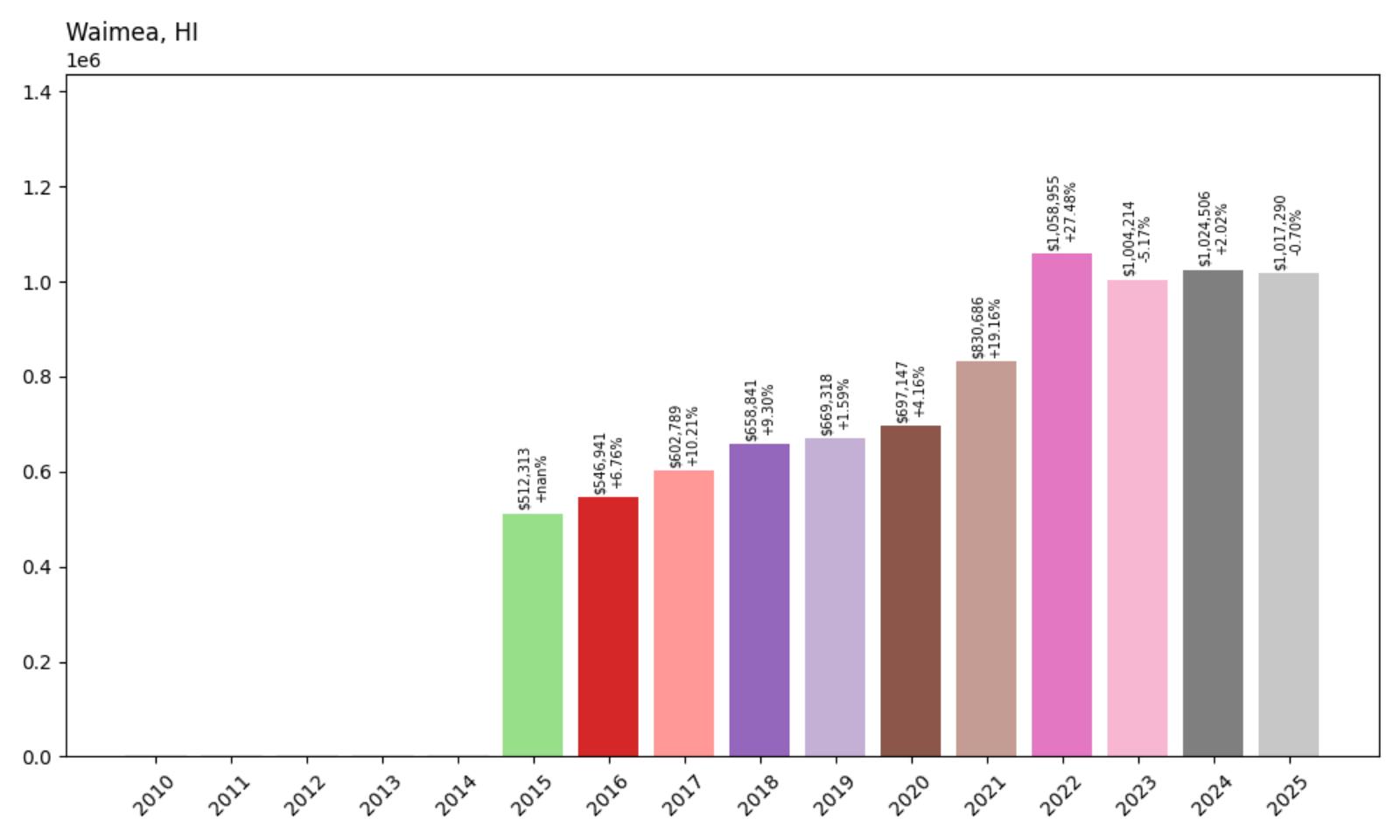
- 2010: N/A
- 2011: N/A
- 2012: N/A
- 2013: N/A
- 2014: N/A
- 2015: $512,313
- 2016: $546,941 (+$34,629, +6.76% from previous year)
- 2017: $602,789 (+$55,848, +10.21% from previous year)
- 2018: $658,841 (+$56,051, +9.30% from previous year)
- 2019: $669,318 (+$10,477, +1.59% from previous year)
- 2020: $697,147 (+$27,829, +4.16% from previous year)
- 2021: $830,686 (+$133,539, +19.16% from previous year)
- 2022: $1,058,955 (+$228,269, +27.48% from previous year)
- 2023: $1,004,214 (−$54,741, −5.17% from previous year)
- 2024: $1,024,506 (+$20,292, +2.02% from previous year)
- 2025: $1,017,290 (−$7,217, −0.70% from previous year)
Waimea nearly doubled in value over the past decade, climbing from $512,313 in 2015 to $1,017,290 in 2025. The Big Island community experienced steady appreciation through the late 2010s before pandemic demand drove dramatic acceleration in 2021-2022. Despite recent stabilization just above $1 million, the 98% increase reflects strong demand for upcountry living with cooler temperatures and rural charm.
Waimea – Big Island’s Paniolo Country
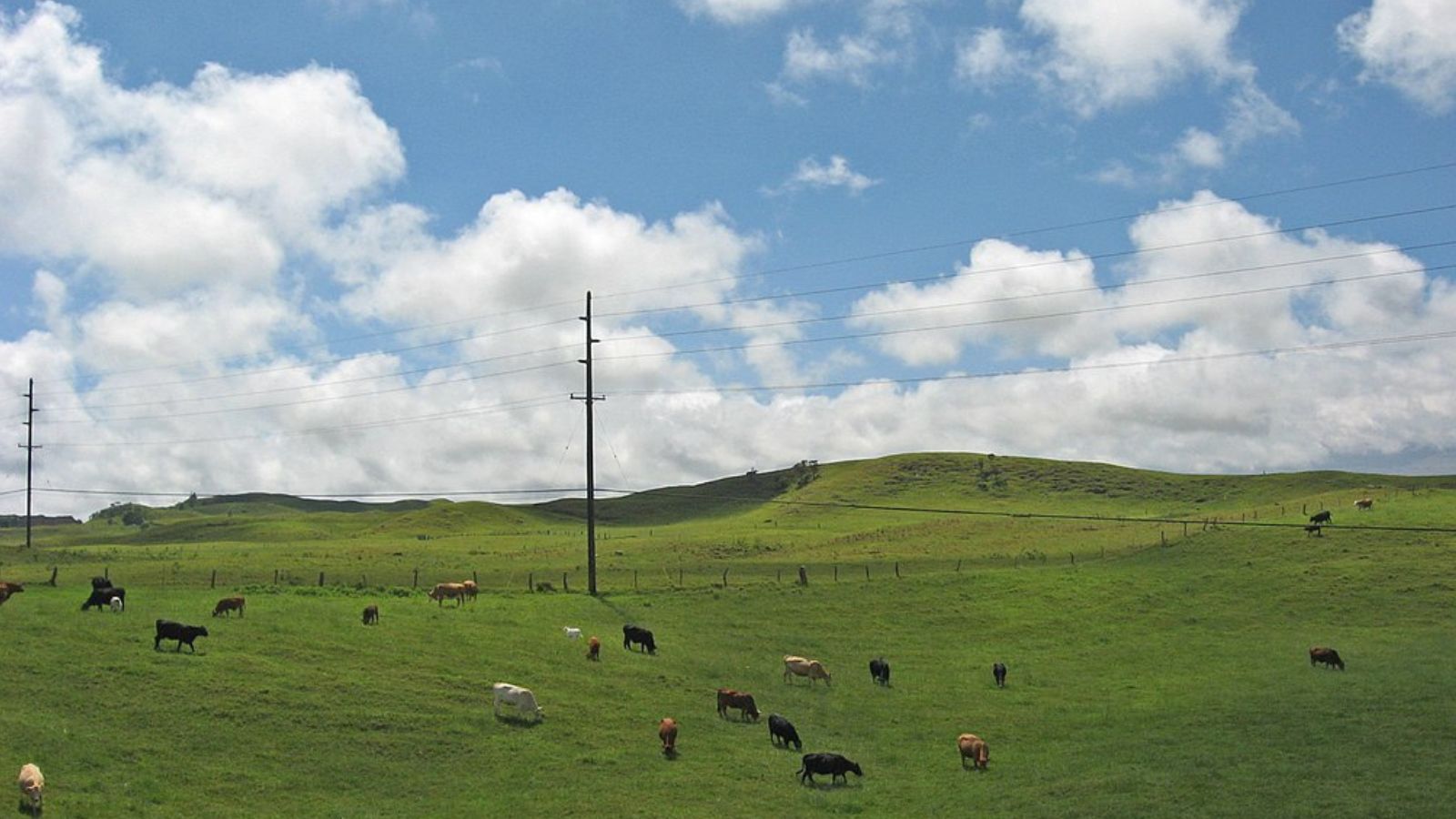
Waimea stands as the heart of Hawaii’s paniolo (cowboy) culture, where rolling green pastures and cattle ranches create a landscape more reminiscent of Montana than tropical paradise. Located on the Big Island’s upcountry slopes at 2,600 feet elevation, this ranching community enjoys cool temperatures, spectacular mountain and ocean views, and a distinctly different character from coastal Hawaii. The historic Parker Ranch, one of the largest cattle operations in the United States, has shaped the area’s identity for over 160 years.
The town attracts residents seeking a rural lifestyle with modern amenities, including excellent schools, healthcare facilities, and cultural attractions like the Kahilu Theatre. Waimea’s elevation provides relief from tropical heat while maintaining easy access to both the Kohala Coast’s luxury resorts and Hilo’s urban services. The community appeals particularly to retirees, horse enthusiasts, and professionals who appreciate the unique blend of Hawaiian and Western ranch culture.
The recent price surge above $1 million reflects growing demand from buyers seeking an authentic Hawaiian experience beyond beaches and resorts. Waimea’s combination of cooler climate, spectacular scenery, and rich cultural heritage creates unique appeal for those willing to pay premium prices for a piece of paniolo paradise in one of Hawaii’s most distinctive communities.
20. Kaaawa – 105% Home Price Increase Since 2010
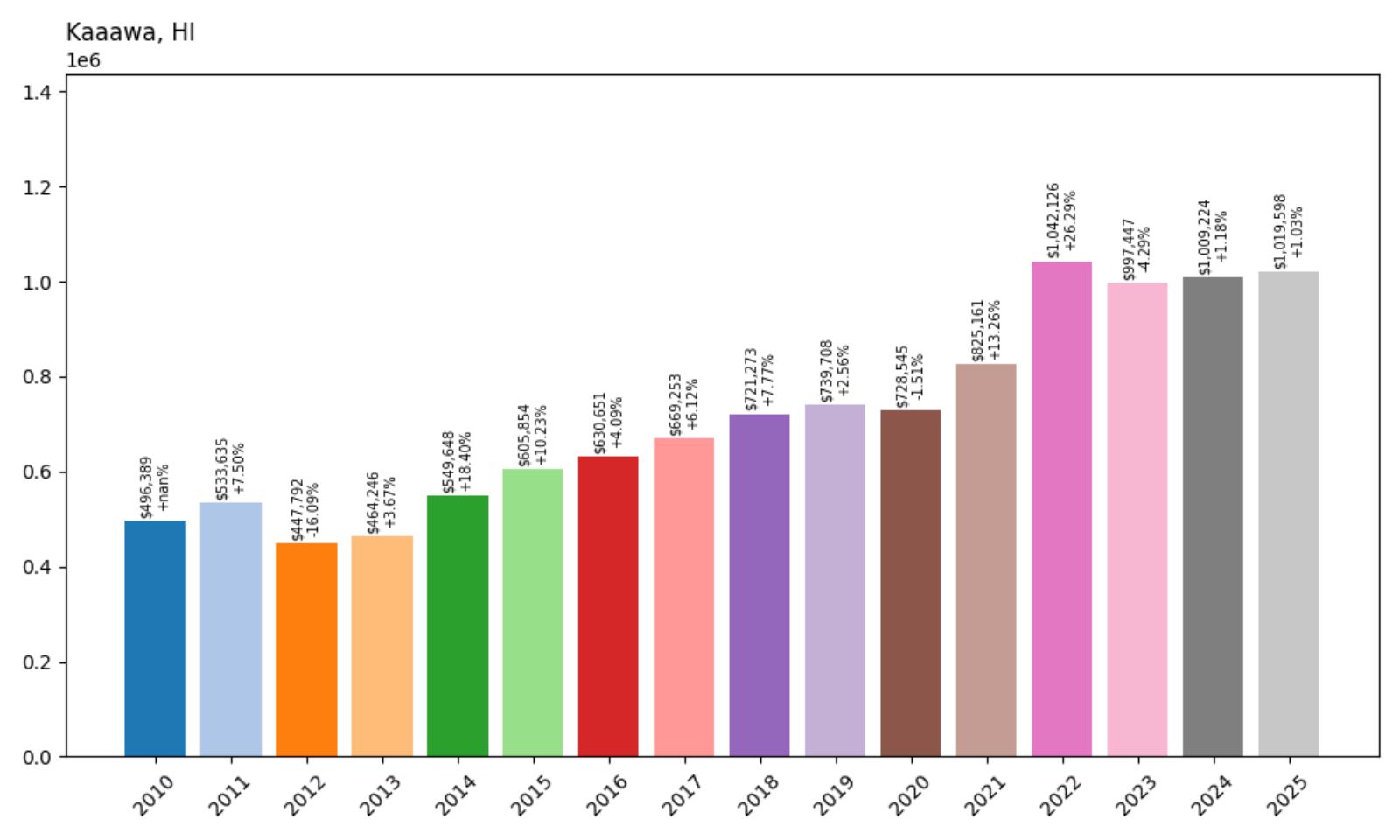
- 2010: $496,389
- 2011: $533,635 (+$37,246, +7.50% from previous year)
- 2012: $447,792 (−$85,842, −16.09% from previous year)
- 2013: $464,246 (+$16,454, +3.67% from previous year)
- 2014: $549,648 (+$85,402, +18.40% from previous year)
- 2015: $605,854 (+$56,205, +10.23% from previous year)
- 2016: $630,651 (+$24,797, +4.09% from previous year)
- 2017: $669,253 (+$38,602, +6.12% from previous year)
- 2018: $721,273 (+$52,019, +7.77% from previous year)
- 2019: $739,708 (+$18,435, +2.56% from previous year)
- 2020: $728,545 (−$11,163, −1.51% from previous year)
- 2021: $825,161 (+$96,615, +13.26% from previous year)
- 2022: $1,042,126 (+$216,965, +26.29% from previous year)
- 2023: $997,447 (−$44,678, −4.29% from previous year)
- 2024: $1,009,224 (+$11,776, +1.18% from previous year)
- 2025: $1,019,598 (+$10,374, +1.03% from previous year)
Kaaawa achieved impressive growth despite early volatility, with median home prices doubling from $496,389 in 2010 to $1,019,598 in 2025. The community weathered significant fluctuation during the early 2010s before establishing consistent upward momentum. The pandemic years brought dramatic acceleration, pushing prices above $1 million and establishing Kaaawa among Oahu’s most expensive residential areas.
Kaaawa – Windward Oahu’s Scenic Sanctuary
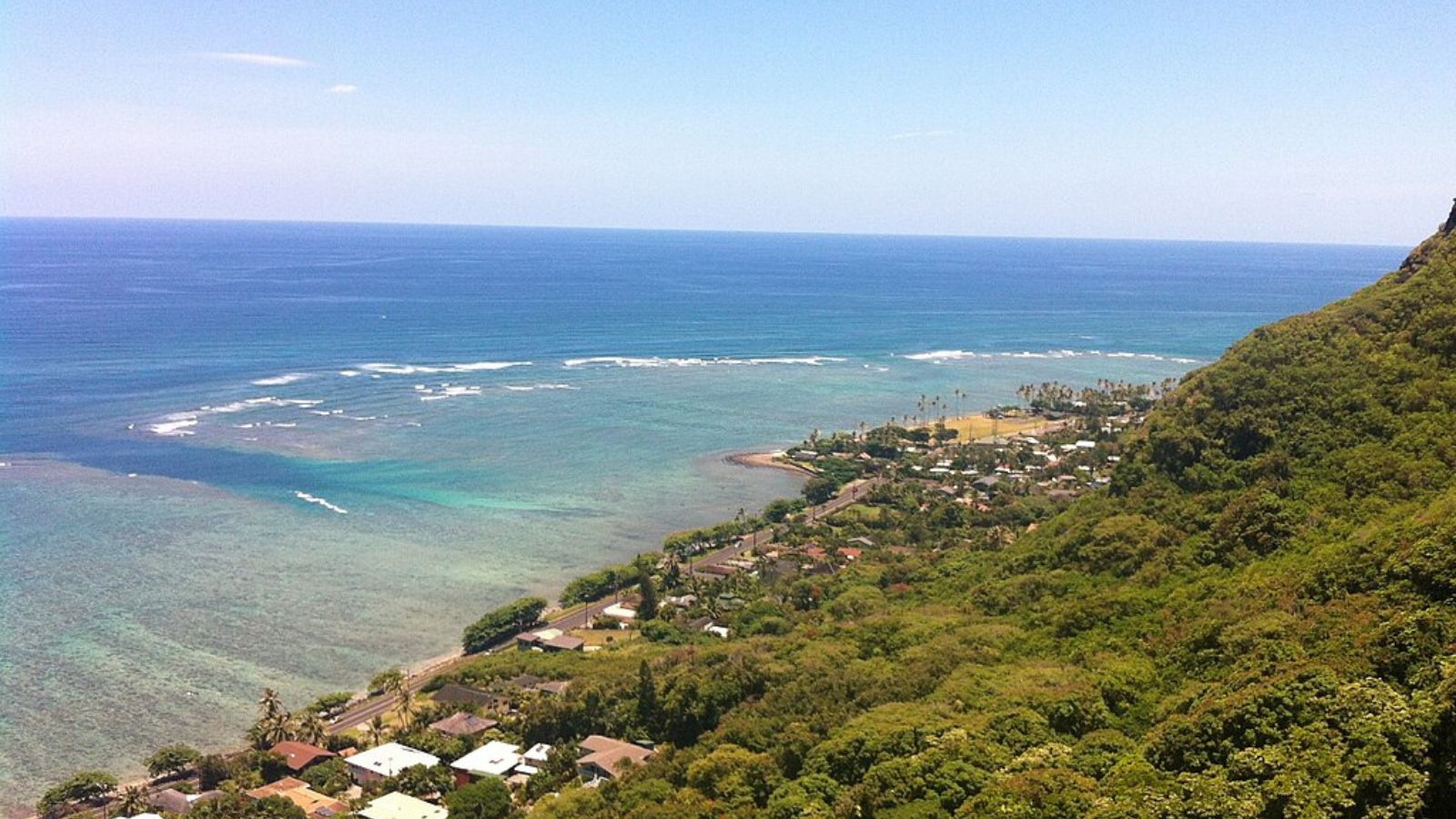
Kaaawa occupies one of Oahu’s most dramatically beautiful settings, nestled between towering fluted cliffs and pristine beaches along the windward coast. This small rural community offers residents an authentic Hawaiian lifestyle with stunning natural scenery, from the iconic Kualoa Ranch’s movie-famous landscapes to Kaneohe Bay’s crystal-clear waters. The area’s isolation from urban development preserves its rural character while providing easy access to outdoor recreation including fishing, hiking, and water sports.
The community’s appeal lies in its combination of natural beauty and authentic Hawaiian character, attracting residents who value privacy and connection to the land and sea. Many properties feature large lots with tropical landscaping, ocean or mountain views, and the space to enjoy Hawaii’s outdoor lifestyle. Kaaawa’s proximity to Kualoa Ranch, a working cattle ranch and popular filming location, adds to its mystique and appeal among those seeking a taste of old Hawaii.
The surge above $1 million median prices reflects growing demand from affluent buyers seeking exclusive properties in one of Oahu’s most scenic and undeveloped areas. The community’s transformation from an affordable rural enclave to a million-dollar market illustrates the broader pressure on Hawaii’s limited coastal land, where natural beauty and scarcity create irresistible upward pressure on real estate values.
19. Kahului – 172% Home Price Increase Since 2010
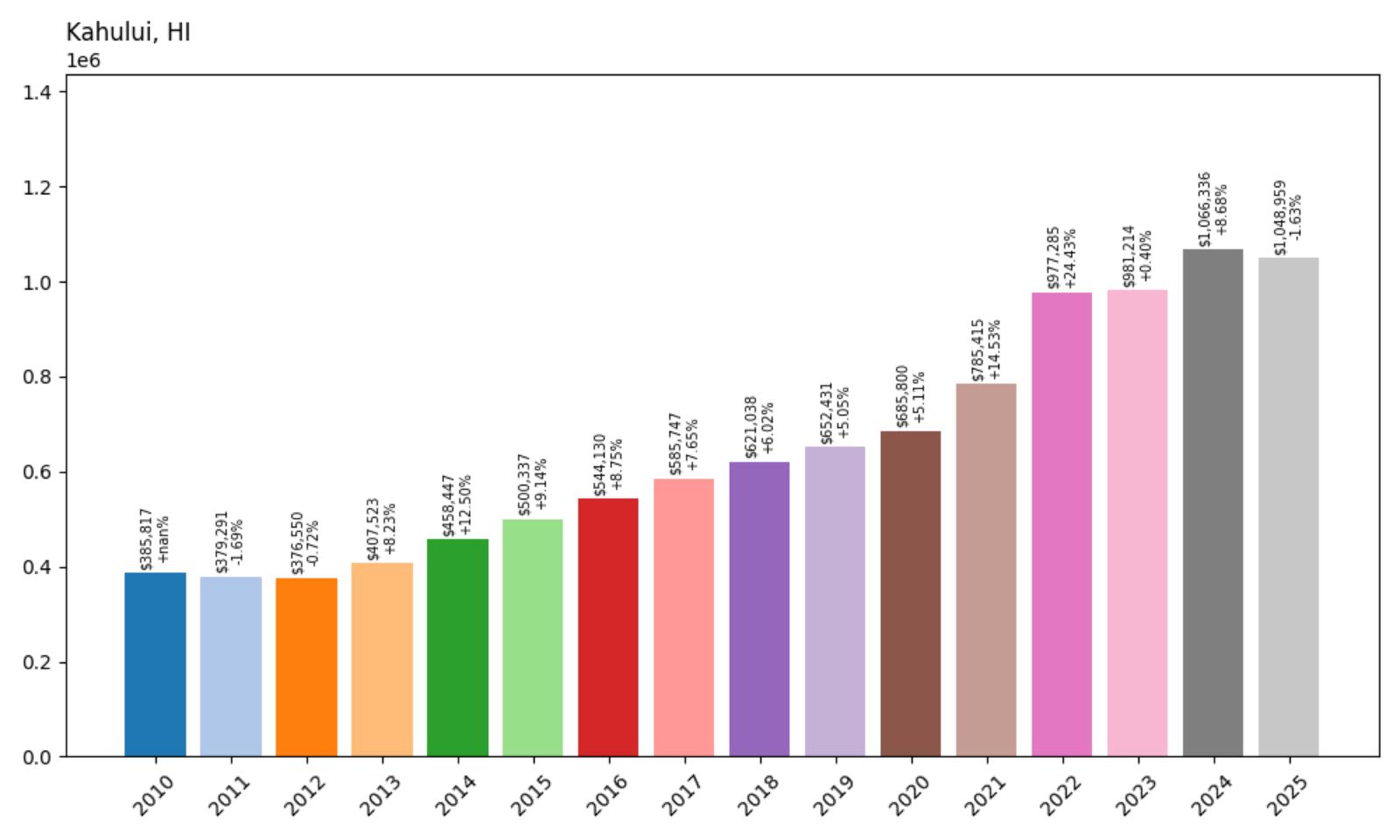
- 2010: $385,817
- 2011: $379,291 (−$6,526, −1.69% from previous year)
- 2012: $376,550 (−$2,741, −0.72% from previous year)
- 2013: $407,523 (+$30,973, +8.23% from previous year)
- 2014: $458,447 (+$50,925, +12.50% from previous year)
- 2015: $500,337 (+$41,890, +9.14% from previous year)
- 2016: $544,130 (+$43,793, +8.75% from previous year)
- 2017: $585,747 (+$41,617, +7.65% from previous year)
- 2018: $621,038 (+$35,291, +6.02% from previous year)
- 2019: $652,431 (+$31,393, +5.05% from previous year)
- 2020: $685,800 (+$33,369, +5.11% from previous year)
- 2021: $785,415 (+$99,615, +14.53% from previous year)
- 2022: $977,285 (+$191,870, +24.43% from previous year)
- 2023: $981,214 (+$3,929, +0.40% from previous year)
- 2024: $1,066,336 (+$85,122, +8.68% from previous year)
- 2025: $1,048,959 (−$17,377, −1.63% from previous year)
Kahului demonstrated exceptional appreciation, with median home prices climbing 172% from $385,817 in 2010 to $1,048,959 in 2025. The community maintained remarkably consistent growth throughout the 2010s before experiencing pandemic-era acceleration that pushed prices above $1 million. Recent performance suggests continued strong demand for Maui’s commercial and transportation hub.
Kahului – Maui’s Commercial Heart

Kahului serves as Maui’s primary commercial and transportation center, housing the island’s main airport, major harbor facilities, and largest shopping centers. This centrally located community provides essential services and employment for much of Maui, from government offices and healthcare facilities to retail and tourism support industries. Kahului’s practical character contrasts with the island’s resort areas, but its central location and urban amenities attract residents seeking convenience and job opportunities.
The town’s appeal extends beyond its commercial importance to include affordable housing options compared to resort areas like Wailea or Lahaina. Many working families choose Kahului for its proximity to employment, schools, and services, while retirees appreciate the convenience of medical facilities and shopping without resort-area prices. The community’s diversity reflects Maui’s broader population, with long-time local families living alongside newcomers drawn by job opportunities and island living.
The dramatic price surge above $1 million represents a fundamental shift for a community that historically provided affordable housing for Maui’s workforce. Teachers, nurses, retail workers, and other essential employees who keep the island functioning increasingly find themselves priced out of the communities they serve, creating ongoing challenges for businesses and services that depend on local labor.
18. Kalaheo – 145% Home Price Increase Since 2010
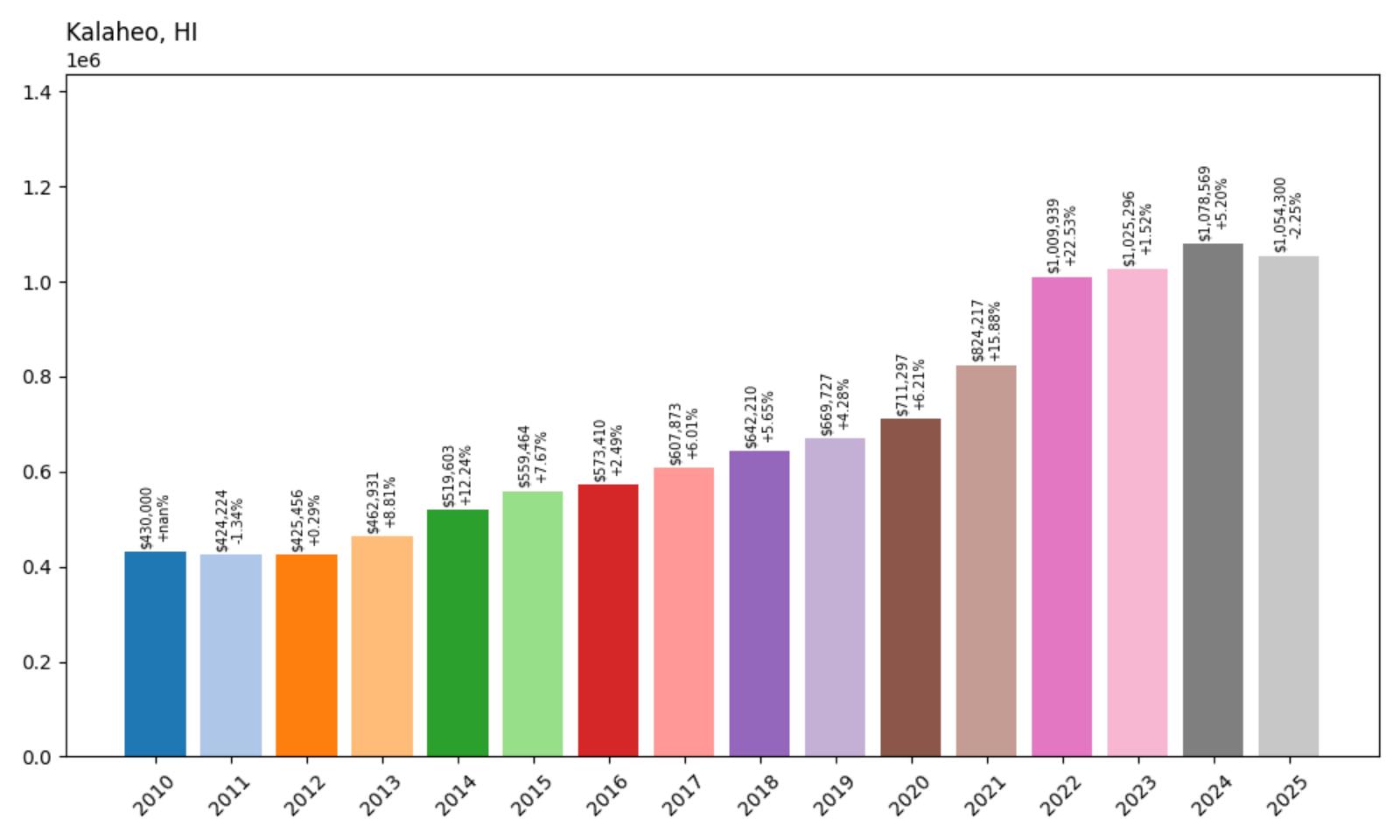
- 2010: $430,000
- 2011: $424,224 (−$5,776, −1.34% from previous year)
- 2012: $425,456 (+$1,233, +0.29% from previous year)
- 2013: $462,931 (+$37,475, +8.81% from previous year)
- 2014: $519,603 (+$56,672, +12.24% from previous year)
- 2015: $559,464 (+$39,861, +7.67% from previous year)
- 2016: $573,410 (+$13,946, +2.49% from previous year)
- 2017: $607,873 (+$34,463, +6.01% from previous year)
- 2018: $642,210 (+$34,337, +5.65% from previous year)
- 2019: $669,727 (+$27,517, +4.28% from previous year)
- 2020: $711,297 (+$41,570, +6.21% from previous year)
- 2021: $824,217 (+$112,921, +15.88% from previous year)
- 2022: $1,009,939 (+$185,722, +22.53% from previous year)
- 2023: $1,025,296 (+$15,357, +1.52% from previous year)
- 2024: $1,078,569 (+$53,272, +5.20% from previous year)
- 2025: $1,054,300 (−$24,268, −2.25% from previous year)
Kalaheo more than doubled in value over 15 years, climbing from $430,000 in 2010 to $1,054,300 in 2025. The Kauai community maintained steady appreciation throughout the 2010s before experiencing dramatic pandemic-era acceleration that pushed prices above $1 million. The 145% increase reflects the Garden Isle’s growing appeal among affluent buyers seeking tropical paradise with small-town charm.
Kalaheo – Kauai’s Upcountry Retreat

Kalaheo perches on Kauai’s southern slopes above the resort areas of Poipu, offering residents cooler temperatures, spectacular views, and a rural lifestyle just minutes from world-class beaches. This upcountry community combines working farms and residential properties, maintaining an authentic Hawaiian country atmosphere while providing convenient access to the island’s amenities. The town’s elevation of about 1,000 feet creates a pleasant microclimate with trade wind breezes and panoramic views stretching to the Pacific Ocean.
The area attracts residents seeking space, privacy, and connection to Kauai’s agricultural heritage, with many properties featuring large lots suitable for farming, ranching, or simply enjoying tropical gardens. Kalaheo’s proximity to Kukuiolono Park and Golf Course adds recreational appeal, while the nearby Koloa and Poipu areas provide shopping, dining, and beach access. The community appeals particularly to retirees, remote workers, and those seeking an authentic Hawaiian lifestyle away from tourist crowds.
The recent surge above $1 million median prices represents a dramatic transformation for a community that historically provided affordable rural living on the Garden Isle. The price appreciation reflects Kauai’s severe housing shortage and growing demand from mainland buyers seeking luxury properties in paradise, though the escalating costs challenge local families and agricultural workers who have long called Kalaheo home.
17. Lahaina – 82% Home Price Increase Since 2010
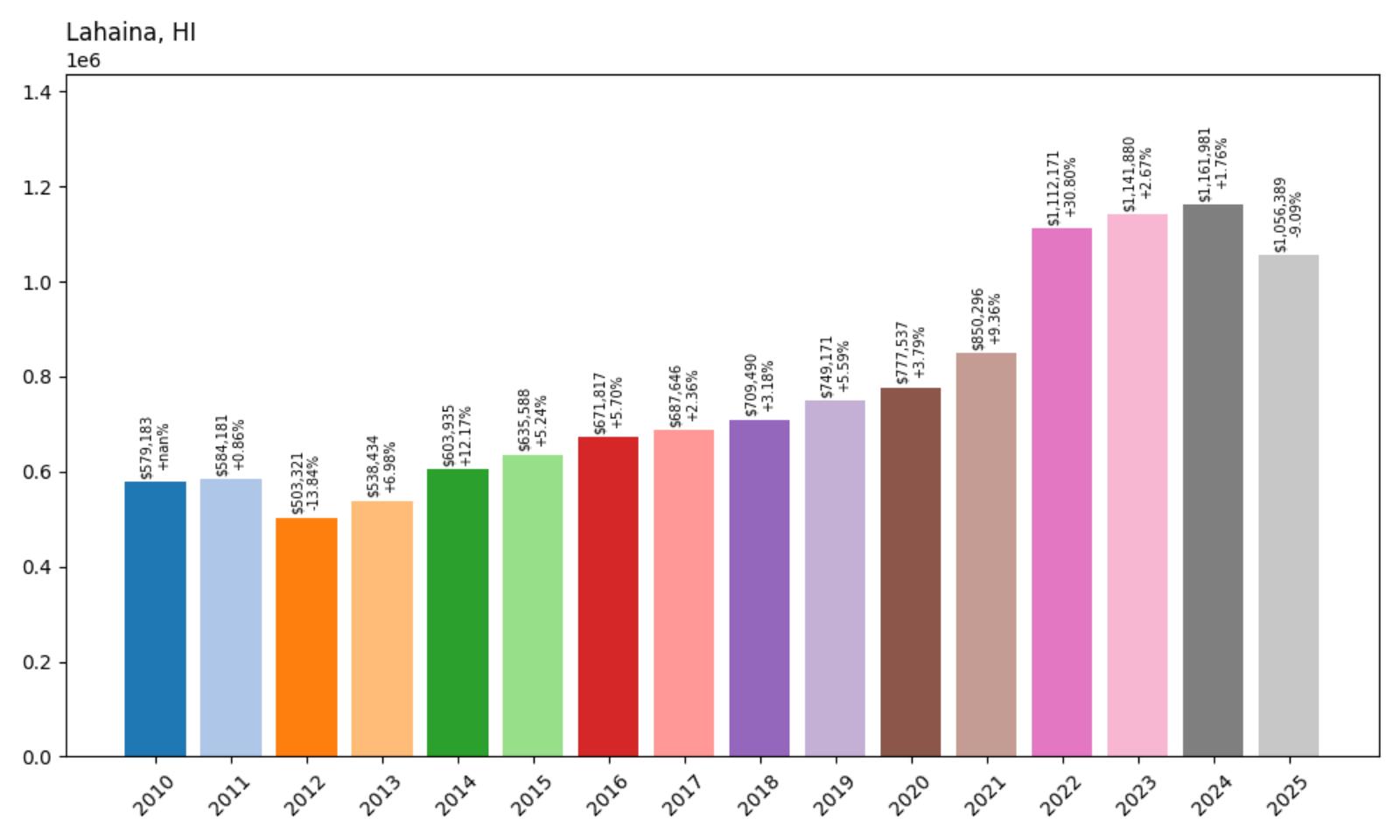
- 2010: $579,183
- 2011: $584,181 (+$4,997, +0.86% from previous year)
- 2012: $503,321 (−$80,859, −13.84% from previous year)
- 2013: $538,434 (+$35,113, +6.98% from previous year)
- 2014: $603,935 (+$65,501, +12.17% from previous year)
- 2015: $635,588 (+$31,653, +5.24% from previous year)
- 2016: $671,817 (+$36,229, +5.70% from previous year)
- 2017: $687,646 (+$15,829, +2.36% from previous year)
- 2018: $709,490 (+$21,844, +3.18% from previous year)
- 2019: $749,171 (+$39,680, +5.59% from previous year)
- 2020: $777,537 (+$28,366, +3.79% from previous year)
- 2021: $850,296 (+$72,760, +9.36% from previous year)
- 2022: $1,112,171 (+$261,875, +30.80% from previous year)
- 2023: $1,141,880 (+$29,709, +2.67% from previous year)
- 2024: $1,161,981 (+$20,101, +1.76% from previous year)
- 2025: $1,056,389 (−$105,592, −9.09% from previous year)
Lahaina showed steady long-term growth despite significant volatility, with median home prices rising 82% from $579,183 in 2010 to $1,056,389 in 2025. The historic town experienced dramatic acceleration in 2022, reaching peak values above $1.16 million before declining in 2025. The recent price reduction likely reflects the devastating wildfires that impacted the community in August 2023.
Lahaina – Maui’s Historic Whaling Capital

Lahaina stands as one of Hawaii’s most historically significant communities, serving as the 19th-century whaling capital of the Pacific and later the royal capital of the Hawaiian Kingdom. This oceanfront town combines rich cultural heritage with modern resort amenities, featuring the famous Front Street with its galleries, restaurants, and shops housed in historic buildings. The iconic Banyan Tree, planted in 1873, serves as the town’s centerpiece and one of Maui’s most photographed landmarks.
The community’s appeal extends from its historic charm to its world-class beaches and proximity to excellent snorkeling, diving, and whale watching opportunities. Lahaina serves as the departure point for trips to nearby Lanai and Molokai, while the surrounding West Maui Mountains provide dramatic backdrop and hiking opportunities. The town attracts both visitors seeking authentic Hawaiian culture and residents who value living in a place where history comes alive daily.
The August 2023 wildfires that devastated much of historic Lahaina have created unprecedented challenges for the community and uncertainty in the real estate market. The recent 9% price decline in 2025 likely reflects the ongoing recovery efforts and uncertainty about rebuilding in fire-prone areas. The community’s resilience and historical significance suggest eventual recovery, but the fires have fundamentally altered Lahaina’s housing landscape and future development prospects.
16. Kaneohe – 86% Home Price Increase Since 2010
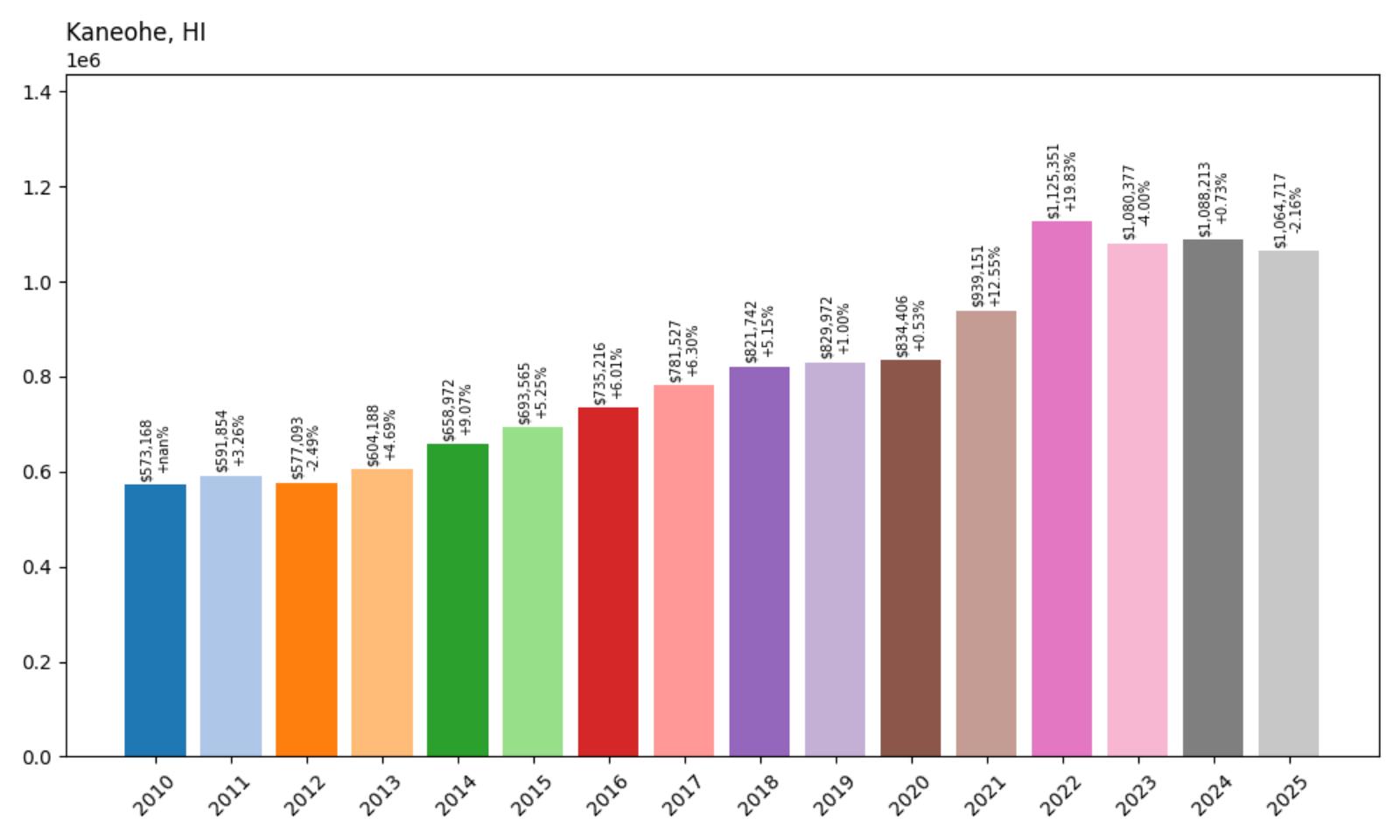
- 2010: $573,168
- 2011: $591,854 (+$18,687, +3.26% from previous year)
- 2012: $577,093 (−$14,761, −2.49% from previous year)
- 2013: $604,188 (+$27,094, +4.69% from previous year)
- 2014: $658,972 (+$54,785, +9.07% from previous year)
- 2015: $693,565 (+$34,593, +5.25% from previous year)
- 2016: $735,216 (+$41,651, +6.01% from previous year)
- 2017: $781,527 (+$46,311, +6.30% from previous year)
- 2018: $821,742 (+$40,215, +5.15% from previous year)
- 2019: $829,972 (+$8,230, +1.00% from previous year)
- 2020: $834,406 (+$4,433, +0.53% from previous year)
- 2021: $939,151 (+$104,746, +12.55% from previous year)
- 2022: $1,125,351 (+$186,199, +19.83% from previous year)
- 2023: $1,080,377 (−$44,974, −4.00% from previous year)
- 2024: $1,088,213 (+$7,836, +0.73% from previous year)
- 2025: $1,064,717 (−$23,496, −2.16% from previous year)
Kaneohe demonstrated solid appreciation, with median home prices climbing 86% from $573,168 in 2010 to $1,064,717 in 2025. The windward Oahu community maintained remarkably consistent growth through the 2010s before experiencing pandemic-era acceleration that pushed prices above $1.1 million. Recent modest corrections suggest market stabilization after the dramatic 2021-2022 surge.
Kaneohe – Windward Oahu’s Urban Center

Kaneohe serves as the primary urban center for Oahu’s windward side, providing government services, shopping, healthcare, and employment for communities stretching from Kailua to the North Shore. Located in the fertile Kaneohe Bay area, this diverse community combines suburban neighborhoods with rural properties, all set against the dramatic backdrop of the Koolau Mountains. The town’s central location makes it a hub for windward residents while maintaining easy access to both Honolulu and the island’s recreational areas.
The area’s appeal lies in its combination of urban conveniences and natural beauty, from Kaneohe Bay’s protected waters perfect for kayaking and fishing to nearby hiking trails in the Koolau range. Many residents work for the state or county government, while others commute to Honolulu or serve the windward side’s growing population. Kaneohe’s diversity reflects Hawaii’s multicultural heritage, with established local families living alongside military personnel from nearby Marine Corps Base Hawaii.
The surge above $1 million median prices represents a significant shift for a community that historically provided middle-class housing for government workers, teachers, and other professionals. The price appreciation reflects broader Oahu housing pressures, where limited land and growing demand push even formerly affordable areas into luxury territory, challenging the economic diversity that has long characterized windward communities.
15. Waimanalo – 58% Home Price Increase Since 2010
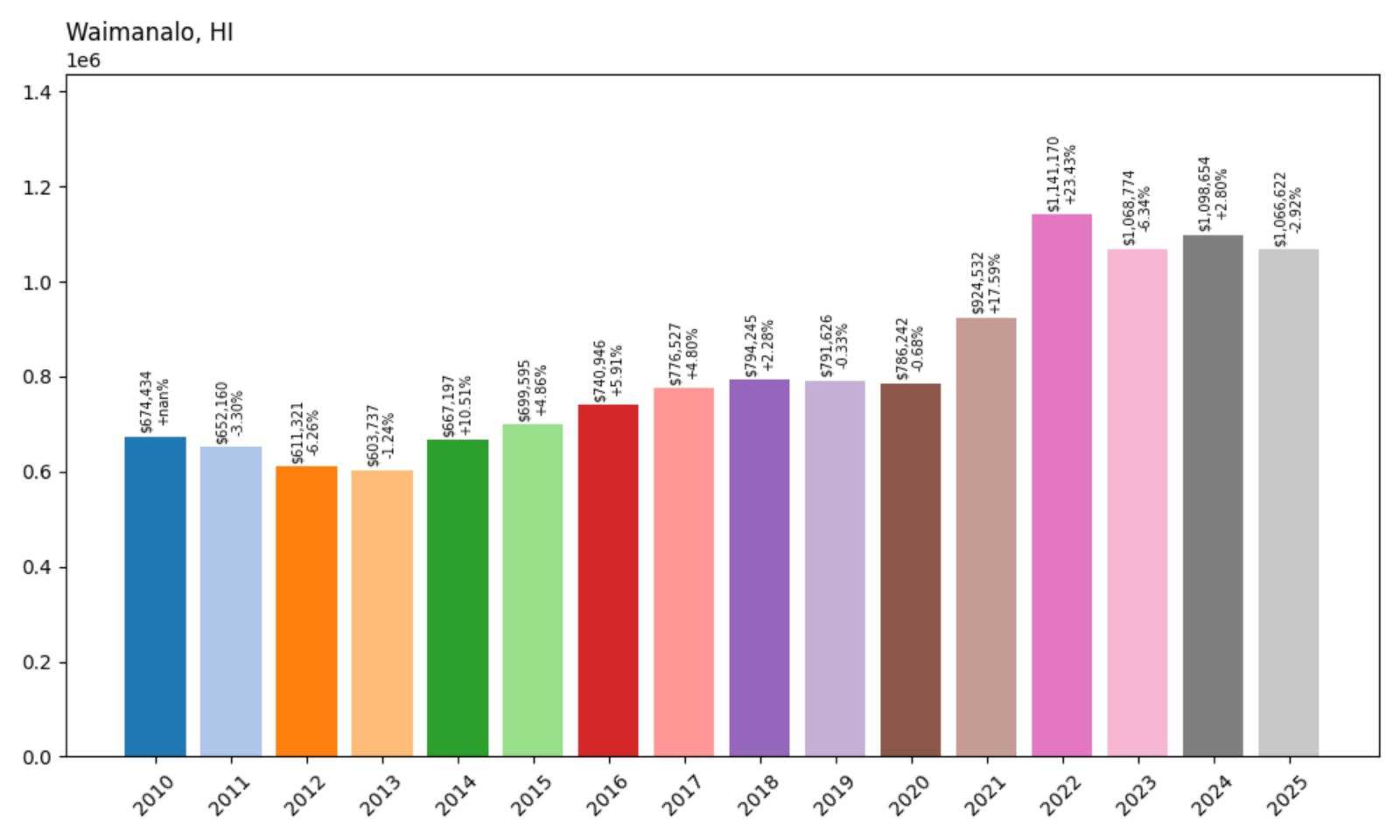
- 2010: $674,434
- 2011: $652,160 (−$22,274, −3.30% from previous year)
- 2012: $611,321 (−$40,840, −6.26% from previous year)
- 2013: $603,737 (−$7,584, −1.24% from previous year)
- 2014: $667,197 (+$63,461, +10.51% from previous year)
- 2015: $699,595 (+$32,398, +4.86% from previous year)
- 2016: $740,946 (+$41,351, +5.91% from previous year)
- 2017: $776,527 (+$35,581, +4.80% from previous year)
- 2018: $794,245 (+$17,718, +2.28% from previous year)
- 2019: $791,626 (−$2,619, −0.33% from previous year)
- 2020: $786,242 (−$5,384, −0.68% from previous year)
- 2021: $924,532 (+$138,289, +17.59% from previous year)
- 2022: $1,141,170 (+$216,639, +23.43% from previous year)
- 2023: $1,068,774 (−$72,397, −6.34% from previous year)
- 2024: $1,098,654 (+$29,880, +2.80% from previous year)
- 2025: $1,066,622 (−$32,032, −2.92% from previous year)
Waimanalo showed moderate long-term appreciation, with median home prices rising 58% from $674,434 in 2010 to $1,066,622 in 2025. The community experienced significant volatility during the early 2010s before pandemic demand drove dramatic acceleration in 2021-2022. Despite recent corrections, current values remain well above pre-pandemic levels and have crossed the $1 million threshold.
Waimanalo – Oahu’s Last Hawaiian Homestead

Waimanalo preserves one of Oahu’s most authentic Hawaiian communities, where Native Hawaiian families maintain traditional connections to the land and sea along a spectacular stretch of windward coastline. This rural community features some of the island’s most beautiful beaches, including the pristine white sands of Waimanalo Beach Park, while maintaining agricultural operations and a strong Hawaiian cultural identity. The area serves as home to many Native Hawaiian homestead properties, preserving traditional land use patterns in an increasingly developed island.
The community’s appeal extends from its cultural significance to its natural beauty, with the dramatic Koolau Mountains providing backdrop to turquoise waters and white sand beaches. Many residents engage in traditional Hawaiian practices including fishing, farming, and cultural arts, while others work in nearby urban areas but choose Waimanalo for its authentic Hawaiian lifestyle. The area attracts visitors seeking genuine Hawaiian culture and some of the island’s most spectacular and uncrowded beaches.
The recent surge above $1 million median prices creates significant challenges for a community built around Native Hawaiian homesteading and traditional lifestyles. The price appreciation reflects growing demand from buyers seeking authentic Hawaiian properties and beachfront access, but threatens the cultural continuity and affordability that have long defined Waimanalo’s character. The community faces ongoing tensions between preserving Hawaiian heritage and adapting to modern real estate pressures.
14. Holualoa – 81% Home Price Increase Since 2015
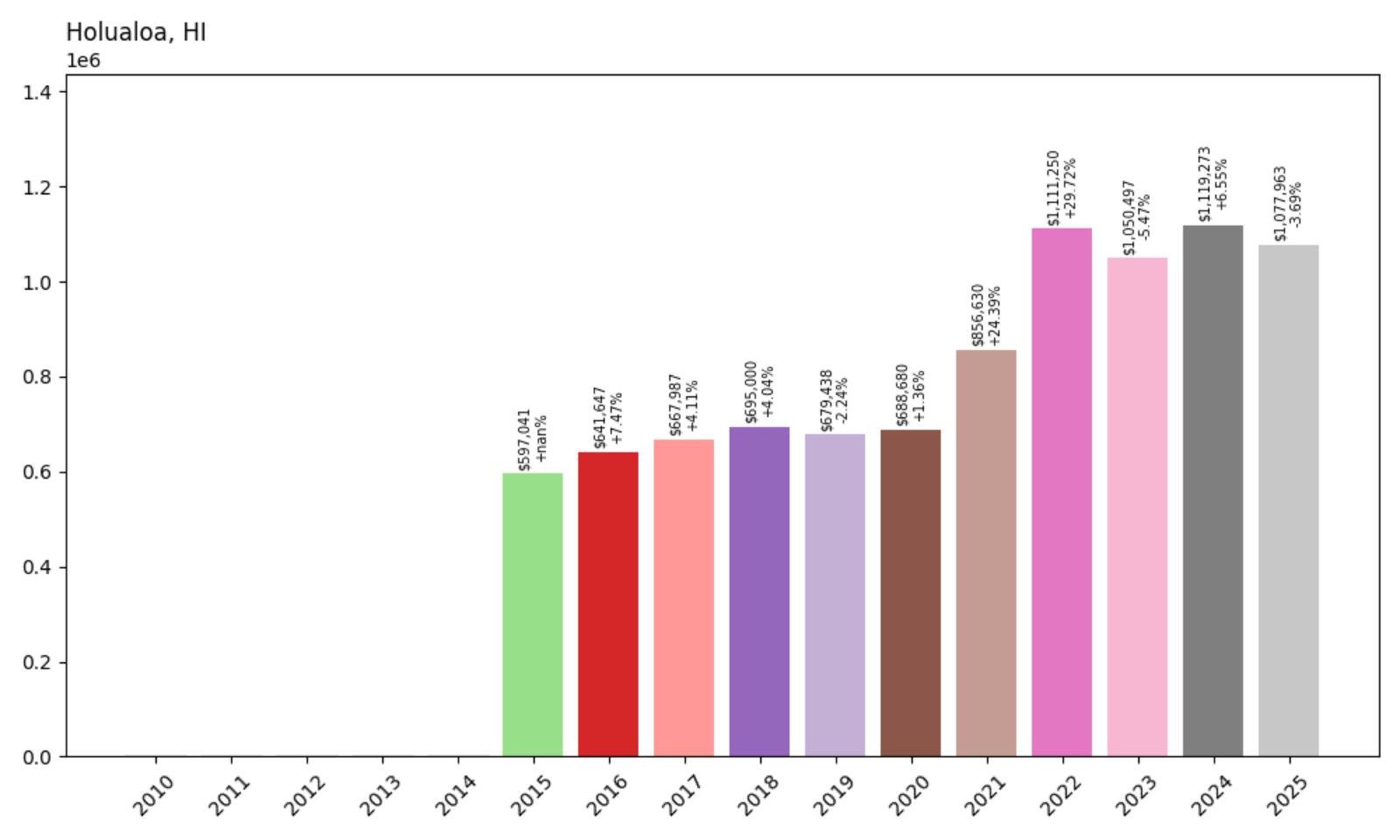
- 2010: N/A
- 2011: N/A
- 2012: N/A
- 2013: N/A
- 2014: N/A
- 2015: $597,041
- 2016: $641,647 (+$44,607, +7.47% from previous year)
- 2017: $667,987 (+$26,340, +4.11% from previous year)
- 2018: $695,000 (+$27,012, +4.04% from previous year)
- 2019: $679,438 (−$15,562, −2.24% from previous year)
- 2020: $688,680 (+$9,242, +1.36% from previous year)
- 2021: $856,630 (+$167,951, +24.39% from previous year)
- 2022: $1,111,250 (+$254,620, +29.72% from previous year)
- 2023: $1,050,497 (−$60,752, −5.47% from previous year)
- 2024: $1,119,273 (+$68,776, +6.55% from previous year)
- 2025: $1,077,963 (−$41,310, −3.69% from previous year)
Holualoa achieved significant appreciation over the past decade, climbing 81% from $597,041 in 2015 to $1,077,963 in 2025. The Big Island community showed steady growth through the late 2010s before pandemic demand drove dramatic acceleration in 2021-2022. Despite recent volatility, current values remain well above $1 million, reflecting the area’s appeal among luxury home buyers.
Holualoa – Big Island’s Artist Colony

Holualoa stands as the Big Island’s premier artist community, perched on the slopes of Hualalai volcano above the Kona Coast with spectacular ocean views and a distinctly bohemian atmosphere. This small upcountry town has attracted artists, writers, and creative professionals for decades, creating a unique cultural enclave known for its galleries, studios, and annual arts festivals. The community’s elevation of about 1,400 feet provides cooler temperatures and frequent trade wind breezes, along with some of the island’s most stunning sunset views.
The area’s appeal extends from its artistic character to its proximity to world-famous Kona coffee farms, many of which offer tours and tastings throughout the year. Holualoa’s rural setting provides space for large residential properties, art studios, and organic farming, while remaining just minutes from Kailua-Kona’s beaches and amenities. The community attracts retirees, remote workers, and affluent buyers seeking a creative retreat in paradise with luxury home amenities.
The recent surge above $1 million reflects growing demand from buyers willing to pay premium prices for unique properties in one of Hawaii’s most culturally distinctive communities. The price appreciation creates challenges for the working artists and creative professionals who have long defined Holualoa’s character, as studio spaces and affordable housing become increasingly scarce in the face of luxury development pressure.
13. Kihei – 135% Home Price Increase Since 2010
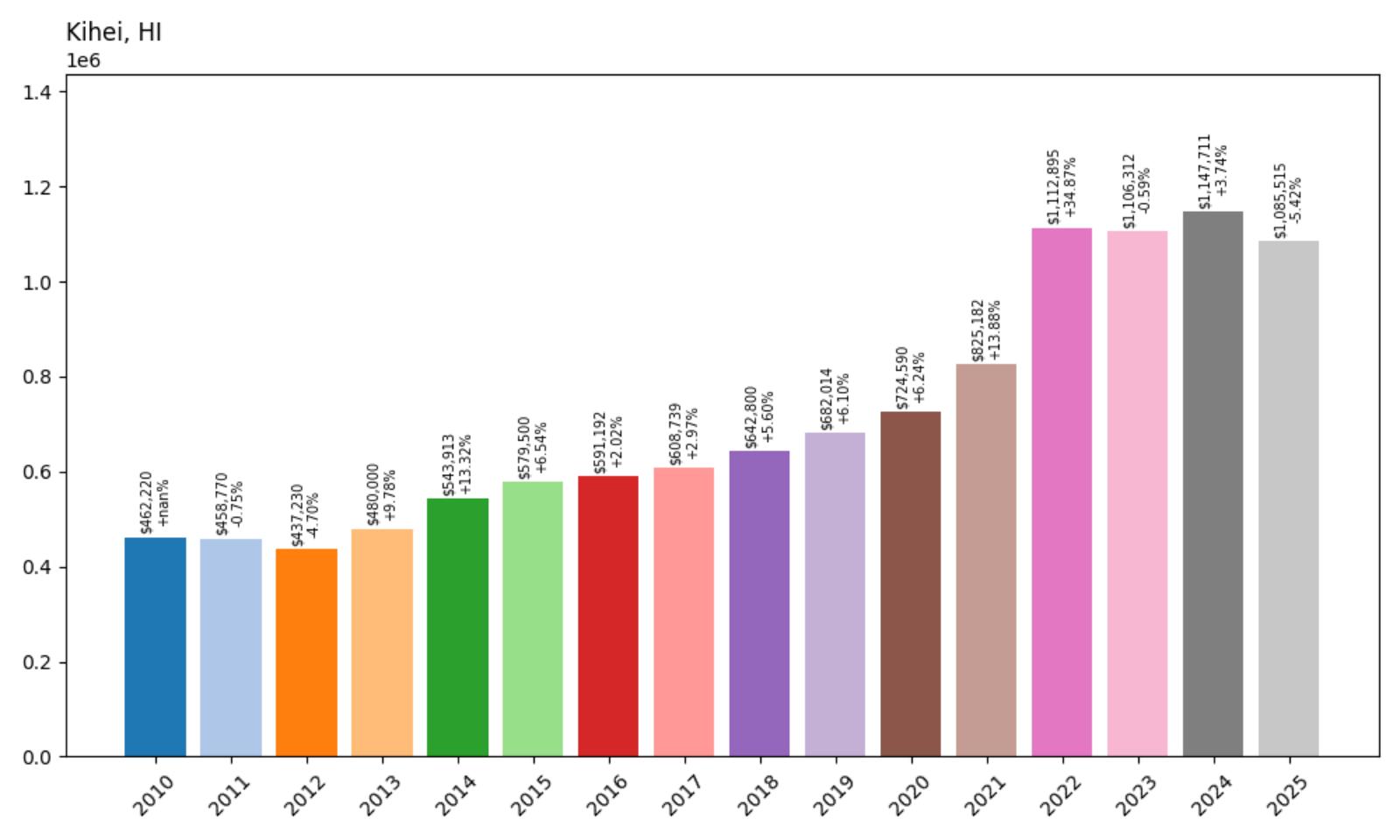
- 2010: $462,220
- 2011: $458,770 (−$3,449, −0.75% from previous year)
- 2012: $437,230 (−$21,540, −4.70% from previous year)
- 2013: $480,000 (+$42,770, +9.78% from previous year)
- 2014: $543,913 (+$63,913, +13.32% from previous year)
- 2015: $579,500 (+$35,586, +6.54% from previous year)
- 2016: $591,192 (+$11,692, +2.02% from previous year)
- 2017: $608,739 (+$17,547, +2.97% from previous year)
- 2018: $642,800 (+$34,062, +5.60% from previous year)
- 2019: $682,014 (+$39,214, +6.10% from previous year)
- 2020: $724,590 (+$42,576, +6.24% from previous year)
- 2021: $825,182 (+$100,591, +13.88% from previous year)
- 2022: $1,112,895 (+$287,713, +34.87% from previous year)
- 2023: $1,106,312 (−$6,582, −0.59% from previous year)
- 2024: $1,147,711 (+$41,399, +3.74% from previous year)
- 2025: $1,085,515 (−$62,196, −5.42% from previous year)
Kihei more than doubled in value over 15 years, climbing 135% from $462,220 in 2010 to $1,085,515 in 2025. The South Maui community recovered from early 2010s weakness to establish consistent growth through the decade. The pandemic years brought explosive appreciation, with 2022 showing a remarkable 35% single-year gain that pushed median prices above $1.1 million.
Kihei – South Maui’s Beach Paradise

Kihei stretches along six miles of South Maui’s pristine coastline, offering residents and visitors some of Hawaii’s most consistently sunny weather and beautiful beaches. This resort and residential community has evolved from a small fishing village into one of Maui’s most popular destinations, featuring world-class beaches, championship golf courses, and luxury condominiums with spectacular ocean views. The area’s leeward location provides protection from trade winds and rain, creating ideal conditions for beach activities and outdoor living year-round.
The community serves as home base for both full-time residents and vacation property owners who appreciate Kihei’s convenient location between Kahului’s services and Wailea’s luxury resorts. The area offers diverse housing options from modest condos to luxury estates, many with direct beach access or panoramic ocean views. Kihei’s appeal extends from its natural beauty to its recreational opportunities, including world-class windsurfing, snorkeling at Molokini Crater, and proximity to Haleakala National Park.
The dramatic price surge above $1 million reflects Maui’s broader housing crisis, where limited inventory meets insatiable demand from both local residents and mainland buyers seeking tropical paradise. The escalating costs challenge the service workers, restaurant employees, and tourism professionals who keep Kihei’s economy functioning, creating ongoing tensions between economic growth and community sustainability.
12. Makawao – 158% Home Price Increase Since 2010
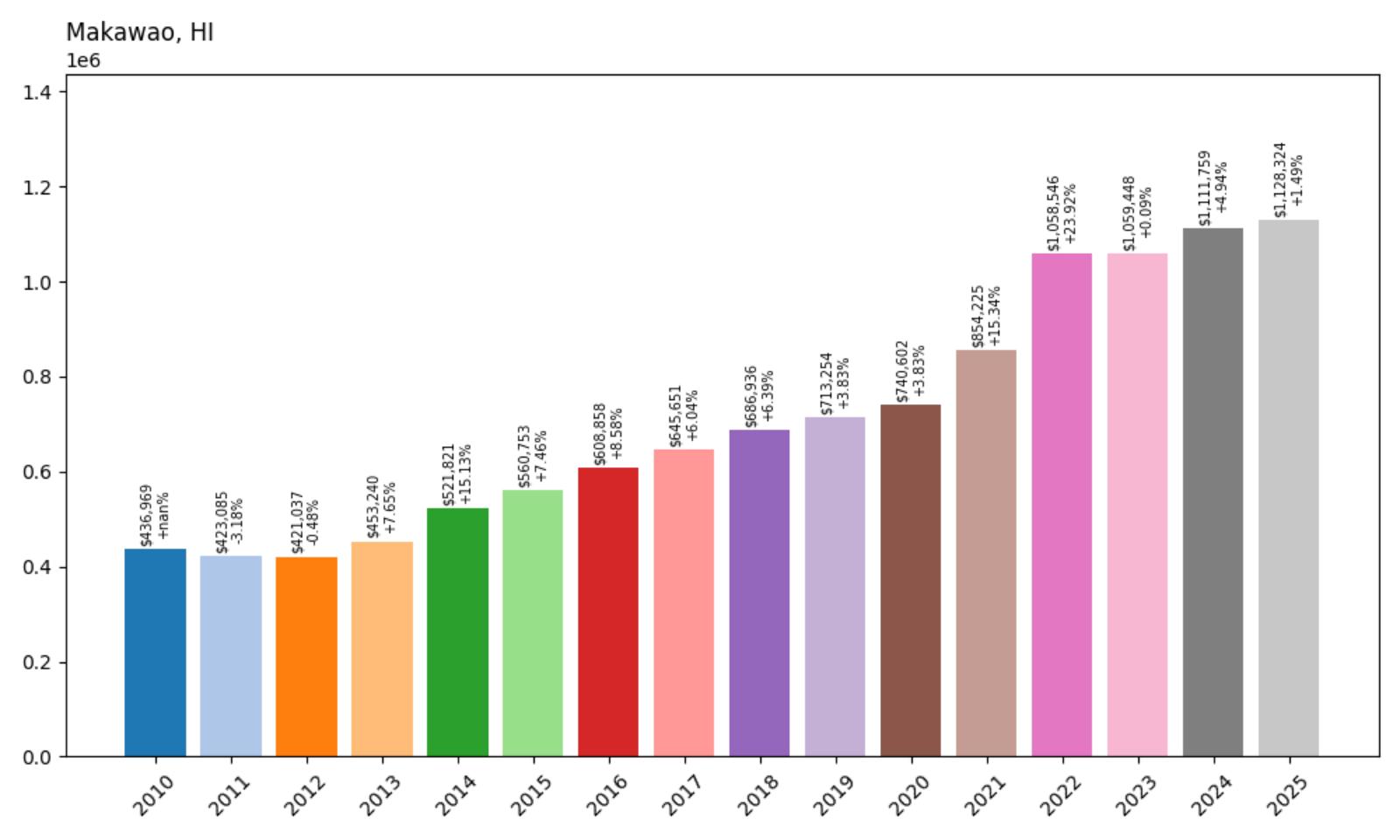
- 2010: $436,969
- 2011: $423,085 (−$13,885, −3.18% from previous year)
- 2012: $421,037 (−$2,048, −0.48% from previous year)
- 2013: $453,240 (+$32,202, +7.65% from previous year)
- 2014: $521,821 (+$68,582, +15.13% from previous year)
- 2015: $560,753 (+$38,932, +7.46% from previous year)
- 2016: $608,858 (+$48,105, +8.58% from previous year)
- 2017: $645,651 (+$36,793, +6.04% from previous year)
- 2018: $686,936 (+$41,284, +6.39% from previous year)
- 2019: $713,254 (+$26,318, +3.83% from previous year)
- 2020: $740,602 (+$27,348, +3.83% from previous year)
- 2021: $854,225 (+$113,622, +15.34% from previous year)
- 2022: $1,058,546 (+$204,321, +23.92% from previous year)
- 2023: $1,059,448 (+$902, +0.09% from previous year)
- 2024: $1,111,759 (+$52,311, +4.94% from previous year)
- 2025: $1,128,324 (+$16,565, +1.49% from previous year)
Makawao achieved remarkable transformation, with median home prices climbing 158% from $436,969 in 2010 to $1,128,324 in 2025. The upcountry Maui community maintained consistent growth throughout the 2010s before experiencing pandemic-era acceleration that pushed prices above $1.1 million. Recent stability above the million-dollar threshold reflects sustained demand for Maui’s paniolo country lifestyle.
Makawao – Maui’s Paniolo Town

Makawao preserves Maui’s paniolo (Hawaiian cowboy) heritage while serving as the cultural heart of the island’s upcountry region. Located on the slopes of Haleakala volcano at 1,500 feet elevation, this charming town combines Old West atmosphere with Hawaiian traditions, featuring hitching posts along its main street and annual rodeo competitions that draw visitors from across the Pacific. The community’s cooler climate, rural character, and artistic spirit attract residents seeking an authentic Hawaiian experience away from resort areas.
The town serves as gateway to Haleakala National Park and the spectacular crater summit, while providing convenient access to both upcountry farms and the beaches of North Shore Maui. Makawao’s appeal lies in its unique blend of agricultural heritage, artistic community, and outdoor recreation opportunities, from horseback riding through eucalyptus forests to exploring local galleries and boutiques. The area attracts retirees, artists, and professionals who appreciate the cooler climate and authentic Hawaiian ranch culture.
The surge above $1.1 million median prices represents a dramatic shift for a community that historically provided affordable rural living for ranchers, farmers, and local families. The price appreciation reflects growing demand from affluent buyers seeking luxury properties in one of Hawaii’s most distinctive cultural settings, though the escalating costs challenge the working families and agricultural community that have long defined Makawao’s character.
11. Koloa – 117% Home Price Increase Since 2010
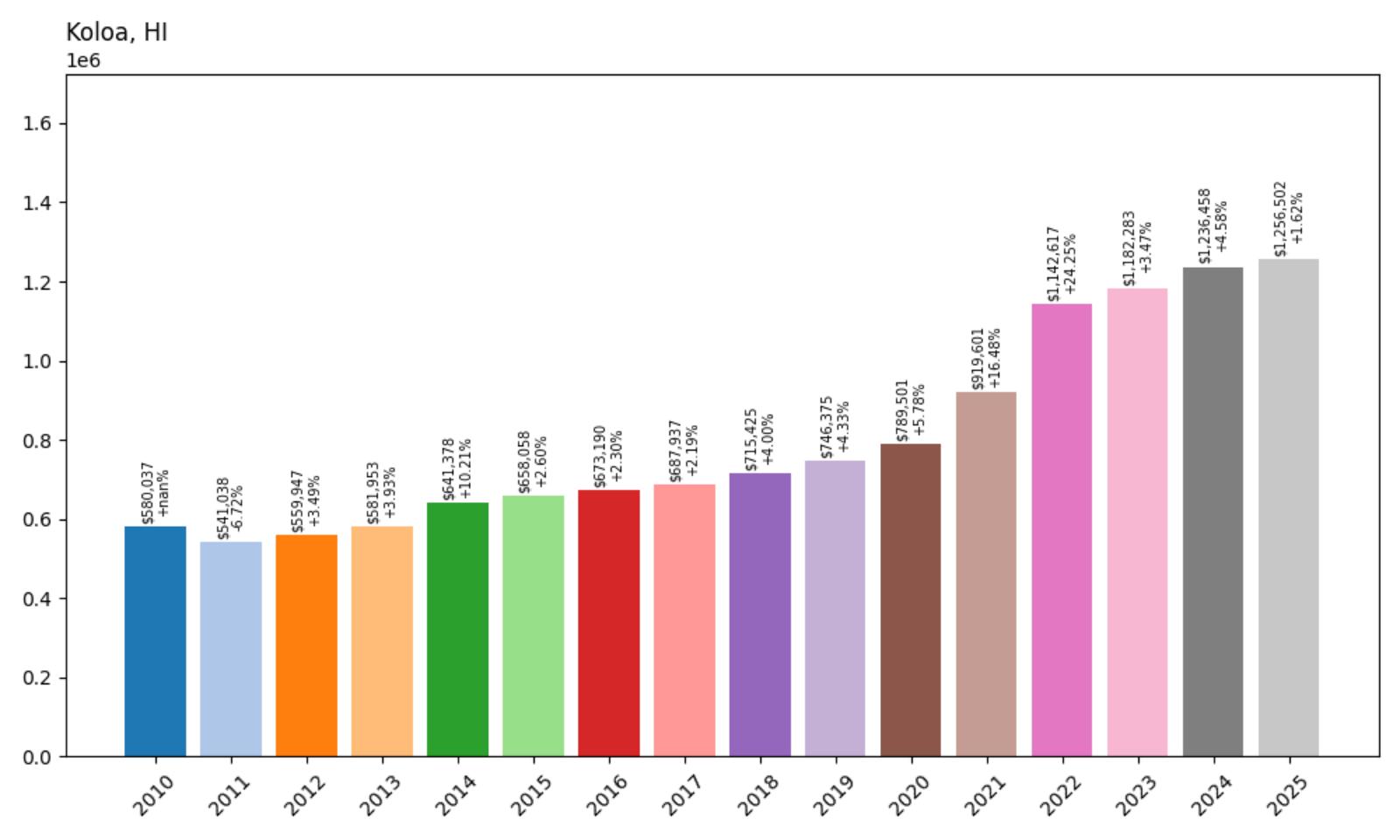
- 2010: $580,037
- 2011: $541,038 (−$38,999, −6.72% from previous year)
- 2012: $559,947 (+$18,909, +3.49% from previous year)
- 2013: $581,953 (+$22,005, +3.93% from previous year)
- 2014: $641,378 (+$59,425, +10.21% from previous year)
- 2015: $658,058 (+$16,680, +2.60% from previous year)
- 2016: $673,190 (+$15,132, +2.30% from previous year)
- 2017: $687,937 (+$14,747, +2.19% from previous year)
- 2018: $715,425 (+$27,488, +4.00% from previous year)
- 2019: $746,375 (+$30,950, +4.33% from previous year)
- 2020: $789,501 (+$43,127, +5.78% from previous year)
- 2021: $919,601 (+$130,100, +16.48% from previous year)
- 2022: $1,142,617 (+$223,017, +24.25% from previous year)
- 2023: $1,182,283 (+$39,666, +3.47% from previous year)
- 2024: $1,236,458 (+$54,175, +4.58% from previous year)
- 2025: $1,256,502 (+$20,045, +1.62% from previous year)
Koloa more than doubled in value over 15 years, climbing 117% from $580,037 in 2010 to $1,256,502 in 2025. The historic Kauai town maintained steady appreciation through the 2010s before experiencing dramatic pandemic-era acceleration. Current values above $1.25 million represent continued growth even after the initial pandemic surge, suggesting sustained demand for Kauai’s historic plantation town.
Koloa – Kauai’s Historic Sugar Town

Koloa holds the distinction of being Hawaii’s first successful sugar plantation town, established in 1835 and serving as the foundation for the islands’ plantation economy. This historic South Shore community preserves its plantation heritage through restored buildings, cultural sites, and the famous Koloa Heritage Trail that tells the story of Hawaii’s agricultural transformation. The town’s proximity to Poipu’s resort beaches and championship golf courses creates unique appeal for residents seeking historic charm with luxury amenities nearby.
The area combines cultural significance with modern convenience, featuring shops, restaurants, and services that serve both the local community and nearby resort areas. Koloa’s location provides easy access to some of Kauai’s most beautiful beaches, from family-friendly Poipu Beach to the dramatic cliffs and snorkeling spots along the South Shore. The community attracts retirees, vacation home buyers, and residents who appreciate the blend of history, natural beauty, and resort-area amenities.
The surge above $1.25 million reflects Kauai’s severe housing shortage and the growing appeal of owning property in one of Hawaii’s most historically significant communities. The price appreciation creates challenges for local families and service workers who maintain the area’s tourist economy, as the community that once housed plantation workers now commands luxury home prices that challenge working-class affordability.
10. Laie – 81% Home Price Increase Since 2010
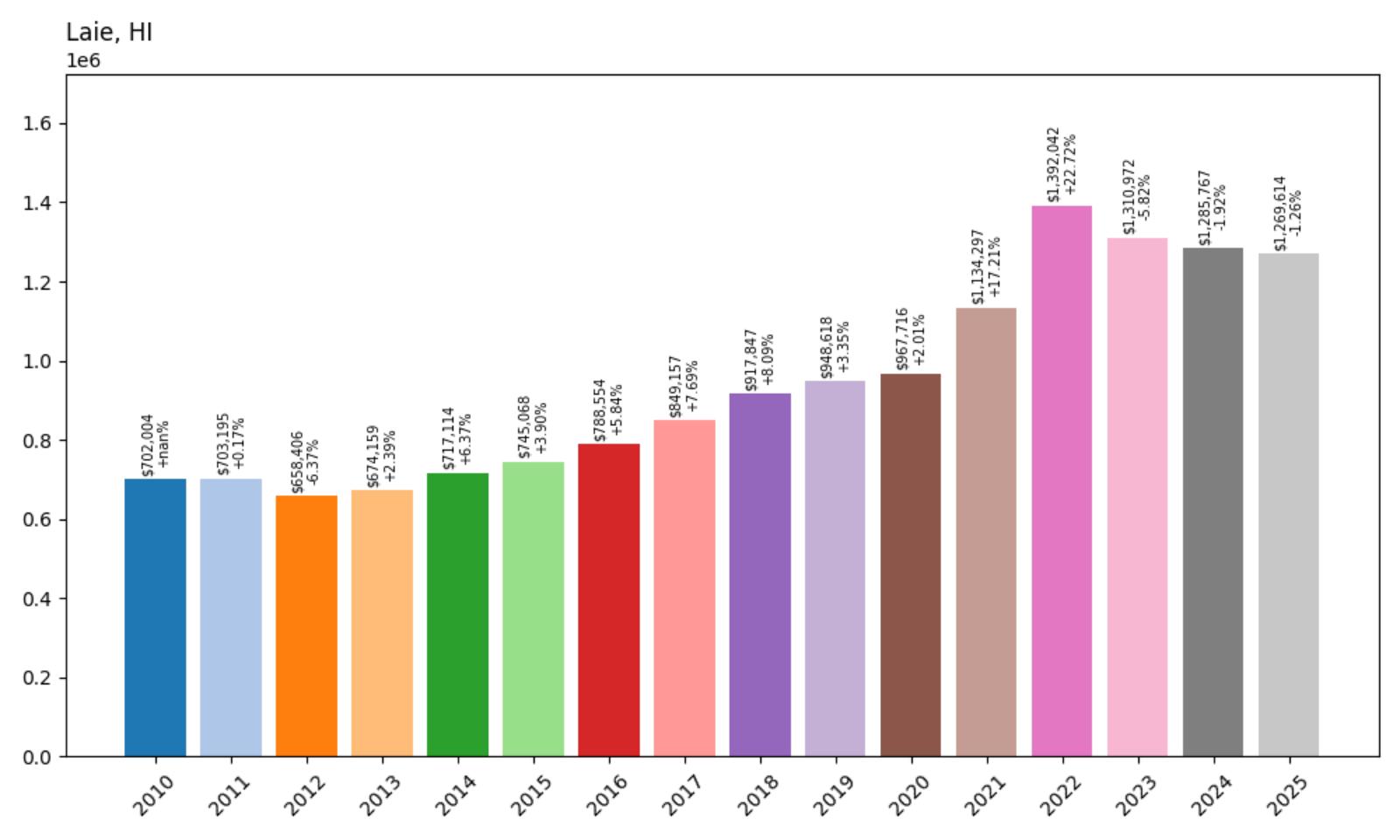
- 2010: $702,004
- 2011: $703,195 (+$1,192, +0.17% from previous year)
- 2012: $658,406 (−$44,789, −6.37% from previous year)
- 2013: $674,159 (+$15,753, +2.39% from previous year)
- 2014: $717,114 (+$42,955, +6.37% from previous year)
- 2015: $745,068 (+$27,953, +3.90% from previous year)
- 2016: $788,554 (+$43,486, +5.84% from previous year)
- 2017: $849,157 (+$60,603, +7.69% from previous year)
- 2018: $917,847 (+$68,690, +8.09% from previous year)
- 2019: $948,618 (+$30,771, +3.35% from previous year)
- 2020: $967,716 (+$19,098, +2.01% from previous year)
- 2021: $1,134,297 (+$166,581, +17.21% from previous year)
- 2022: $1,392,042 (+$257,745, +22.72% from previous year)
- 2023: $1,310,972 (−$81,071, −5.82% from previous year)
- 2024: $1,285,767 (−$25,205, −1.92% from previous year)
- 2025: $1,269,614 (−$16,153, −1.26% from previous year)
Laie demonstrated solid long-term appreciation, with median home prices rising 81% from $702,004 in 2010 to $1,269,614 in 2025. The North Shore community maintained steady growth through the 2010s before experiencing dramatic pandemic acceleration that peaked above $1.39 million in 2022. Recent corrections have stabilized prices above $1.25 million, reflecting continued demand for this unique coastal community.
Laie – Pacific’s Cultural Crossroads

Laie stands as one of the Pacific’s most culturally significant communities, home to Brigham Young University-Hawaii and the Polynesian Cultural Center, which attracts visitors from around the world to experience authentic Pacific Island cultures. This North Shore town combines educational excellence with stunning natural beauty, featuring pristine beaches, dramatic mountain backdrops, and a strong sense of community built around shared values and cultural diversity. The presence of BYU-Hawaii brings international students and faculty to this remote corner of Oahu, creating a unique multicultural atmosphere.
The community’s appeal extends from its educational institutions to its spectacular natural setting, with Laie Point offering panoramic ocean views and nearby beaches providing excellent surfing, swimming, and fishing opportunities. The town attracts families seeking quality education in a safe, values-based environment, while retirees appreciate the peaceful lifestyle and cultural amenities. Laie’s isolation from urban Honolulu preserves its small-town character while providing world-class educational and cultural resources.
The recent surge above $1.25 million median prices reflects the community’s unique combination of educational prestige, cultural significance, and stunning natural beauty. The price appreciation creates challenges for university staff, local families, and students who rely on affordable housing, while the community works to balance growth pressures with its distinctive character and mission as an educational and cultural center.
9. Paia – 146% Home Price Increase Since 2010
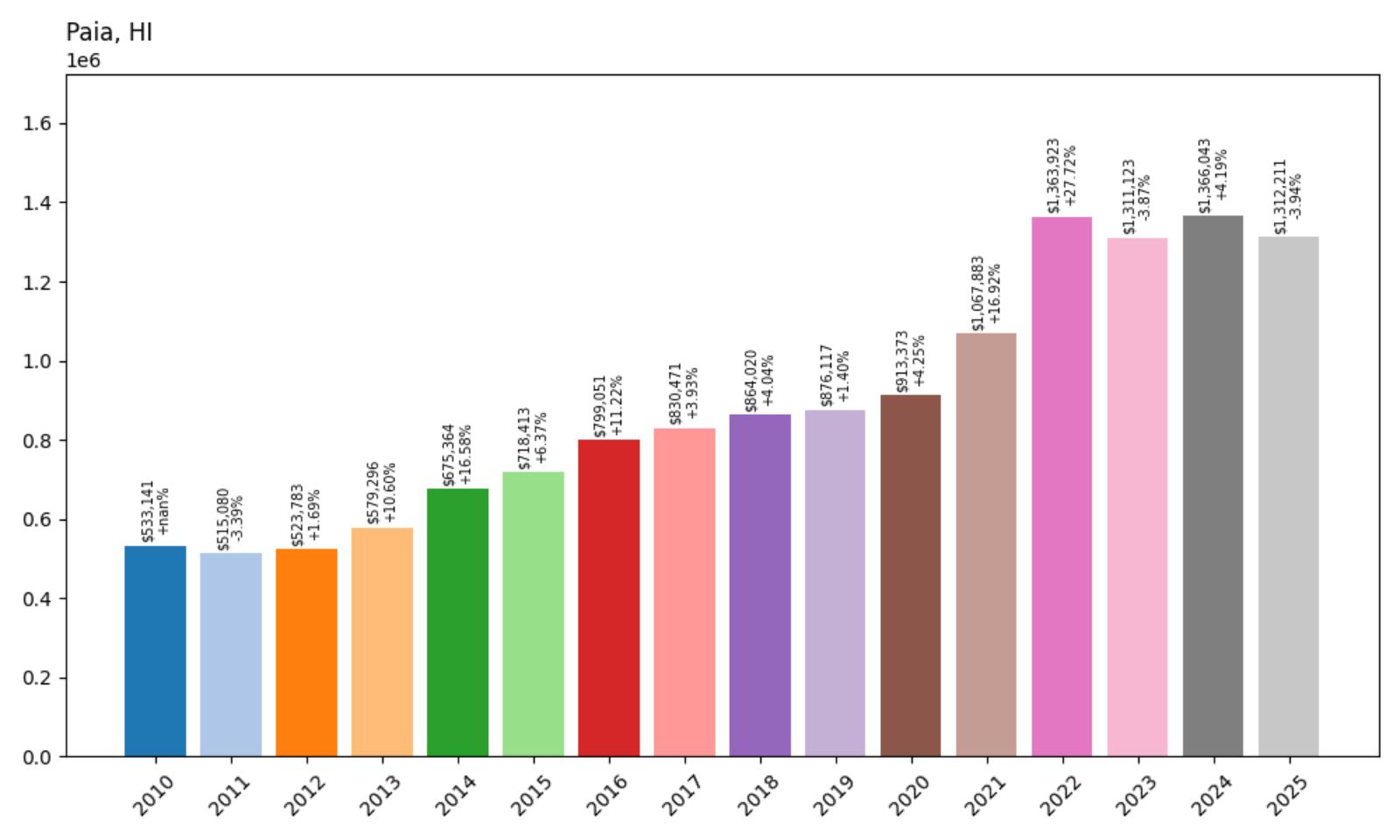
- 2010: $533,141
- 2011: $515,080 (−$18,061, −3.39% from previous year)
- 2012: $523,783 (+$8,704, +1.69% from previous year)
- 2013: $579,296 (+$55,513, +10.60% from previous year)
- 2014: $675,364 (+$96,067, +16.58% from previous year)
- 2015: $718,413 (+$43,049, +6.37% from previous year)
- 2016: $799,051 (+$80,638, +11.22% from previous year)
- 2017: $830,471 (+$31,419, +3.93% from previous year)
- 2018: $864,020 (+$33,549, +4.04% from previous year)
- 2019: $876,117 (+$12,097, +1.40% from previous year)
- 2020: $913,373 (+$37,257, +4.25% from previous year)
- 2021: $1,067,883 (+$154,510, +16.92% from previous year)
- 2022: $1,363,923 (+$296,041, +27.72% from previous year)
- 2023: $1,311,123 (−$52,801, −3.87% from previous year)
- 2024: $1,366,043 (+$54,920, +4.19% from previous year)
- 2025: $1,312,211 (−$53,832, −3.94% from previous year)
Paia achieved remarkable appreciation, with median home prices climbing 146% from $533,141 in 2010 to $1,312,211 in 2025. The North Shore Maui community maintained consistent growth throughout the 2010s before experiencing explosive pandemic-era acceleration. Despite recent volatility, current values remain well above $1.3 million, reflecting sustained demand for this iconic surf town.
Paia – Maui’s Bohemian Beach Town

Paia embodies the quintessential Hawaiian beach town atmosphere, where world-class windsurfing meets bohemian culture along Maui’s dramatically beautiful North Shore. This small community serves as the last stop before the famous Road to Hana, attracting visitors and residents who appreciate its laid-back vibe, colorful local characters, and authentic Hawaiian charm. The town’s historic plantation-era buildings house eclectic shops, organic cafes, and art galleries that reflect its counterculture heritage and environmental consciousness.
The area’s appeal stems from its world-renowned windsurfing and surfing conditions at nearby Hookipa Beach, consistently ranked among the planet’s best windsurfing spots. Paia attracts professional athletes, artists, and free spirits who value the town’s alternative lifestyle and stunning natural setting. The community’s small size and resistance to over-development has preserved its authentic character, making it increasingly rare and valuable in Hawaii’s changing landscape.
The surge above $1.3 million median prices represents a dramatic transformation for a community built around surfers, artists, and alternative lifestyle enthusiasts. The price appreciation reflects growing demand from affluent buyers seeking authentic Hawaiian culture and world-class beaches, but threatens the diversity and bohemian spirit that have long defined Paia’s unique character in an increasingly homogenized island tourism economy.
8. Haiku – 135% Home Price Increase Since 2010
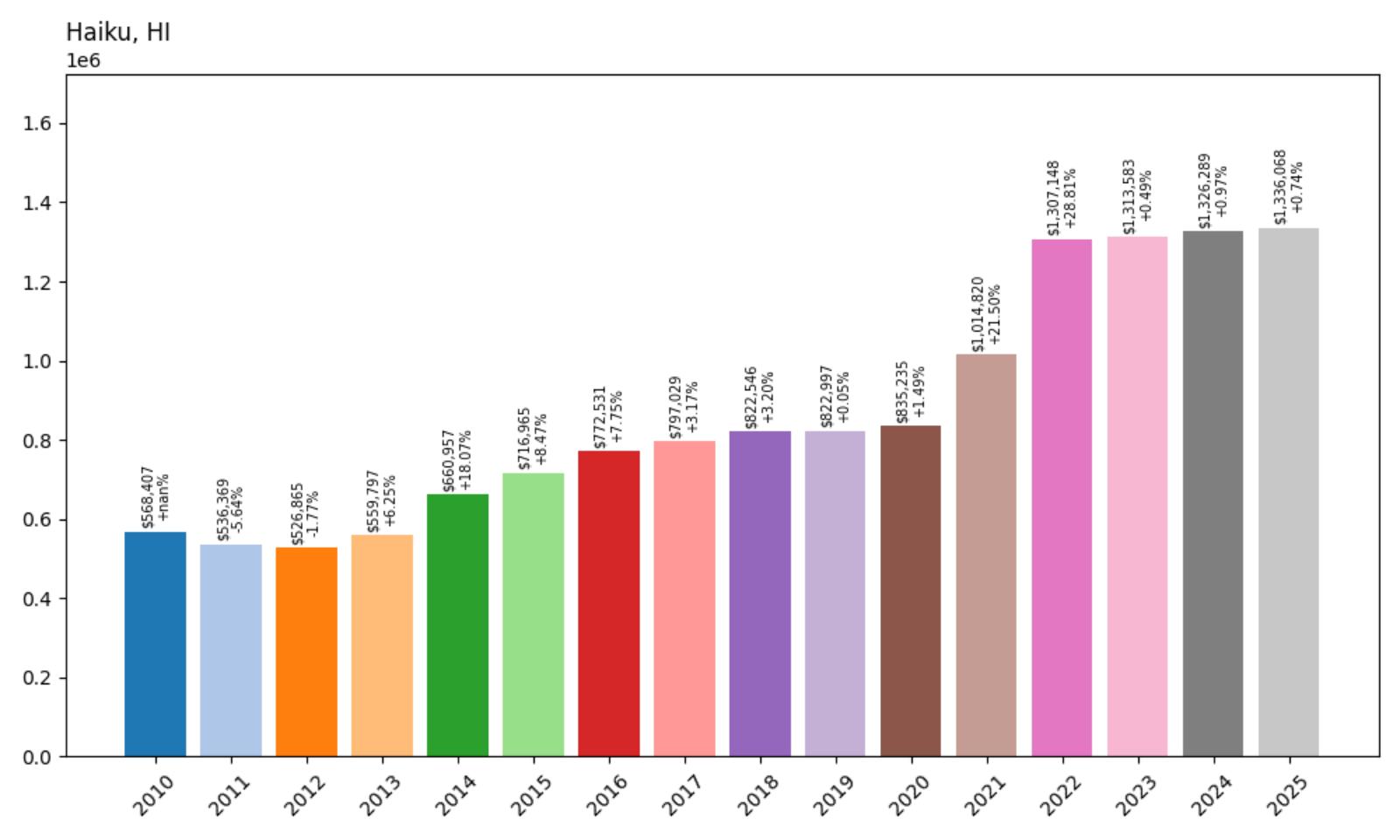
- 2010: $568,407
- 2011: $536,369 (−$32,037, −5.64% from previous year)
- 2012: $526,865 (−$9,504, −1.77% from previous year)
- 2013: $559,797 (+$32,932, +6.25% from previous year)
- 2014: $660,957 (+$101,160, +18.07% from previous year)
- 2015: $716,965 (+$56,009, +8.47% from previous year)
- 2016: $772,531 (+$55,566, +7.75% from previous year)
- 2017: $797,029 (+$24,497, +3.17% from previous year)
- 2018: $822,546 (+$25,517, +3.20% from previous year)
- 2019: $822,997 (+$451, +0.05% from previous year)
- 2020: $835,235 (+$12,239, +1.49% from previous year)
- 2021: $1,014,820 (+$179,585, +21.50% from previous year)
- 2022: $1,307,148 (+$292,327, +28.81% from previous year)
- 2023: $1,313,583 (+$6,435, +0.49% from previous year)
- 2024: $1,326,289 (+$12,706, +0.97% from previous year)
- 2025: $1,336,068 (+$9,779, +0.74% from previous year)
Haiku more than doubled in value over 15 years, climbing 135% from $568,407 in 2010 to $1,336,068 in 2025. The upcountry Maui community recovered from early 2010s weakness to establish strong growth through the decade. The pandemic years brought explosive appreciation, with recent performance showing continued growth above $1.3 million median prices.
Haiku – Maui’s Rural Paradise

Haiku represents Maui’s most authentic rural lifestyle, where rolling green pastures, tropical fruit farms, and eucalyptus forests create a countryside atmosphere unique in Hawaii. Located on the island’s North Shore slopes between sea level and 2,000 feet elevation, this agricultural community offers residents space, privacy, and connection to the land while remaining accessible to beaches and urban amenities. The area’s microclimate provides ideal conditions for organic farming, with many properties featuring avocado groves, tropical fruit orchards, and sustainable agriculture operations.
The community attracts residents seeking an alternative to resort areas and urban development, offering large lots, country living, and spectacular views ranging from ocean vistas to mountain panoramas. Haiku’s appeal lies in its authentic Hawaiian rural character, where neighbors still practice subsistence farming, horse culture thrives, and the pace of life reflects traditional island values. The area serves as home to artists, farmers, remote workers, and retirees who value privacy and connection to nature.
The surge above $1.3 million reflects growing demand from affluent buyers seeking luxury properties in authentic Hawaiian settings. The price appreciation creates challenges for the farmers, artists, and working families who have long called Haiku home, as agricultural lands increasingly convert to luxury estates and the community’s rural character faces pressure from escalating real estate values and development interest.
7. Kula – 128% Home Price Increase Since 2010
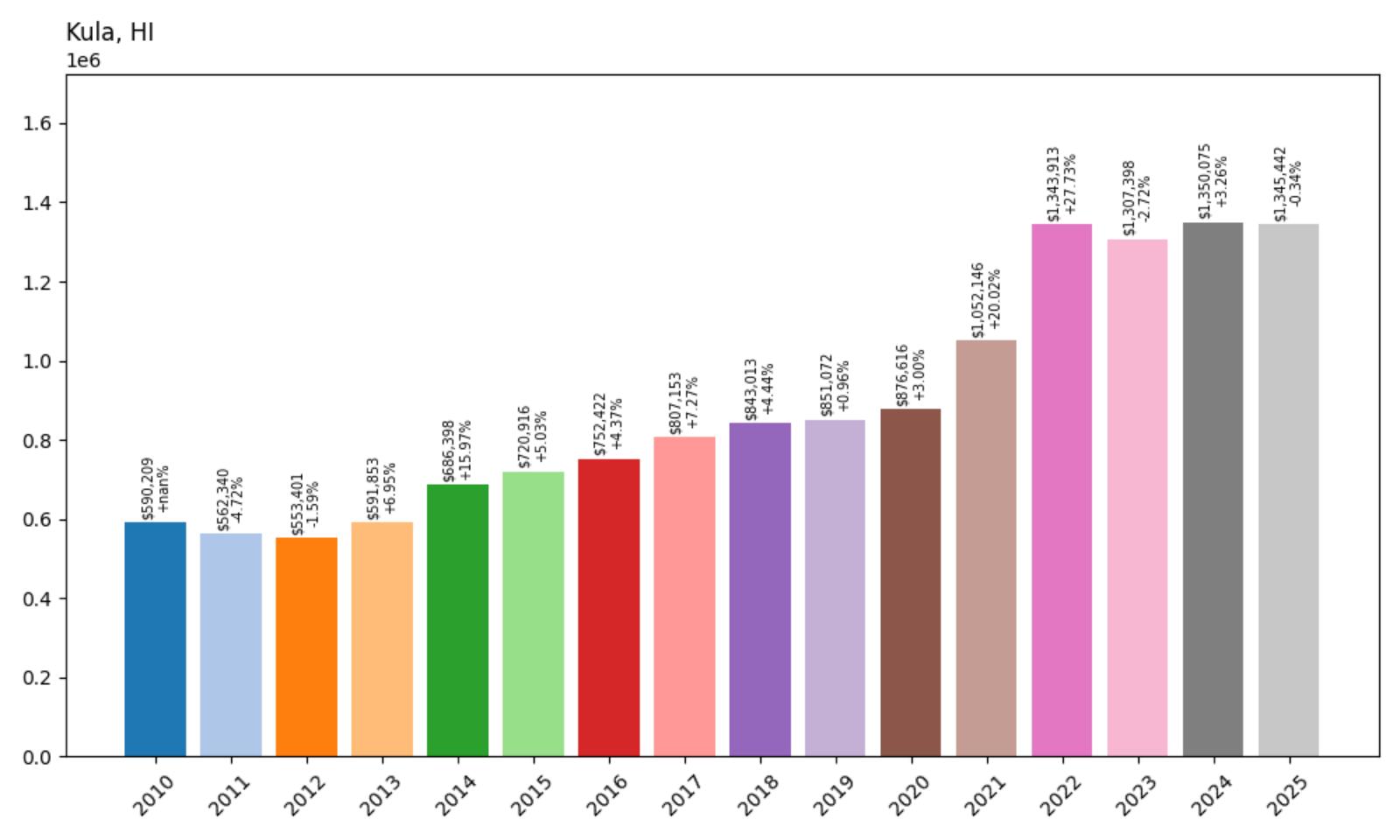
- 2010: $590,209
- 2011: $562,340 (−$27,869, −4.72% from previous year)
- 2012: $553,401 (−$8,940, −1.59% from previous year)
- 2013: $591,853 (+$38,453, +6.95% from previous year)
- 2014: $686,398 (+$94,544, +15.97% from previous year)
- 2015: $720,916 (+$34,518, +5.03% from previous year)
- 2016: $752,422 (+$31,506, +4.37% from previous year)
- 2017: $807,153 (+$54,731, +7.27% from previous year)
- 2018: $843,013 (+$35,859, +4.44% from previous year)
- 2019: $851,072 (+$8,060, +0.96% from previous year)
- 2020: $876,616 (+$25,544, +3.00% from previous year)
- 2021: $1,052,146 (+$175,530, +20.02% from previous year)
- 2022: $1,343,913 (+$291,767, +27.73% from previous year)
- 2023: $1,307,398 (−$36,516, −2.72% from previous year)
- 2024: $1,350,075 (+$42,677, +3.26% from previous year)
- 2025: $1,345,442 (−$4,634, −0.34% from previous year)
Kula more than doubled in value over 15 years, achieving 128% appreciation from $590,209 in 2010 to $1,345,442 in 2025. The upcountry Maui community maintained steady growth through the 2010s before experiencing dramatic pandemic acceleration. Current stability above $1.3 million reflects sustained demand for Maui’s premier agricultural and residential upcountry region.
Kula – Maui’s Upcountry Garden

Kula thrives as Maui’s agricultural heartland, where cool mountain air, rich volcanic soil, and spectacular views create ideal conditions for both farming and luxury living. Located on the slopes of Haleakala volcano between 2,000 and 4,000 feet elevation, this upcountry community produces much of Hawaii’s flowers, vegetables, and famous sweet onions while offering residents a temperate climate rare in tropical Hawaii. The area’s pastoral beauty, with rolling green hills and panoramic ocean views, attracts both working farmers and affluent residents seeking a rural retreat.
The community’s appeal extends from its agricultural heritage to its proximity to Haleakala National Park, where visitors can experience sunrise from the 10,023-foot summit. Kula’s diverse microclimates support everything from tropical fruit to temperate vegetables, making it popular with organic farmers and sustainable agriculture enthusiasts. The area attracts retirees seeking cooler temperatures, professionals who can work remotely, and families who value the rural lifestyle with excellent schools and community connections.
The surge above $1.3 million median prices reflects growing demand for luxury properties in one of Hawaii’s most scenic and agriculturally productive regions. The price appreciation creates challenges for the farmers and agricultural workers who maintain Kula’s productive landscape, as working agricultural lands increasingly convert to luxury estates and the community’s farming character faces pressure from real estate development and wealthy newcomers seeking rural paradise.
6. Princeville – 196% Home Price Increase Since 2010
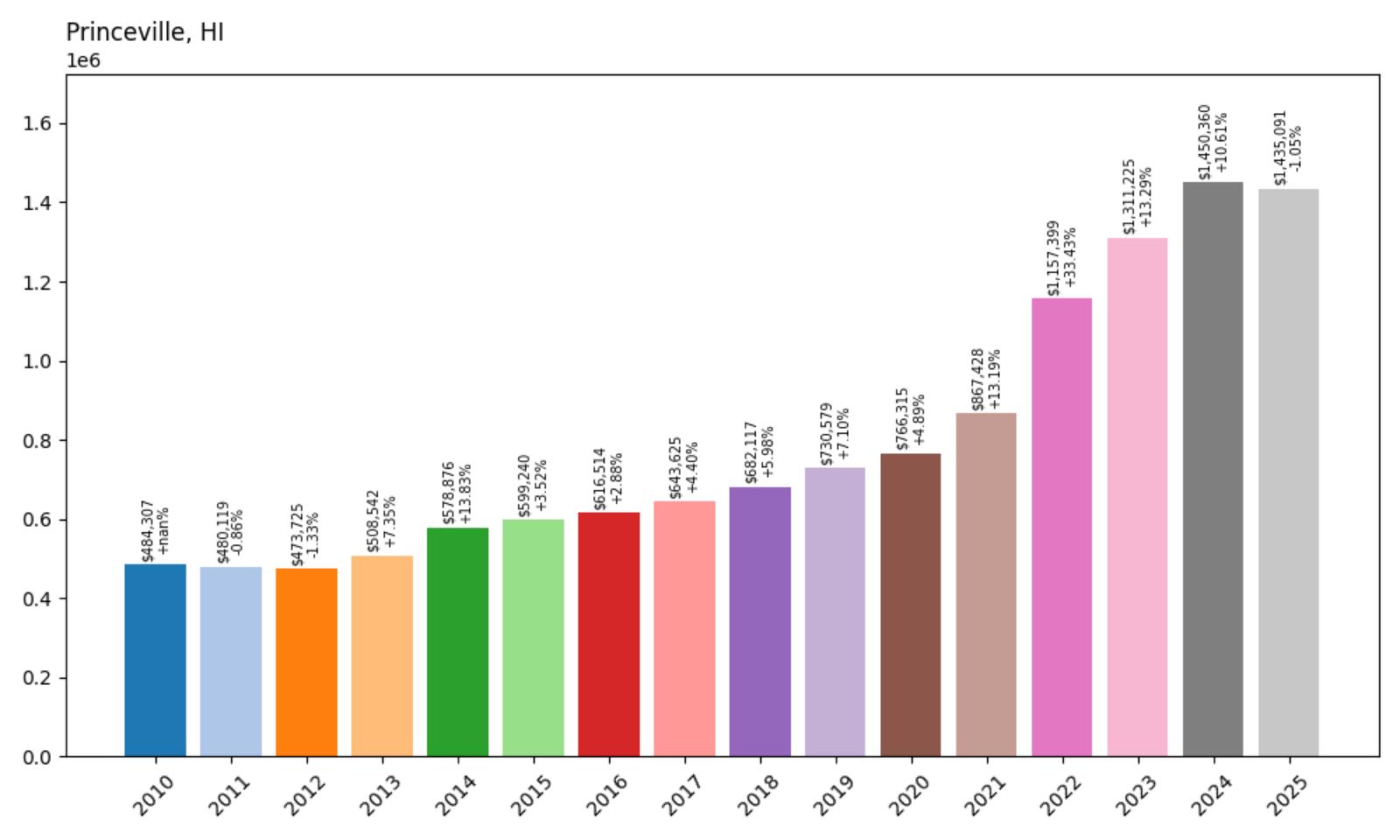
- 2010: $484,307
- 2011: $480,119 (−$4,189, −0.86% from previous year)
- 2012: $473,725 (−$6,393, −1.33% from previous year)
- 2013: $508,542 (+$34,817, +7.35% from previous year)
- 2014: $578,876 (+$70,333, +13.83% from previous year)
- 2015: $599,240 (+$20,364, +3.52% from previous year)
- 2016: $616,514 (+$17,274, +2.88% from previous year)
- 2017: $643,625 (+$27,111, +4.40% from previous year)
- 2018: $682,117 (+$38,492, +5.98% from previous year)
- 2019: $730,579 (+$48,463, +7.10% from previous year)
- 2020: $766,315 (+$35,736, +4.89% from previous year)
- 2021: $867,428 (+$101,114, +13.19% from previous year)
- 2022: $1,157,399 (+$289,970, +33.43% from previous year)
- 2023: $1,311,225 (+$153,826, +13.29% from previous year)
- 2024: $1,450,360 (+$139,135, +10.61% from previous year)
- 2025: $1,435,091 (−$15,269, −1.05% from previous year)
Princeville achieved extraordinary appreciation, with median home prices nearly tripling from $484,307 in 2010 to $1,435,091 in 2025. The master-planned resort community maintained steady growth through the 2010s before experiencing explosive pandemic-era acceleration. The remarkable 196% increase reflects Princeville’s transformation into one of Hawaii’s premier luxury residential destinations.
Princeville – Kauai’s Resort Paradise

Princeville stands as Kauai’s most exclusive resort community, featuring championship golf courses, luxury hotels, and upscale residential developments perched on dramatic bluffs overlooking Hanalei Bay and the Na Pali Coast. This master-planned community offers residents and visitors some of Hawaii’s most spectacular scenery, from emerald valleys and cascading waterfalls to pristine beaches and world-class recreation facilities. The area’s consistent trade winds, moderate rainfall, and stunning natural beauty create an ideal environment for luxury living in paradise.
The community’s appeal extends from its resort amenities to its proximity to Kauai’s most famous attractions, including the Hanalei Valley’s taro fields, Lumahai Beach’s golden sands, and the dramatic Na Pali coastline. Princeville attracts affluent retirees, vacation home buyers, and celebrities seeking privacy and luxury in one of the world’s most beautiful settings. The area’s golf courses, designed by golf legends, consistently rank among the nation’s best, while luxury accommodations and dining establish Princeville as a destination for discerning travelers.
The nearly 200% price appreciation reflects Princeville’s evolution from a resort development to one of America’s most expensive residential communities. The surge above $1.4 million median prices establishes Princeville firmly in luxury territory, where even modest properties command premium prices for their access to world-class amenities and some of the planet’s most spectacular natural scenery.
5. Kailua – 96% Home Price Increase Since 2010
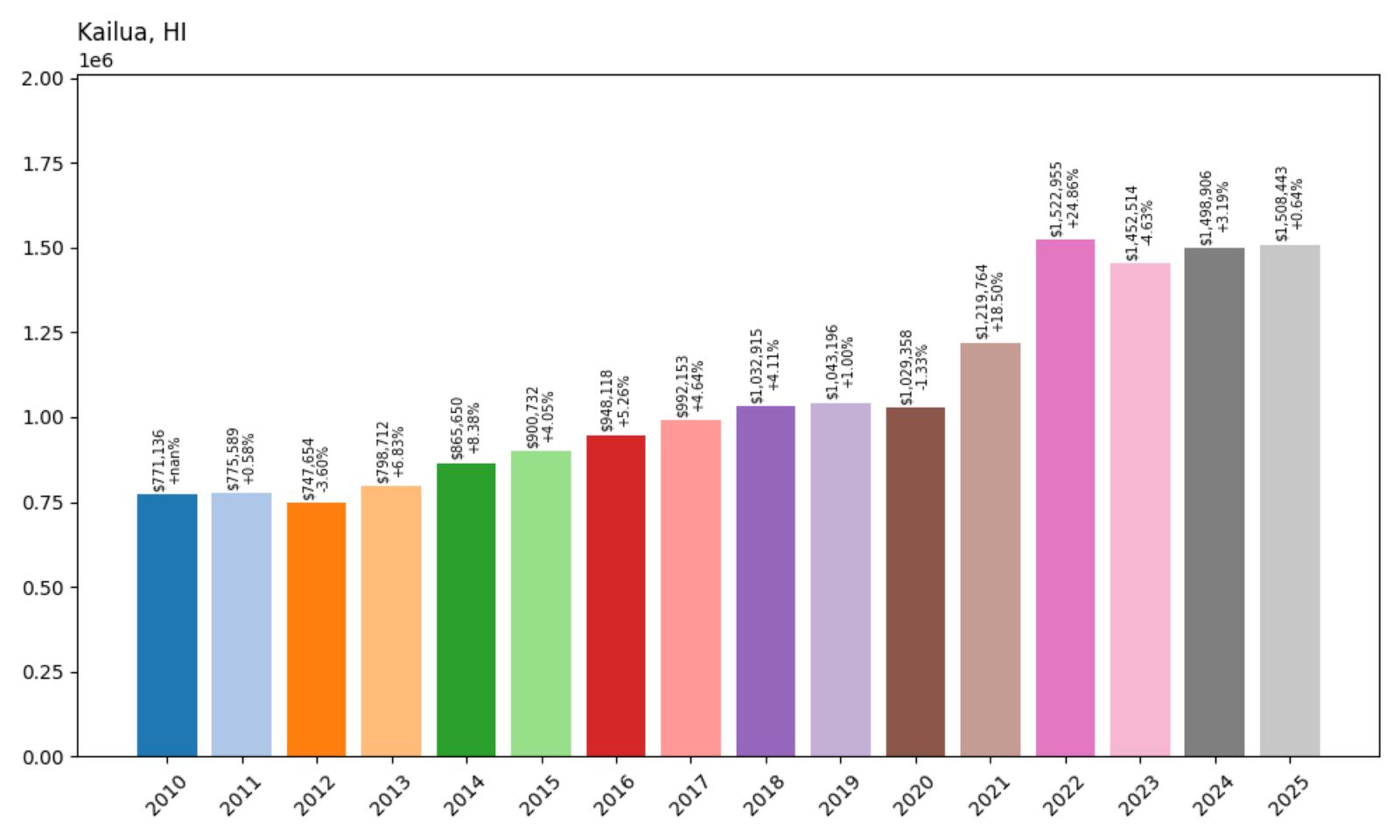
- 2010: $771,136
- 2011: $775,589 (+$4,452, +0.58% from previous year)
- 2012: $747,654 (−$27,935, −3.60% from previous year)
- 2013: $798,712 (+$51,058, +6.83% from previous year)
- 2014: $865,650 (+$66,938, +8.38% from previous year)
- 2015: $900,732 (+$35,082, +4.05% from previous year)
- 2016: $948,118 (+$47,386, +5.26% from previous year)
- 2017: $992,153 (+$44,034, +4.64% from previous year)
- 2018: $1,032,915 (+$40,762, +4.11% from previous year)
- 2019: $1,043,196 (+$10,281, +1.00% from previous year)
- 2020: $1,029,358 (−$13,838, −1.33% from previous year)
- 2021: $1,219,764 (+$190,406, +18.50% from previous year)
- 2022: $1,522,955 (+$303,191, +24.86% from previous year)
- 2023: $1,452,514 (−$70,442, −4.63% from previous year)
- 2024: $1,498,906 (+$46,393, +3.19% from previous year)
- 2025: $1,508,443 (+$9,537, +0.64% from previous year)
Kailua nearly doubled in value over 15 years, with median home prices rising 96% from $771,136 in 2010 to $1,508,443 in 2025. The world-famous beach town maintained steady appreciation through the 2010s before experiencing dramatic pandemic acceleration that pushed prices above $1.5 million. Current values reflect sustained demand for one of the world’s most beautiful beach communities.
Kailua – World’s Most Beautiful Beach Town

Kailua claims recognition as home to one of the world’s most beautiful beaches, where powder-soft white sand meets turquoise waters in a setting that consistently ranks among global travel magazines’ top destinations. This windward Oahu community combines stunning natural beauty with an exclusive residential atmosphere, attracting celebrities, politicians, and affluent families seeking paradise with privacy. The area’s consistent trade winds create ideal conditions for windsurfing and kiteboarding, while the protected bay provides perfect swimming and kayaking opportunities year-round.
The community’s appeal extends from its world-class beaches to its boutique shopping, gourmet restaurants, and luxury accommodations that cater to discerning visitors and residents. Kailua’s small-town character preserves its charm despite international fame, with local businesses and community events maintaining authentic Hawaiian atmosphere. The area attracts vacation home buyers, retirees, and families who can afford to live in one of America’s most exclusive beach communities.
The climb above $1.5 million median prices reflects Kailua’s unique combination of natural beauty, exclusivity, and international recognition as a premier tropical destination. The price appreciation creates ongoing tensions between preserving the community’s small-town character and accommodating the wealth that increasingly defines property ownership in this world-renowned paradise setting.
4. Haleiwa – 106% Home Price Increase Since 2010
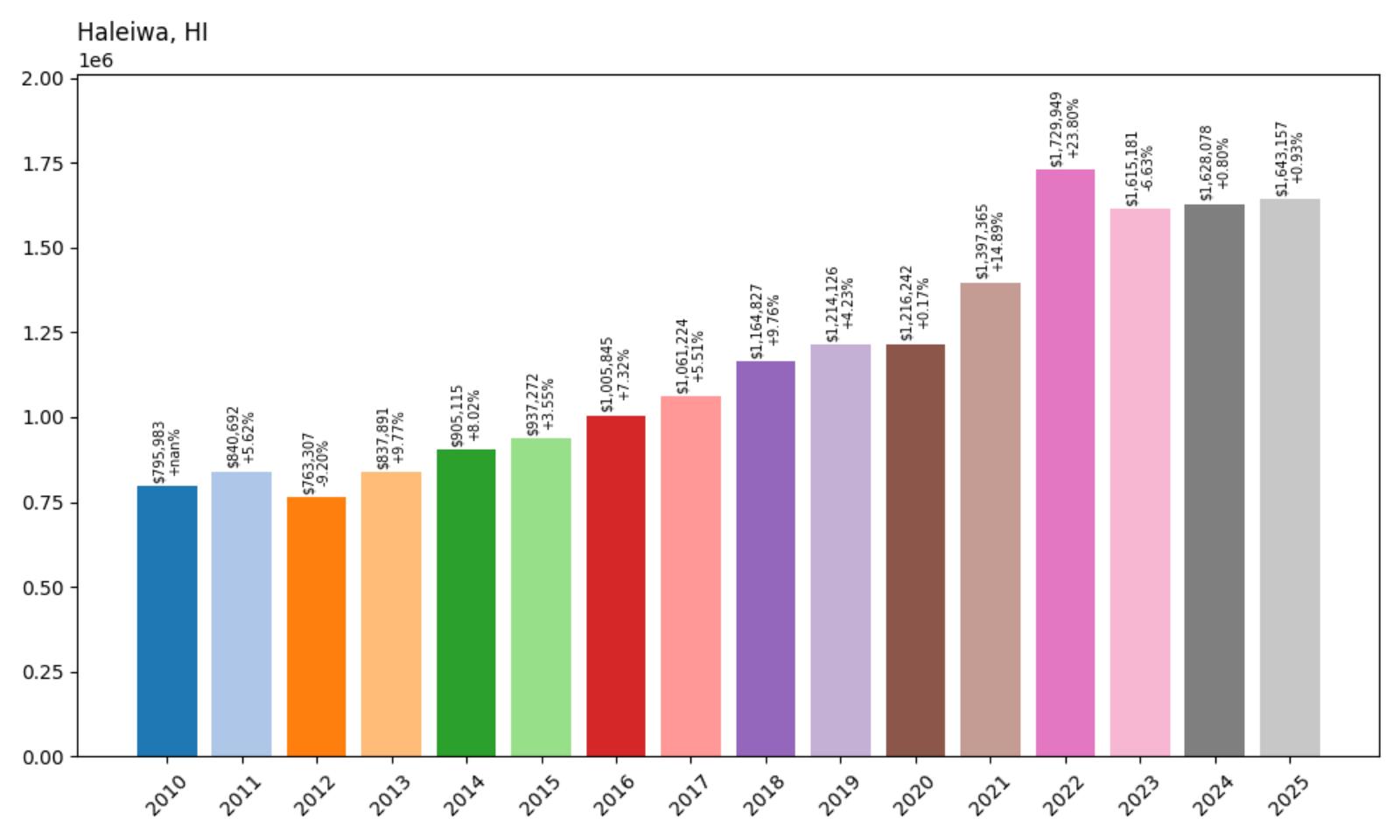
- 2010: $795,983
- 2011: $840,692 (+$44,709, +5.62% from previous year)
- 2012: $763,307 (−$77,385, −9.20% from previous year)
- 2013: $837,891 (+$74,585, +9.77% from previous year)
- 2014: $905,115 (+$67,224, +8.02% from previous year)
- 2015: $937,272 (+$32,157, +3.55% from previous year)
- 2016: $1,005,845 (+$68,572, +7.32% from previous year)
- 2017: $1,061,224 (+$55,379, +5.51% from previous year)
- 2018: $1,164,827 (+$103,603, +9.76% from previous year)
- 2019: $1,214,126 (+$49,300, +4.23% from previous year)
- 2020: $1,216,242 (+$2,116, +0.17% from previous year)
- 2021: $1,397,365 (+$181,123, +14.89% from previous year)
- 2022: $1,729,949 (+$332,584, +23.80% from previous year)
- 2023: $1,615,181 (−$114,769, −6.63% from previous year)
- 2024: $1,628,078 (+$12,897, +0.80% from previous year)
- 2025: $1,643,157 (+$15,079, +0.93% from previous year)
Haleiwa more than doubled in value over 15 years, climbing 106% from $795,983 in 2010 to $1,643,157 in 2025. The historic North Shore town maintained strong appreciation throughout the 2010s before experiencing explosive pandemic growth that peaked above $1.7 million in 2022. Current stability above $1.6 million reflects continued demand for this iconic surf town with authentic Hawaiian character.
Haleiwa – North Shore’s Surf Capital

Haleiwa serves as the cultural heart of Oahu’s legendary North Shore, where world-class surfing meets authentic Hawaiian town atmosphere in a setting that has defined surf culture for generations. This historic community combines plantation-era charm with modern surf industry influence, featuring art galleries, surf shops, and restaurants that cater to both professional surfers and visitors seeking authentic North Shore experience. The town’s proximity to Pipeline, Sunset Beach, and other world-famous surf breaks makes it sacred ground for surfers worldwide.
The area’s appeal extends from its surf culture significance to its role as gateway to some of Hawaii’s most spectacular beaches and countryside. Haleiwa’s small-town character preserves its authenticity despite international fame, with local businesses, farmers markets, and community events maintaining the relaxed atmosphere that attracts surfers, artists, and families seeking an alternative to urban Honolulu. The community serves as home base for professional surfers, surf industry professionals, and others drawn to the North Shore’s unique lifestyle.
The surge above $1.6 million median prices represents a dramatic transformation for a community built around surf culture and local families. The price appreciation reflects growing demand from affluent buyers seeking authentic Hawaiian properties with surf culture cachet, but threatens the diversity and accessibility that have long defined Haleiwa’s character as a working community where surf legends and local families coexisted in paradise.
3. Kilauea – 158% Home Price Increase Since 2010
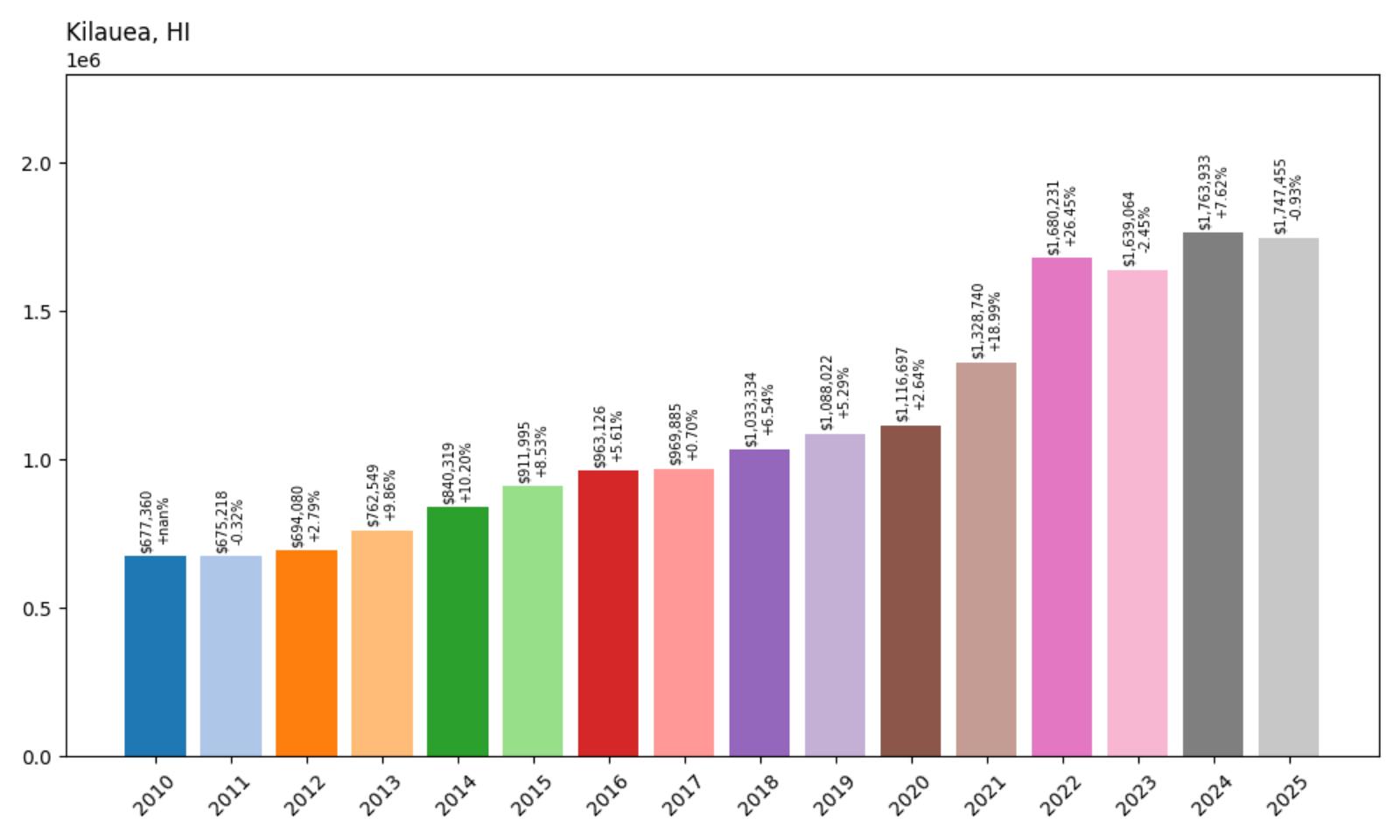
- 2010: $677,360
- 2011: $675,218 (−$2,142, −0.32% from previous year)
- 2012: $694,080 (+$18,863, +2.79% from previous year)
- 2013: $762,549 (+$68,468, +9.86% from previous year)
- 2014: $840,319 (+$77,770, +10.20% from previous year)
- 2015: $911,995 (+$71,675, +8.53% from previous year)
- 2016: $963,126 (+$51,131, +5.61% from previous year)
- 2017: $969,885 (+$6,759, +0.70% from previous year)
- 2018: $1,033,334 (+$63,449, +6.54% from previous year)
- 2019: $1,088,022 (+$54,687, +5.29% from previous year)
- 2020: $1,116,697 (+$28,676, +2.64% from previous year)
- 2021: $1,328,740 (+$212,043, +18.99% from previous year)
- 2022: $1,680,231 (+$351,491, +26.45% from previous year)
- 2023: $1,639,064 (−$41,168, −2.45% from previous year)
- 2024: $1,763,933 (+$124,869, +7.62% from previous year)
- 2025: $1,747,455 (−$16,478, −0.93% from previous year)
Kilauea achieved remarkable appreciation, with median home prices climbing 158% from $677,360 in 2010 to $1,747,455 in 2025. The North Shore Kauai community maintained exceptional consistency throughout the 2010s before experiencing dramatic pandemic acceleration. Current values above $1.7 million establish Kilauea among Hawaii’s most expensive residential communities.
Kilauea – Kauai’s North Shore Sanctuary

Kilauea occupies one of Kauai’s most pristine and exclusive locations, where dramatic sea cliffs, historic lighthouse, and protected wildlife sanctuaries create an environment of unparalleled natural beauty and tranquility. This North Shore community serves as gateway to some of Hawaii’s most spectacular scenery, from the famous Kilauea Lighthouse and bird sanctuary to hidden beaches and hiking trails that showcase the Garden Isle’s rugged beauty. The area’s remote location and conservation focus preserve its authentic character while attracting affluent buyers seeking privacy and connection to nature.
The community’s appeal lies in its combination of natural preservation, stunning ocean views, and exclusive residential properties that offer ultimate privacy in paradise. Kilauea attracts celebrities, business leaders, and retirees who value the area’s environmental protection, spectacular scenery, and distance from tourist crowds. The presence of the National Wildlife Refuge and commitment to conservation create unique appeal for environmentally conscious buyers seeking luxury properties with minimal environmental impact.
The surge above $1.7 million reflects Kilauea’s evolution into one of America’s most exclusive residential enclaves, where natural beauty, privacy, and conservation values combine to create irresistible appeal for the ultra-wealthy. The price appreciation establishes Kilauea as a destination for buyers seeking the ultimate in luxury Hawaiian living while supporting environmental protection and community preservation efforts.
2. Puako – 82% Home Price Increase Since 2015
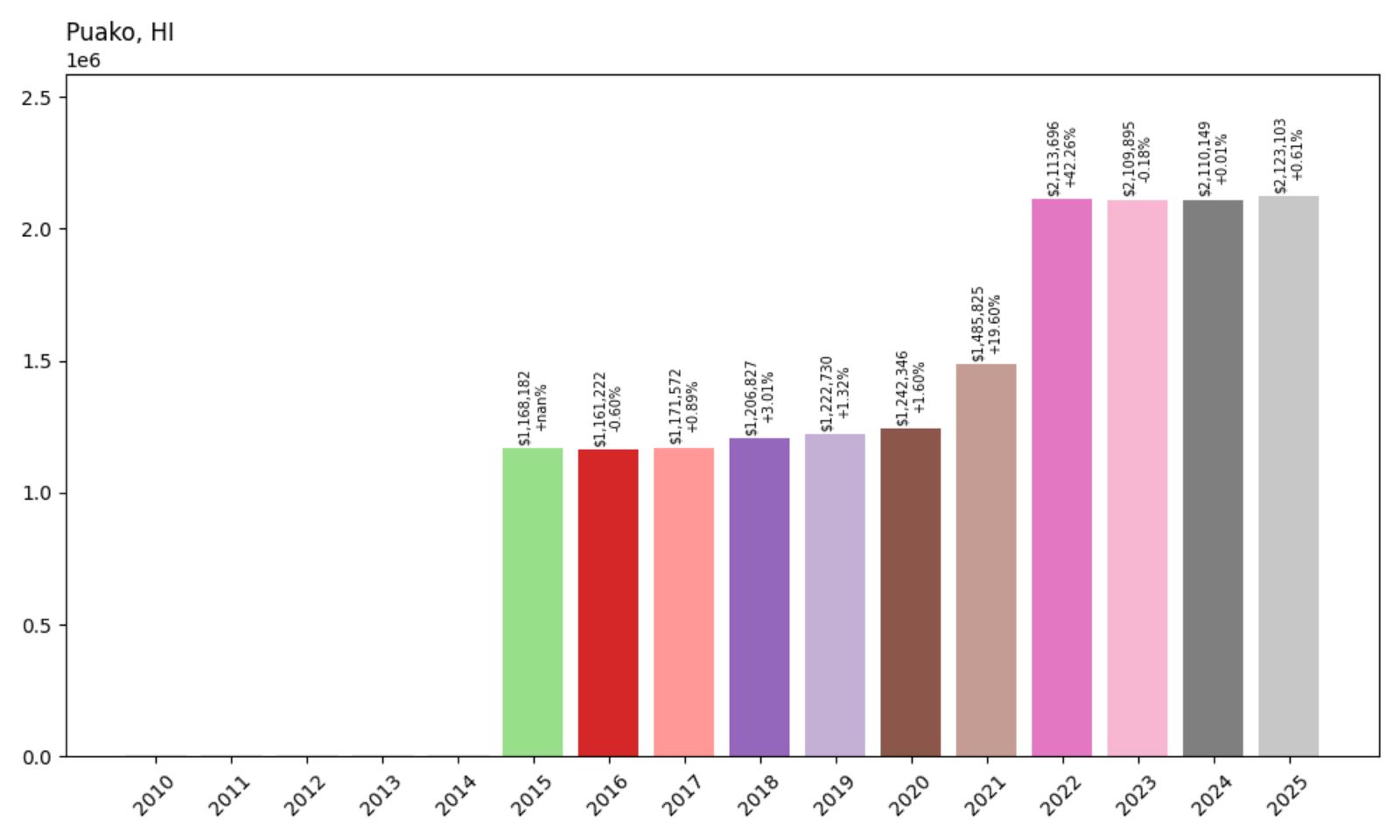
- 2010: N/A
- 2011: N/A
- 2012: N/A
- 2013: N/A
- 2014: N/A
- 2015: $1,168,182
- 2016: $1,161,222 (−$6,960, −0.60% from previous year)
- 2017: $1,171,572 (+$10,350, +0.89% from previous year)
- 2018: $1,206,827 (+$35,255, +3.01% from previous year)
- 2019: $1,222,730 (+$15,903, +1.32% from previous year)
- 2020: $1,242,346 (+$19,616, +1.60% from previous year)
- 2021: $1,485,825 (+$243,479, +19.60% from previous year)
- 2022: $2,113,696 (+$627,872, +42.26% from previous year)
- 2023: $2,109,895 (−$3,801, −0.18% from previous year)
- 2024: $2,110,149 (+$253, +0.01% from previous year)
- 2025: $2,123,103 (+$12,955, +0.61% from previous year)
Puako achieved substantial appreciation over the past decade, climbing 82% from $1,168,182 in 2015 to $2,123,103 in 2025. The exclusive Big Island community showed modest growth through the late 2010s before experiencing explosive pandemic acceleration, particularly the remarkable 42% surge in 2022. Current stability above $2.1 million establishes Puako as Hawaii’s second-most expensive town.
Puako – Big Island’s Ultra-Exclusive Enclave

Puako represents the pinnacle of luxury living on the Big Island, where pristine coral reefs, white sand beaches, and exclusive oceanfront estates create one of Hawaii’s most sought-after residential addresses. This small coastal community along the Kohala Coast offers residents ultimate privacy and direct access to some of the island’s best snorkeling and diving sites, including the famous Puako Bay coral reef system. The area’s consistent sunshine, dramatic lava landscapes, and proximity to world-class resorts make it particularly appealing to ultra-wealthy buyers seeking tropical paradise with luxury amenities.
The community’s exclusivity stems from its limited inventory of oceanfront properties, many featuring private beaches, tennis courts, and swimming pools with panoramic ocean views. Puako attracts celebrities, business leaders, and international buyers who value the area’s privacy, natural beauty, and proximity to championship golf courses and luxury resorts. The community’s commitment to environmental protection and reef conservation adds appeal for environmentally conscious luxury buyers.
The surge above $2.1 million median prices reflects Puako’s transformation into one of America’s most exclusive coastal communities, where oceanfront properties routinely sell for tens of millions of dollars. The price appreciation establishes Puako as a destination for the global elite seeking ultimate luxury in one of the world’s most beautiful and exclusive tropical settings, though the escalating costs have essentially priced out all but the wealthiest buyers.
1. Hanalei – 73% Home Price Increase Since 2019
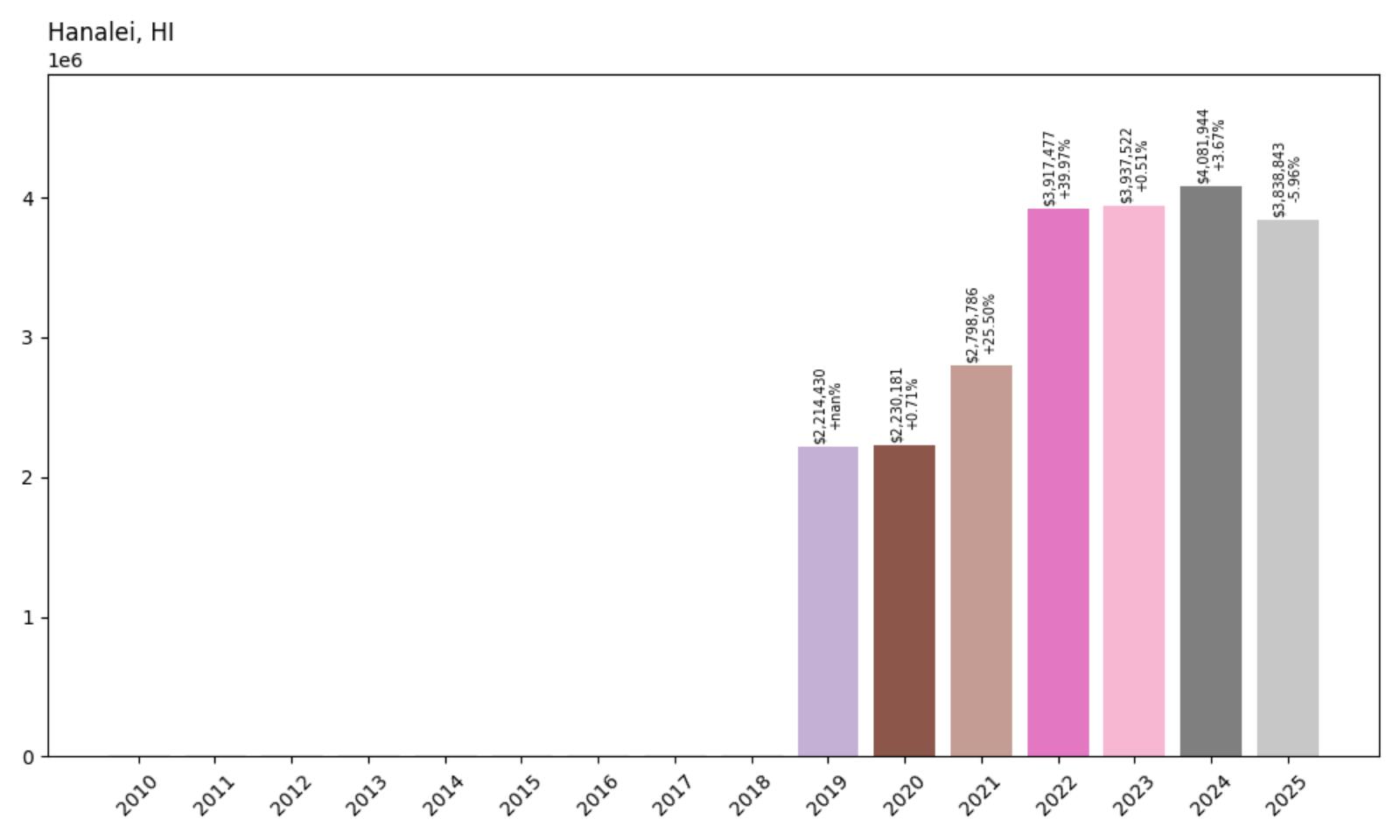
- 2010: N/A
- 2011: N/A
- 2012: N/A
- 2013: N/A
- 2014: N/A
- 2015: N/A
- 2016: N/A
- 2017: N/A
- 2018: N/A
- 2019: $2,214,430
- 2020: $2,230,181 (+$15,751, +0.71% from previous year)
- 2021: $2,798,786 (+$568,605, +25.50% from previous year)
- 2022: $3,917,477 (+$1,118,691, +39.97% from previous year)
- 2023: $3,937,522 (+$20,045, +0.51% from previous year)
- 2024: $4,081,944 (+$144,422, +3.67% from previous year)
- 2025: $3,838,843 (−$243,101, −5.96% from previous year)
Hanalei stands as Hawaii’s most expensive town, with median home prices climbing 73% from $2,214,430 in 2019 to $3,838,843 in 2025. Despite having only six years of available data, the community demonstrates extraordinary appreciation, with the most dramatic surge occurring in 2022 when prices jumped nearly 40% in a single year. Current values approaching $4 million establish Hanalei as one of America’s most exclusive residential markets.
Hanalei – Paradise’s Ultimate Destination

Hanalei embodies the ultimate Hawaiian paradise, where emerald mountains cascade into a pristine bay that has served as backdrop for countless movies and dreams of tropical perfection. This North Shore Kauai community combines breathtaking natural beauty with extreme exclusivity, featuring luxury estates, celebrity hideaways, and some of the most expensive real estate in America. The valley’s dramatic setting, where ancient taro fields meet golden beaches and dramatic sea cliffs, creates an environment of unparalleled beauty that attracts the world’s wealthiest buyers.
The area’s appeal extends from its stunning scenery to its cultural significance as one of Hawaii’s most authentic and protected communities. Hanalei’s commitment to preserving traditional Hawaiian agriculture, particularly taro farming, maintains the valley’s cultural integrity while providing spectacular pastoral views for luxury property owners. The community attracts A-list celebrities, tech billionaires, and international elite who value ultimate privacy in one of the world’s most beautiful settings.
The surge approaching $4 million median prices establishes Hanalei as the pinnacle of luxury real estate in Hawaii and among the most expensive residential markets in America. The extraordinary price levels reflect the community’s unique combination of unmatched natural beauty, celebrity cachet, extreme exclusivity, and commitment to preserving one of Hawaii’s most sacred and spectacular valleys. At these price levels, Hanalei represents the ultimate luxury real estate achievement, where only the world’s wealthiest individuals can afford to own a piece of paradise in its most perfect form.




